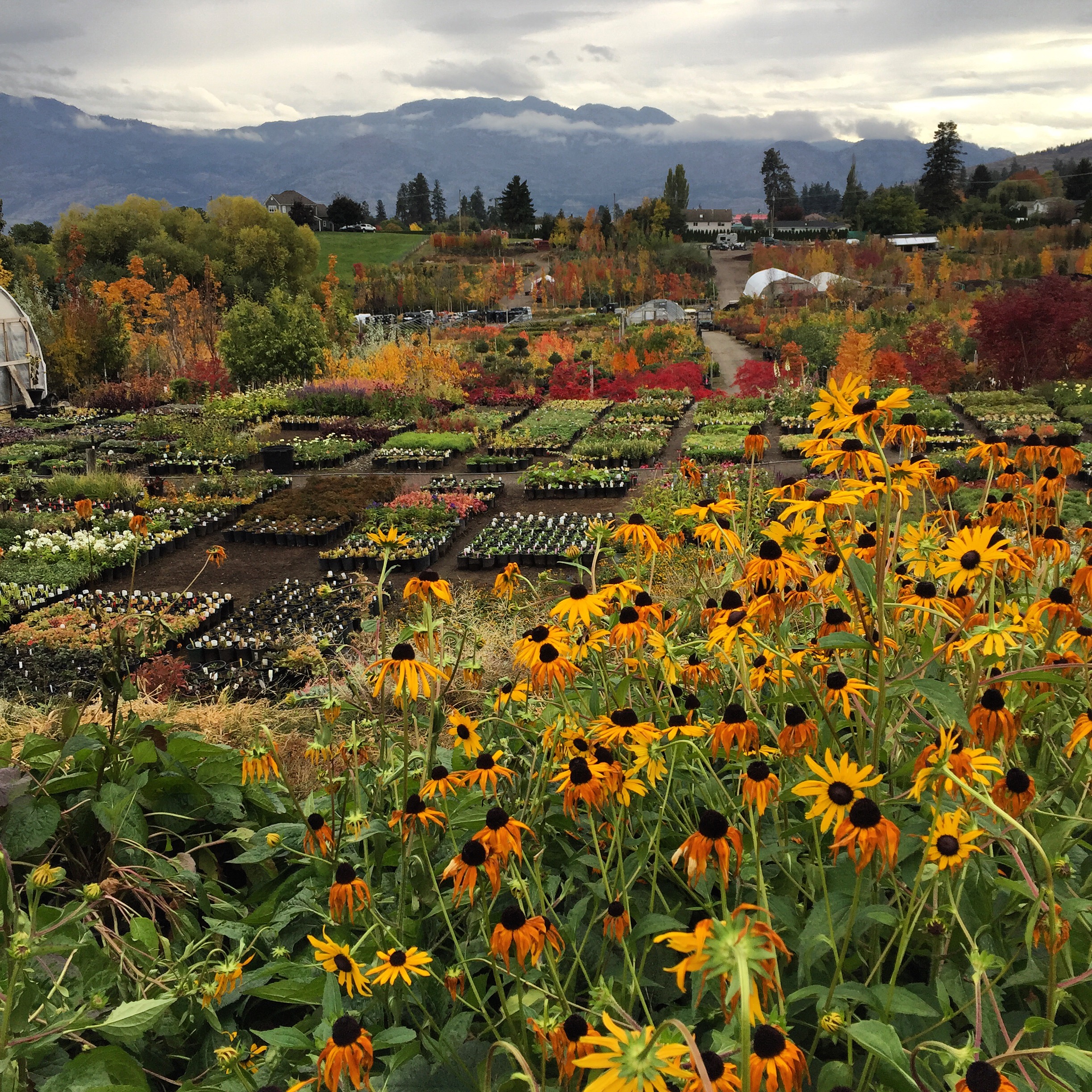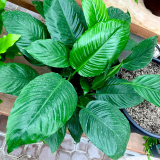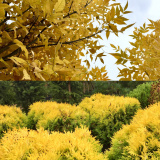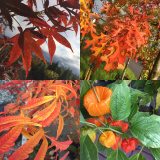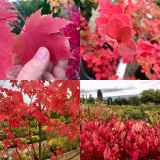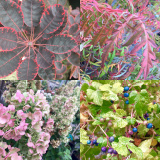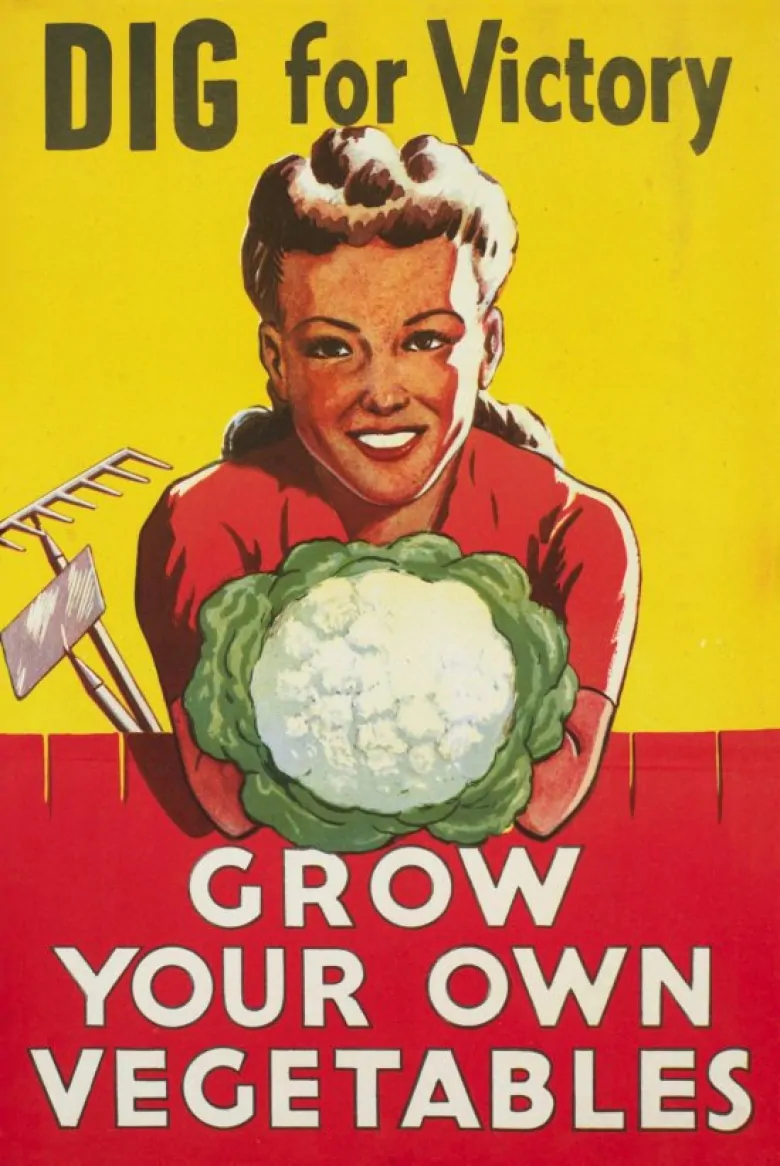What's New
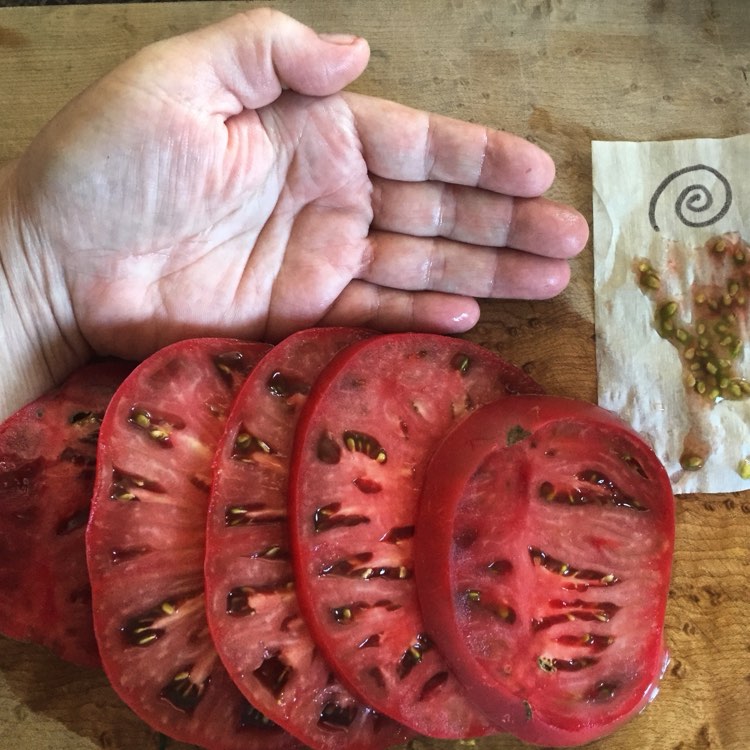
Seed Saving
Courtesy of Rena Warren
Most people have a hobby or two and for some it’s growing tomatoes. I have a passion for growing heirloom tomatoes and not only because they’re delicious, but because I can save and share the seeds for the following year.
We are a year into the pandemic and have seen many new gardeners in our nursery. With growing concerns over food security, we’ve also seen a dramatic spike in seed sales and in some cases seed hoarding. Therefore, seed saving is of interest to me. With large corporations posturing to monopolize the world seed supply, grass roots seed companies and organizations dedicated to preserving food security are doing their part to ensure the world community has access to viable seed. One such champion is the Canadian charitable organization  Seeds of Diversity which provides valuable educational resources, hosts member seed exchanges, promotes local Seedy Saturday sales and publishes a
Seeds of Diversity which provides valuable educational resources, hosts member seed exchanges, promotes local Seedy Saturday sales and publishes a  comprehensive list of ethical seed companies including brands carried at Dogwood Nursery.
comprehensive list of ethical seed companies including brands carried at Dogwood Nursery.
One of our greatest voices for food security and sacredness of the seed is Indian scholar, activist, and food sovereignty advocate  Dr. Vandana Shiva. With an extensive scientific career under her belt, Dr. Shiva has dedicated her career to agricultural biodiversity, and the rejection of corporate patents on seed. With more than 50% of today’s world seed supply owned by only four corporations it’s no wonder that Shiva is such an ardent champion of seed freedom.
Dr. Vandana Shiva. With an extensive scientific career under her belt, Dr. Shiva has dedicated her career to agricultural biodiversity, and the rejection of corporate patents on seed. With more than 50% of today’s world seed supply owned by only four corporations it’s no wonder that Shiva is such an ardent champion of seed freedom.
The problem with seed supply in so few hands is that genetic manipulation of seed can result in sterile seeds. That means that the farmer or home gardener is reliant on purchasing new seed every year rather than saving their own seed. And if that supply chain is disrupted then, so too is independent food production. So how can we as home gardeners help to secure access to non-patented seed? First, it’s good to learn the difference between heirloom, hybrid, and GMO seeds.
Heirloom seeds come from varieties that are passed along for many generations. They are open pollinated and grown in isolation from other plants so they can maintain the quality and disease resistant of their parent plants.
Hybrid seeds are those resulting from different parent plants grown in proximity. The new resulting variety may possess the most or least desirable traits from their parent plants. Home gardeners may intentionally or inadvertently create new hybrids which itself can be an experimental hobby. It is important to note that seed from a hybrid will likely revert to the traits of the parent plants.
Seed from Genetically Modified Organisms or GMO are the result of experimental biotechnology that splices DNA from different species, resulting in “ unstable combinations of plant, animal, bacterial and viral genes that cannot occur in nature or in traditional crossbreeding." The problem with genetically modified seed is “genetic drift" whereby non-GMO crops can be contaminated with pollen carried from GMO plants by pollinators effectively altering the DNA of non-GMO crops. This can result in devastating consequences for independent or organic farmers, and loss of agricultural diversity worldwide. To “remedy” this some companies engineered sterile or
unstable combinations of plant, animal, bacterial and viral genes that cannot occur in nature or in traditional crossbreeding." The problem with genetically modified seed is “genetic drift" whereby non-GMO crops can be contaminated with pollen carried from GMO plants by pollinators effectively altering the DNA of non-GMO crops. This can result in devastating consequences for independent or organic farmers, and loss of agricultural diversity worldwide. To “remedy” this some companies engineered sterile or  “terminator seeds”. This in turn makes farmers reliant on the seed companies year after year as they cannot save seed from the year’s previous crop. For farmers in developing countries this is not financially feasible.
“terminator seeds”. This in turn makes farmers reliant on the seed companies year after year as they cannot save seed from the year’s previous crop. For farmers in developing countries this is not financially feasible.
Back to the subject of seed saving. By growing and saving heirloom seeds, the gardener can engage in their own food security. If you’ve never saved seeds before, start with tomato. That is where I started, and now I grow more than twenty varieties every year sharing them with friends. Like beans and peas, tomato seeds are easy to save because they are self-pollinating. Cross-pollinating crops such as squash, corn, and cucumbers are trickier to save as they require pollination from another plant to produce a viable seed. Seed savers will grow plants in isolation of other similar plants in order to prevent a sterile or hybrid result. Some simple tips for seed saving are:
· select seed from your prize specimens and be sure they are fully ripe
· dry seeds fully before packaging to prevent decomposition
· store dried seeds in a dry, cool place. Small paper envelopes are ideal.
· proper labeling of saved seed
Seed saving is easy, fun and puts agency back into the hands of growers. To learn more about seed saving and agricultural diversity check out the following links:
 https://seeds.ca/learn/seed-saving/
https://seeds.ca/learn/seed-saving/
 https://farmfolkcityfolk.ca/bc-seed-security-program/
https://farmfolkcityfolk.ca/bc-seed-security-program/
 https://www.navdanya.org/site/
https://www.navdanya.org/site/
| |
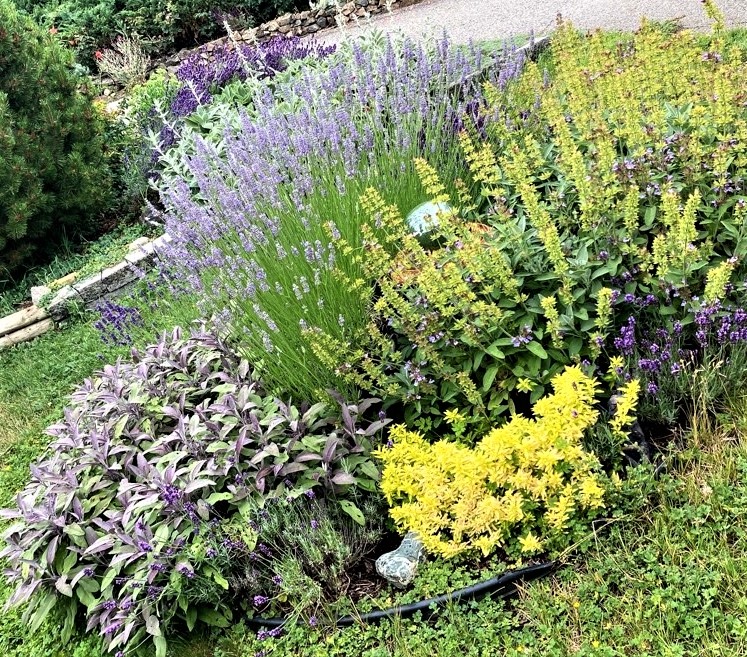
Planting for Climate Change
Courtesy of Rena Warren
Heat domes, climate change or climate crisis; how ever you look at it, our communities, gardens, forests, and water resources are suffering. With temperatures in excess of forty degrees, and prolonged heat in the mid to high thirties, gardens cannot maintain their vitality with so little moisture. At Dogwood Nursery we have seen a steady flow of customers returning dead plants, and while we understand the frustration of losing prized perennials, the predicament is quite beyond our control. As of July 16, the Government of British Columbia upgraded the Okanagan Valley to stage 3 drought conditions. West Kelowna is under stage 2 water restrictions and that means residents are restricted to watering their gardens two days a week. This summer, City of Kelowna announced they would begin enforcing their restrictions resulting in warnings and subsequent fines. With water resources reaching record lows, responsible residents have the duty to adhere to prescribed restrictions or face regulatory action.
This all sounds like bad news, but where there’s lemons…….
As the summer gardening season draws to a close, I have noted which of my plants suffered most during the drought, which survived with diligent hand watering, and which thrived. Yes, I had plants that even thrived during the prolonged heat! While most of my property is irrigated, many plants suffered during the heat dome in early July. However, I have one garden bed without irrigation and the plants there looked beautiful! This bed boasts three varieties of sage, two types of lavender, lamb’s ears, and creeping oregano. I’ve decided that from here on I will only plant those varieties that are drought tolerant. This practice is not new, it is called Xeriscaping.
Deriving from the Greek word Xeros which means “dry”, Xeriscaping is defined as  “the process of landscaping, or gardening, that reduces or eliminates the need for irrigation.” One can learn more about this approach to landscaping by visiting the
“the process of landscaping, or gardening, that reduces or eliminates the need for irrigation.” One can learn more about this approach to landscaping by visiting the  Okanagan Xeriscaping Association website and learning the seven principles of Xeriscaping. https://okanaganxeriscape.org/about-xeriscape/how-to-xeriscape/ This useful resource includes a plant database, and I am happy to report that Dogwood Nursery carries many of the plants listed therein. The database is vast and includes features such as shade tolerant plants, deer resistance, and attractors for pollinators or hummingbirds.
Okanagan Xeriscaping Association website and learning the seven principles of Xeriscaping. https://okanaganxeriscape.org/about-xeriscape/how-to-xeriscape/ This useful resource includes a plant database, and I am happy to report that Dogwood Nursery carries many of the plants listed therein. The database is vast and includes features such as shade tolerant plants, deer resistance, and attractors for pollinators or hummingbirds.
Fall planting season is now upon us, and since I cannot predict what next summer will bring, I am excited by the prospect of revising my garden design and switching out my thirsty plants for stunning drought tolerant varieties.
| |
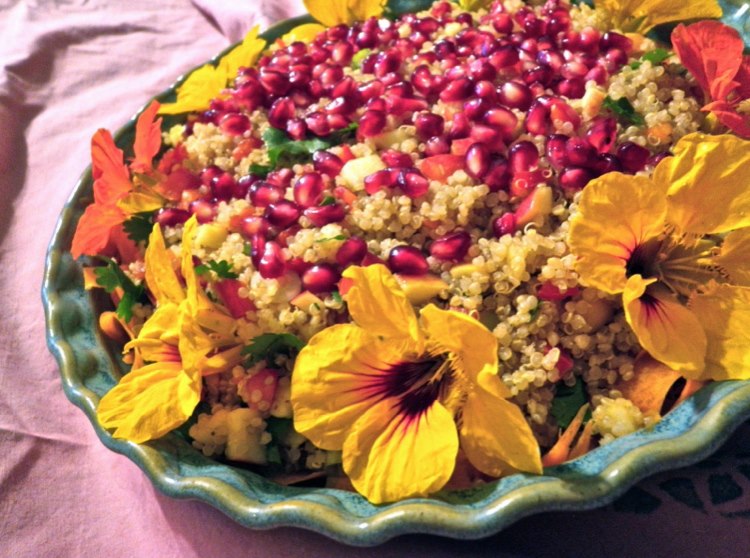
Edible Flowers
Article courtesy of Rena Warren
A gardener’s motive for putting plant to soil can vary. One may love the aesthetic of a manicured landscape, or the natural setting of wildflowers and native grasses. Some wish to plant a feast for the eyes and others the belly. What if you could combine those pleasures and create plantings that not only appease they eye but the palate and the plate? As a child my father taught me much about edible plants. I have fond memories of nibbling the nectar from Columbine flowers while camping in the British Columbian wilds; and the first time I tasted nasturtium flowers from my Grandfather’s garden I was amazed by the sweet and peppery flavour of the velvety petals. Eventually I would discover a wide variety of edible flowers that are both tasty and decorative. Grown in beds together with herbs, one can create a wonderfully fragrant and delicious culinary garden.
Featured here is a small list of popular edible flowers.
Anise Hyssop or Agastache produces purple flowers that attract many pollinators to the garden. Also known as licorice mint, Anise Hyssop is used to make teas, cordials, and homemade ice cream.
Borage or “Star Flower” have blue flowers bearing five delicate petals. Great for attracting pollinators, Borage is often used as a substitute for Valerian in teas and is known to herbalists as a remedy for dispelling “melancholy”. Their taste is subtly sweet and look very pretty in fresh summer salads or as a garnish in iced drinks.
Calendula has long been used for medicinal purposes, infused in teas, salves and homemade soaps. However, their brilliant orange petals can brighten up a salad or baked goods such as shortbread or tea cakes. The petals taste tangy, peppery, or reminiscent of saffron.
Chives which, like onion are part of the Allium family, produce light purple blossoms that are big on taste. Tasting mildly of onions or garlic, chive blossoms go well in salads and are perfect for egg dishes and cream sauces. Try submerging them in vinegar for a savory, pink vinaigrette.
Cornflowers are used most often as a colourful garnish bringing a vivid blue to salads, cheese plates and baked goods. Their flavour is slightly reminiscent of clove.
Nasturtiums come in warm hues ranging from pale yellow, apricot and pink, to deep orange and crimson. They have warmly sweet and peppery notes. In fact, their spiciness can be quite sharp depending on the time of day they are harvested. The entire bloom can be pinched from the plant and look stunning on either salads, canapes or desserts.
Pansies, like Violets, are one of the first flowers of spring. Their colours span the entire colour spectrum from the darkest shades of purple, to the palest pinks and creamy whites. Pansies’ subtle flavour ranges from a peppery spice and wintergreen to fresh lettuce. Their velvety petals can be candied and look gorgeous on wedding cakes, cupcakes, and dainties. They will brighten any modest spring salad and look divine on crostini with herbed cream cheeses.
Rose petals have been used for culinary purposes dating back to the 8th century. Persians favoured rose water for making sweet drinks and delicacies, while the Turks used it to make the popular confection Turkish Delight. Roses’ flavours are as vast as their varieties, and their taste ranges from fruity to heady floral or spice. Rose petals can garnish salads, be candied for dainties, and used to make syrups, cordials or jellies.
Violets carpet my lawn in early spring and so I was pleased to discover that they are edible. The tiny purple blooms look pretty tossed in salads, pressed into cheese logs, and make a vibrant jelly. Though I have not yet tried violet jelly, I am told the taste ranges from light floral to a mild grape flavour.
Zucchini blossoms are best picked first thing in the morning before they open. These yellow fleshy blooms can be eaten raw, but are most often stuffed with cheese, chopped up into fritters or deep fried in a light batter. If you do not wish to decimate your zucchini production, pick the long-stemmed male blossoms being sure to leave some to pollinate the female blooms. The flowers perish quickly but can be refrigerated for a few days.
As the weather warms and you begin making your garden plans, why not up your culinary prowess by adding some edible flowers to your garden oasis.
PRECAUTION: It should be noted that for reasons of safety plants should be correctly identified prior to consumption; and that any treated with sprays or pesticides be altogether avoided.
| |
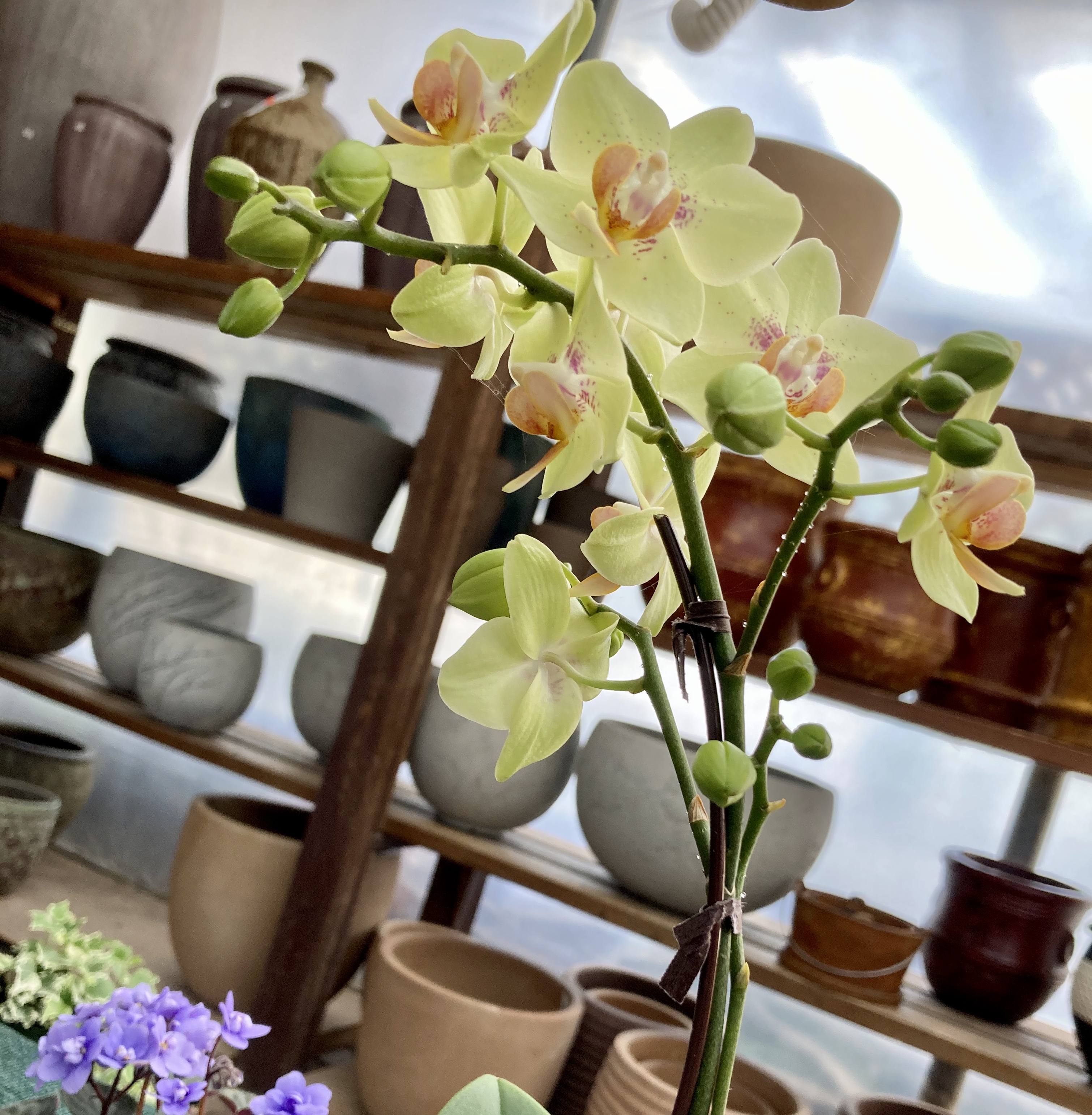 Indoor Plants for Low Light Conditions
Indoor Plants for Low Light Conditions
Article courtesy of Rena Warren
We regularly get asked about indoor tropical plants that will survive in low light conditions. As seasonal temperatures drop and daylight hours get shorter, many plant lovers move their passion for gardening indoors.
Tropical plants brighten those dark winter months and can act as filters for stuffy air. Whether you live in a basement suite, dormitory, or hope to dress up areas with north facing windows, there are attractive plants that thrive in low or indirect light conditions. For your enjoyment, we've created a list of 20 popular houseplants suitable for your winter nest.
| Common Name | Latin name | Lighting needs | Watering needs |
|
|
|
|
|
| Chinese evergreen | Aglaonema | low or indirect light | When soil is dry to the touch |
| Ferns bird’s nest | Asplenium nidus | filtered indirect light | Top inch of soil is dry |
| Ponytail palm | Beaucarnea recurvata | bright indirect | When soil is dry to the touch |
| Rex begonia | Begonia Rex | bright indirect | Top inch of soil is dry |
| Cathedral, prayer, zebra plants | Calathea varieties | low or indirect light | When soil is dry to the touch |
| Spider plant | Chlorophytum comosum | bright indirect | Slightly moist, but not wet |
| Coffee plant | Coffea rubiaceae | bright indirect | Slightly moist, but not wet |
| Dumbcane | Dieffenbachia | low light, bright indirect light | Top inch of soil is dry |
| Dragon tree | Dracaena marginata | low or indirect light | When 1-2 inches of soil is dry |
| Lucky bamboo | Dracaena sanderiana | low or indirect light | Roots can be placed in water. Change water weekly |
| Golden pathos or Devil’s ivy | Epipremnum aureum | low or indirect light | When soil is dry to the touch |
| English Ivy | Hedera Helix | low or indirect light | Before soil is dry to the touch |
| Prayer plant | Marantha leuconeura | low or indirect light | When soil is dry to the touch |
| Monstera | Monstera deliciosa | indirect light | Top inch of soil is dry |
| Boston fern | Nephrolepis exaltata | low or indirect light | When soil is dry to the touch. Mist occasionally |
| Baby rubber plant | Peperomia obtusfolia | low or indirect light | When soil is dry to the touch |
| Moth Orchid | Phalaenopsis ~ Moth Orchid | low light, bright indirect light | When orchid growing medium is dry to the touch |
| Heart leaf philodendron | Philodendron Scandens | low or indirect light | Top inch of soil is dry |
| Snake Plant | Sansevieria trifasciata | low light, bright indirect light | Allow soil to dry between watering |
| ZZ plant | Zamioculcas zamiifolia | low light, bright indirect light | When 1-2 inches of soil is dry |
| |
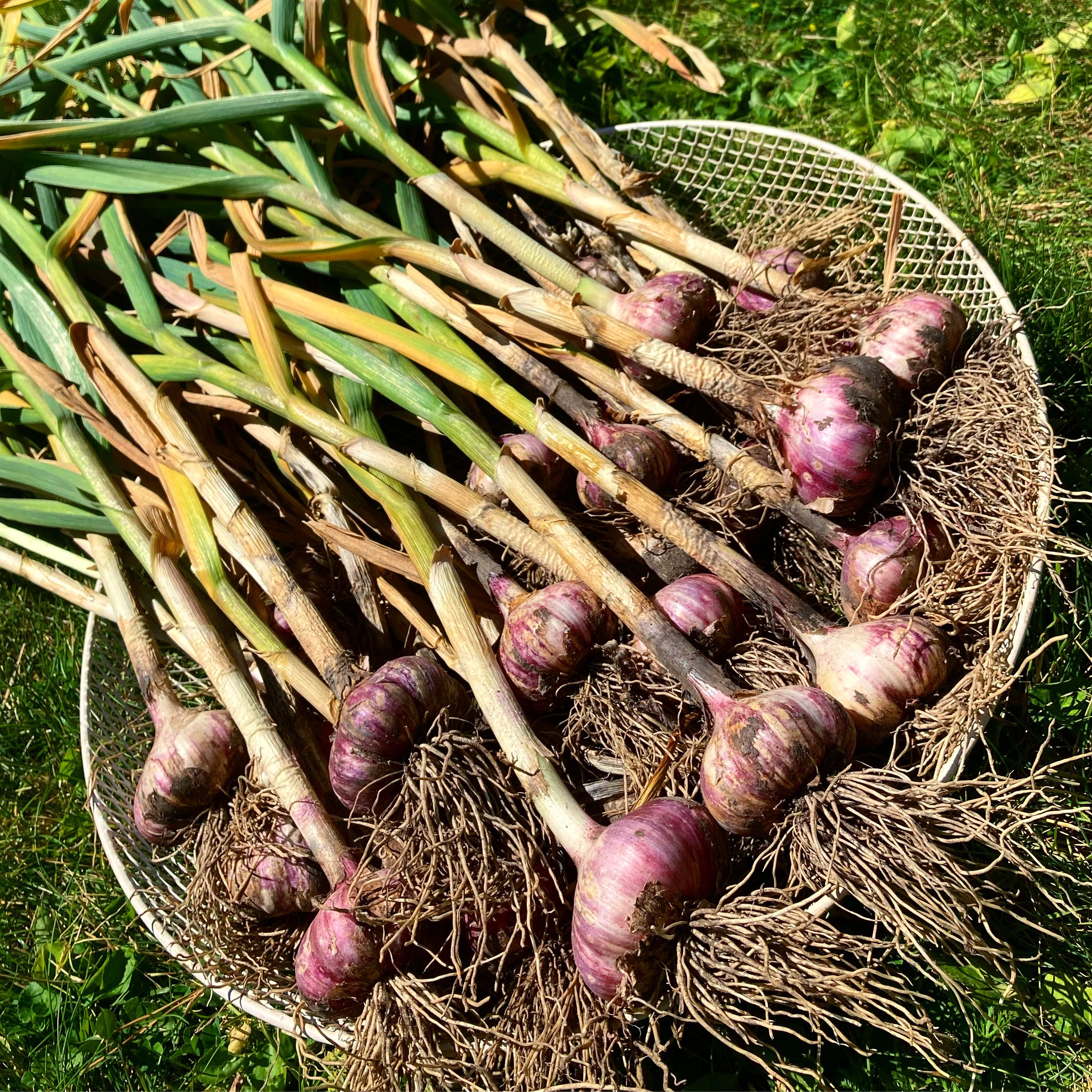
Growing Garlic
Garlic, a staple in most kitchens, forms the basis for a variety of ethnic cuisines, hearty stews, dressings, and tapas. Garlic also serves a vital role in bolstering the immune system and is reported to lower blood pressure and help maintain heart health. Once the gardener discovers how easy it is to grow, and how delicious the taste of homegrown garlic is, they might be hard pressed to purchase the sterile, radiated imported bulbs one often finds at supermarkets.
The first step in growing delicious garlic is preparing your soil. Garlic has a long maturity time that ranges from 180 -210 days. Thus, garlic is usually sown in October, or at least six weeks before the soil freezes. Garlic bulbs do best in loose, compost-rich, and well drained soil. Prepare the soil by working in compost high in nitrogen. The addition of nitrogen-rich blood meal at a rate of 2 lbs per 100 sq ft. is recommended for bigger bulbs.
Next, you need to select good quality seed garlic. Hardneck and softneck varieties are available at your local nursery, farmer’s markets; or select your best cloves from last summer’s harvest. Softneck bulbs generally produce smaller cloves in greater quantity and are longer keepers. Hardneck varieties produce fewer but much larger cloves per bulb. Select the largest cloves as they will produce the largest bulbs. Imported garlic from the supermarket will not work as they have been radiated for shipment and storage purposes.
Plant cloves in rows, pointed end up approximately 1-2” deep and a good hand-span apart. Keep rows straight for the ease of hoeing weeds in the spring. If you’re looking for companion planting option, rumour states that roses love garlic. Garlic assists in the prevention of fungal diseases and repels most pests that are harmful to roses. I have been planting garlic beside my rosebushes for five years and the love affair is evident. If you use commercial pesticides on your roses, then it is not recommended to plant your garlic or any food crops in the vicinity. Mulch with straw or dried leaves before snowfall.
In the spring, blades of garlic leaves will appear. When threat of frost has passed, gently remove the mulch and side-dress with a fertilizer high in nitrogen, bone meal or blood meal. Continue to feed every 3-4 weeks until May and keep rows free of weeds as they compete for nutrients and space. Water deeply every 7-10 days but do not let bulbs stand in waterlogged soil.
Around late June, the garlic flower or scape will appear. Once the scape begins to curl, cut them from the plant so that the plant’s energy is concentrated on the bulb and not on flowering. Garlic scapes are delicious and can be pickled or sautéed in butter. Be sure to pick them while tender or they become too woody to eat.
Once the first two pairs of leaves die back, refrain from watering. When the third set of leaves turns brown, around the first week of July, dig up a bulb to assess readiness. Laying them out on a warm day allows them to dry out making it easy to brush off excess dirt. Finally bind them with twine and hang to cure in a well-ventilated area for a few weeks. Store in a cool, dry place Wooden boxes filled with straw or baskets work very well and ensure your garlic keeps for 6-8 months. That is, if those yummy jewels last that long.
For the gardener wanting to take their garlic adventure to a whole new level, check out this comprehensive website from Rasa Creek Farms located in Lumby, B.C.
| |
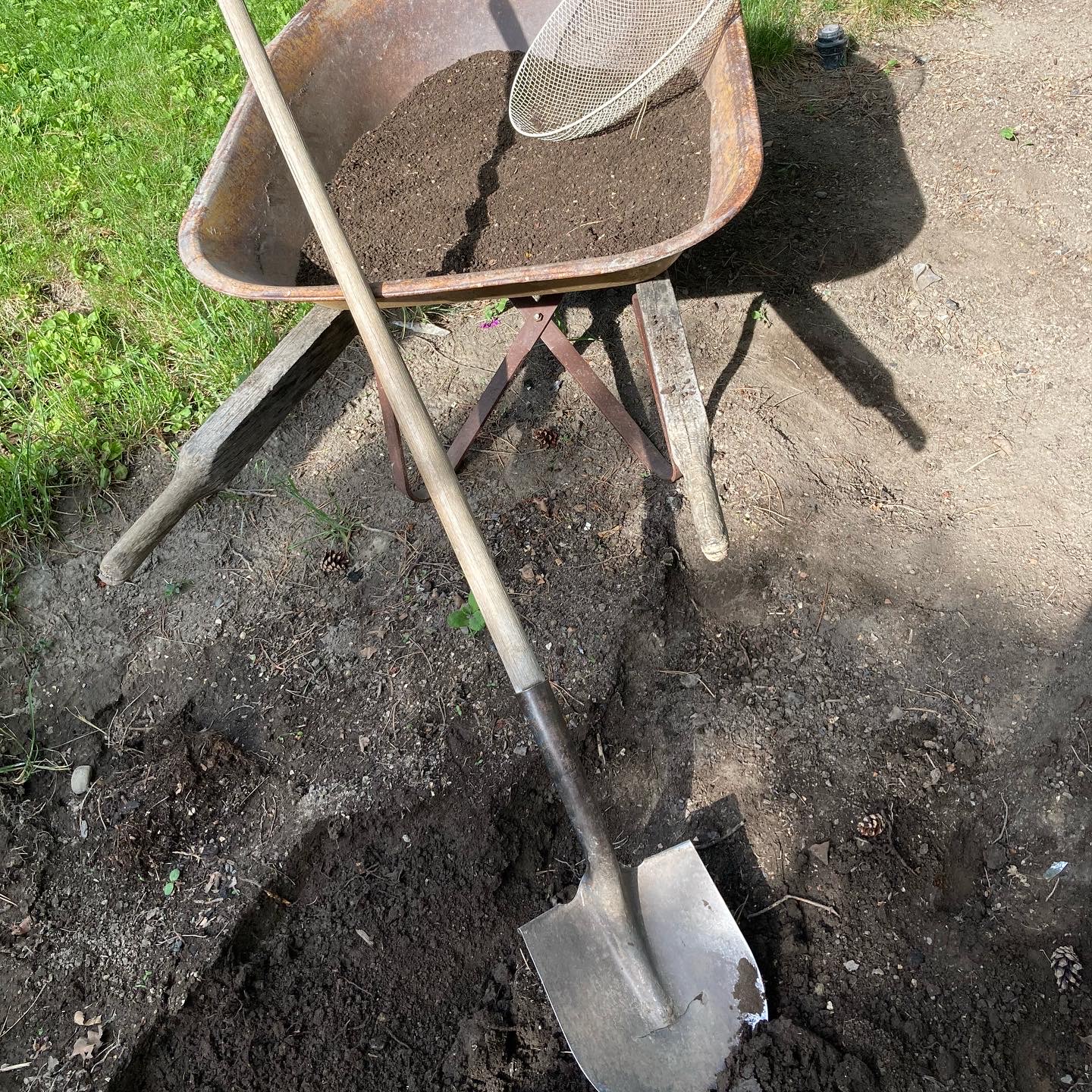
Composting Basics
Growing a vibrant and abundant garden starts with good soil. Dogwood Nursery carries a variety of bulk and bagged soils, as well as soil amendments for creating that perfect mix. Whether you are growing healthy vegetables or tending to your prized pedigree rosebushes we have got what you need to foster success in the garden.
For those however who wish to make the most of their yard and kitchen waste, composting is the way to go. Compost or “Black Gold” as it is often referred, is a fertile growing medium achieved through the breakdown of organic waste by layering the right combination and ratio of brown and green materials.
Good compost is made up of a balance of carbon and nitrogen and promotes a healthy ecosystem for beneficial microorganisms. In terms of composting, carbon is referred to as brown materials and nitrogen as green. Brown and green materials can be defined as follows:
| Brown (Carbon rich and dry materials) | Green (Nitrogen rich and moist materials) |
| Dried leaves and grass Shredded newspaper Cardboard and paper egg cartons Shredded branches and twigs Wood chips, shavings, or sawdust Wood ashes
| Kitchen fruit and vegetable waste Eggshells Coffee grounds Manure (horse, steer, or chicken) Grass clippings Plant matter |
There is a mess of confusing information on the web about carbon and nitrogen ratios. For simplicity use a 2:1 ratio; two parts green and one-part brown and adjust or mix accordingly. For more comprehensive information on compost ratios visit  http://www.homecompostingmadeeasy.com/carbonnitrogenratio.html
http://www.homecompostingmadeeasy.com/carbonnitrogenratio.html
Or view this inspiring video by my favourite gardening guru Monty Don.
 https://www.youtube.com/watch?v=dHk34txRg9w
https://www.youtube.com/watch?v=dHk34txRg9w
What to Avoid:
When collecting materials for your compost avoid using kitchen waste that contains, meat, bones, animal fats, oils, dairy products, or cooked food. Avoid allelopathic plant waste such as Black Walnut or Tree-of-Heaven and do not add diseased plants or invasive weeds that may go to seed. While manure is beneficial to compost mix, do not add dog and cat feces or kitty litter. Also be sure that the neighbourhood raccoons are not using your compost pile as a latrine, (I speak from experience). Raccoon scat can transmit harmful diseases and should be carefully disposed of.
Getting Started:
Choose containers and suitable location for your compost. Appropriate size of container may depend on amount of available waste and size of garden.
Designated compost bins and tumblers can be purchased at most yard and garden outlets. The Regional District of the Central Okanagan (RDCO) Waste Reduction Office usually hosts a composter sale every March on a first come first serve basis. https://www.regionaldistrict.com/your-services/waste-reduction-office/composting/composter-sale.aspx
Large plastic stationary totes can be used for small-scale composting; or corrals made from recycled wood palettes and chicken wire for larger projects. Be sure to choose a sunny site to facilitate faster decomposition of materials.
Layering, Moisture and Aeration:
Base layer should contain straw, shredded branches, or twigs to promote good aeration. Layer brown and green materials so that a balance of moisture and aeration can be achieved. Mix should be “sponge-like” but not sopping wet. If your mix is slimy, add more brown material. If mixture is too dry, add green material or use a watering can to moisten the mix. Be sure to turn the mix with a pitchfork every week.
Fast track your compost mix:
One can fast track the decomposition by adding worms. Some garden centers carry composting worms. According to the RDCO website, the Red Wiggler worm eats its weight in waste every two days.  https://www.regionaldistrict.com/your-services/waste-reduction-office/composting/worm-composting.aspx If you do not have worms in your garden, see if they can be purchased in your area.
https://www.regionaldistrict.com/your-services/waste-reduction-office/composting/worm-composting.aspx If you do not have worms in your garden, see if they can be purchased in your area.  http://www.cityfarmer.org/wormsupl79.html Compost accelerators can also be added to speed up decomposition. Dogwood carries several Canadian-made products suitable for this job including Old Gardener’s ROT-IT and Orgunique’s Compost Activator.
http://www.cityfarmer.org/wormsupl79.html Compost accelerators can also be added to speed up decomposition. Dogwood carries several Canadian-made products suitable for this job including Old Gardener’s ROT-IT and Orgunique’s Compost Activator.
Let nature do the rest:
By providing the right materials and conditions, nature will work its magic to create a nutrient-rich humus that will improve the flavour and colour to your veggies and flowers.
Some commercially available composts contain unknown toxins including grass clippings treated with chemicals and human biosolids. Creating your own compost not only reduces your household waste, it puts control in your hands about what goes into your compost mix.
| |
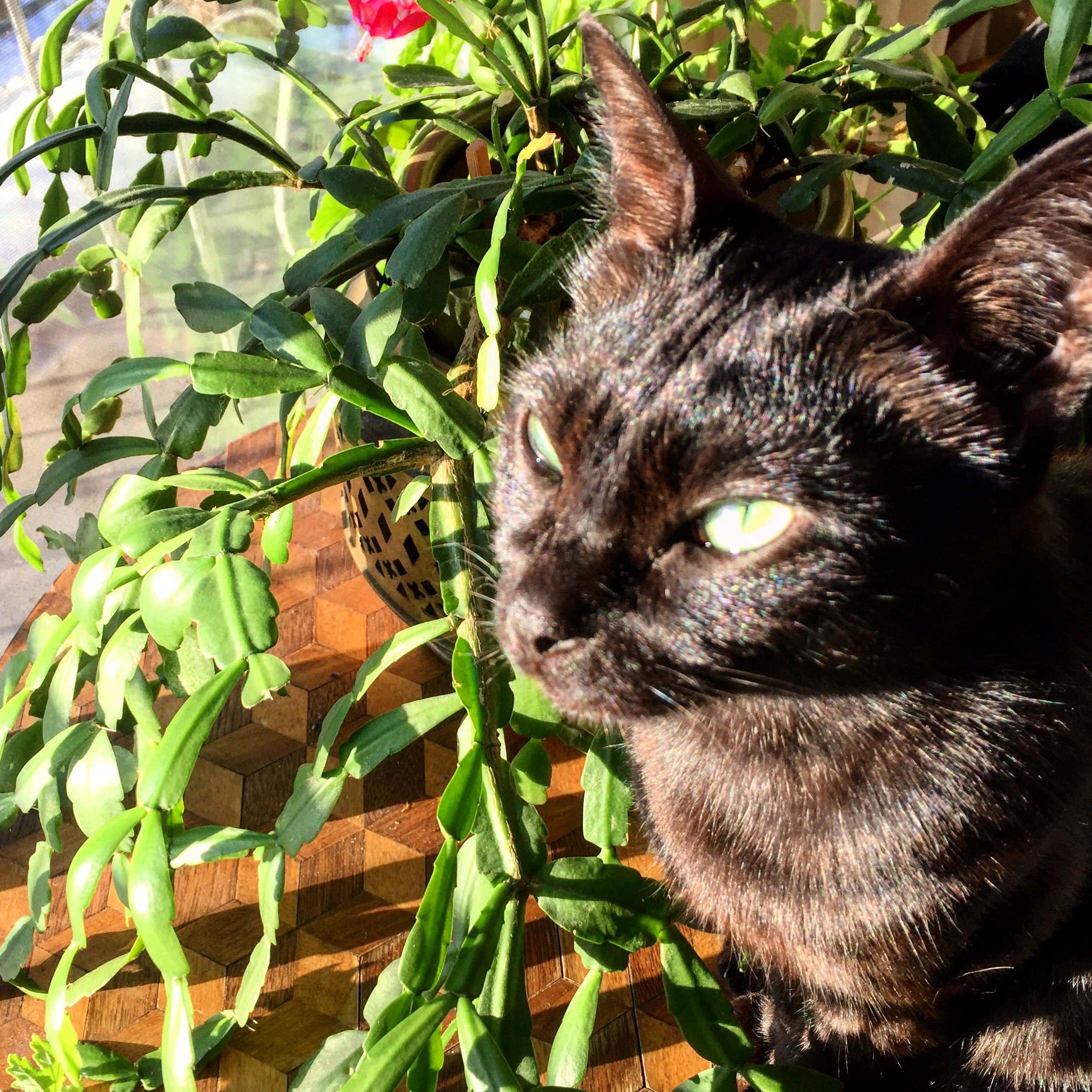 Pet Friendly Tropical Plants
Pet Friendly Tropical Plants
Some people love caring for houseplants. Plants provide us and our home environments with oxygen and aesthetic, natural beauty. Some people love caring for house pets. Our furry friends provide unconditional love and entertain us with their quirky personalities. Some people love both, however not all houseplants are safe for our pets. So often we get requests for plants that are safe for dogs and cats, that it seemed appropriate to compile a list of pet friendly houseplants for our customer’s convenience.
There are numerous lists of toxic and non-toxic plants available on the web and so we’ve provided a cross-pollination of those lists with emphasis on the top 20. Please be advised that this list is not definitive, and that further research may be required for plants not listed here.
| Top 20 Pet Friendly Houseplants | Top 20 Most Toxic Houseplants |
| African Violet - Saintpaulia Areca Palm- Dypsis lutescens Baby tears – Soleirolia soleriolii Banana – Musa Blue Echeveria – Echeveria glauca Boston Fern – Nephrolepis exaltata Burro’s Tail – Sedum morganianum Calathea Christmas Cactus - Schlumbergera Friendship Plant – Pilea involucrata Haworthia Mosaic Plant -Fittonia albivenis Orchid - Orchidaceae Parlour Palm – Chamaedorea elegans Peperomia - Peperomia obtusifolia Prayer Plant – Maranta leuconeura Polkadot Plant – Hypoestes phyllostachya Swedish Ivy – Plectranthus verticillatus Venus Fly Trap – Dionaea muscipula Wax Plant – Hoya carnosa | Aloe Vera – Barbadensis miller Asparagus Fern – Asparagus aethiopicus Coleus ampoinicus Chinese Evergreen - Aglaonema Chrysanthemum Cyclamen Devil’s Ivy or Pothos – Epipremnum aureum Dumb Cane – Dieffenbachia seguine Elephant ear - Caladium Ivy – Hedera helix Jade Plant - Crassula ovata Kalanchoe blossfeldiana All Lilies (including Peace, Calla and Asiatic) Marijuana - Cannabis Oleander- Nerium oleander Philodendron Rubber Tree – Ficus elastica Sago Palm – Cycas revoluta Snake Plant – Sansevieria trifasciata Umbrella plant- Schefflera |
Please also be advised that this list applies to indoor plants. To learn more about plants in your garden that are harmful to pets, visit the following links:
 https://spca.bc.ca/news/toxic-plants/
https://spca.bc.ca/news/toxic-plants/
 https://www.bobvila.com/slideshow/the-25-most-dangerous-plants-for-your-pet-51196
https://www.bobvila.com/slideshow/the-25-most-dangerous-plants-for-your-pet-51196
As an aside, I have two curious felines that attempt to graze on my houseplants quite regularly. I've discovered that one enjoys cat grass while the other just loves catnip. If I provide both, I find they are less inclined to go after my tropical plants. Cat grass seed can be purchased at your local seed supplier and while catnip seed is also available, I find there is always plenty of it growing on the roadside or alleyways.
| |
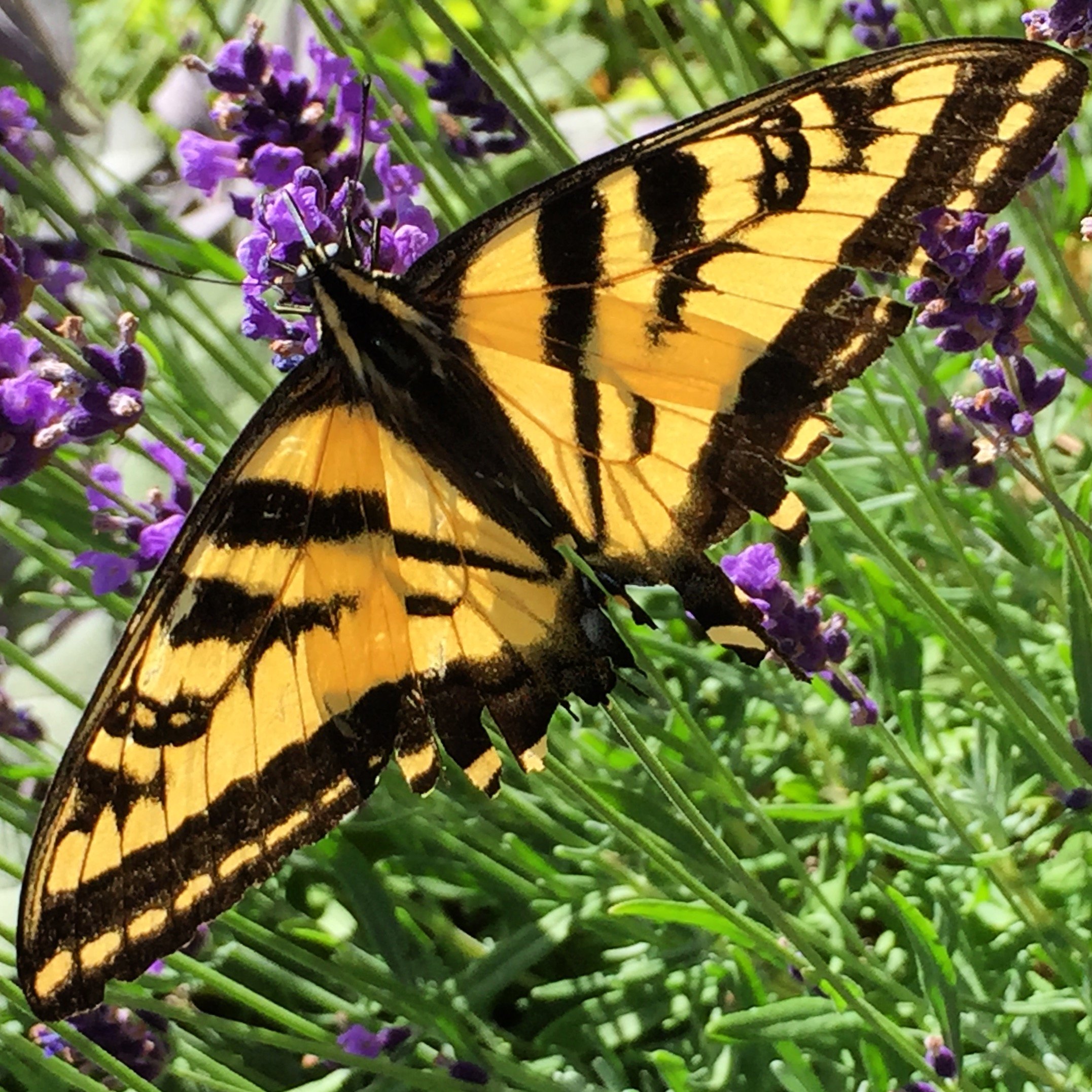
Why Plant a Pollinator Garden?
There are many aspects of our personal and environmental health that are being impacted by factory farming and climate change; and it may be that the “canary in the coalmine” are declining numbers of humble honeybees and native pollinators.
So why are pollinators so important anyway? According to the Canada Agriculture and Food Museum, bees alone are responsible for pollinating a considerable number of our food crops. Without them our menu selections would be significantly reduced.
The  Western Producer recently shared research findings on how rising global temperatures may result in loss of fertility in bees. Honeybees however represent only a fraction of our overall pollinators.
Western Producer recently shared research findings on how rising global temperatures may result in loss of fertility in bees. Honeybees however represent only a fraction of our overall pollinators.
An article by the National Post states that while protections are in place to protect honeybees in Canada, native pollinators are in rapid decline. It goes on to state that while “ wild bee species are responsible for ever one in three bites at the supper table...”, there are currently no measures in place to protect them.
wild bee species are responsible for ever one in three bites at the supper table...”, there are currently no measures in place to protect them.
The  Government of Canada reports over 700 species of pollinators native to Canada which in addition to bees include moths, beetles, butterflies, wasps and hummingbirds. Pollinators play a key role in food production which include tree and berry fruits, squash and melons, canola and alfalfa. Considering that agriculture plays a key role in the Okanagan’s economy, the health of pollinators should be a key concern to its citizens.
Government of Canada reports over 700 species of pollinators native to Canada which in addition to bees include moths, beetles, butterflies, wasps and hummingbirds. Pollinators play a key role in food production which include tree and berry fruits, squash and melons, canola and alfalfa. Considering that agriculture plays a key role in the Okanagan’s economy, the health of pollinators should be a key concern to its citizens.
While the Government of Canada is working with key stakeholders to mitigate industrial impacts on pollinators, citizens can take action in order to slow their decline. These actions include reducing the use of harmful pesticides or reading pesticide recommendations carefully to minimize contact; building and installing mason bee houses; and choosing plants that attract pollinators to your garden.
 Border Free Bees, a B.C. based public art initiative dedicated to “raising awareness of the plight of wild pollinators” offers citizens valuable resources on everything from bumble bees and mason bee house building to planting guides, with an opportunity for gardeners to become a
Border Free Bees, a B.C. based public art initiative dedicated to “raising awareness of the plight of wild pollinators” offers citizens valuable resources on everything from bumble bees and mason bee house building to planting guides, with an opportunity for gardeners to become a  Bee Ambassador.
Bee Ambassador.
Pollinator friendly plants include Agastache, Beebalm, Butterfly Bush, Lavender, Milkweed, Sunflowers, and Thyme just to name a few. For a comprehensive list of pollinator friendly plants, visit  http://borderfreebees.com/resources/
http://borderfreebees.com/resources/
| |
“He who feeds a hungry animal, feeds his own soul” Charlie Chaplin
Anyone who has pets, or feeds wildlife might understand this sentiment, however when it comes to deer relishing the sweat equity in your garden it can be a bit soul shrinking. To be honest, I love the furry critters more than I love my tulips but when they go after the prized perennials or vegetable garden, my charitable nature shrinks. As urban developments continue to spread into wildlife territory, it is no surprise that deer forage in our gardens. They live here too. The best way to deter deer aside from high fencing is by selecting plants they do not favour. In general, deer stay away from highly aromatic foliage such as herbs, fuzzy or prickly foliage such as lamb’s ears and juniper, and ornamental grasses as they do not like the texture. While there are extensive deer resistant plant lists available on the web, the Okanagan Xeriscaping Association website wisely states that  “If they are really hungry, they eat almost any vegetation. Take deer-proof lists from other areas with a grain of salt – your local resident deer may not have read that publication!”
“If they are really hungry, they eat almost any vegetation. Take deer-proof lists from other areas with a grain of salt – your local resident deer may not have read that publication!”
With that in mind, a gardener can still create a stunning garden oasis that is less attractive to deer. Listed here is a curated list of flowers, perennials, and shrubs that deer generally avoid.
| Annuals/Bulbs | Flowers/ Perennials | |
| Ageratum Antirrhinum majus (Snapdragons) Begonia (Tuberous) Calendula (Marigolds) Delosperma cooperi (Purple Ice Plant) Impatiens Iris Narcissus (Daffodils) Pennisetum x advena (Purple Fountain Grass) Snowdrops
| Achillea (Yarrow) Anemone hybrida (Japanese Anemone) Artemesia (all varieties) Aster alpinus (Goliath Aster) Buddleia alternifolia (Fountain Butterfly Bush) Brunnera Cerastium (Snow-in-Summer) Chrysanthemum superbum (Shasta Daisy) Dicentra (Bleeding Heart) Digitalis (Foxglove) Echinacea purpurea (Purple Coneflower) Euphorbia poluchroma (Cushion Spurge) Grasses Gaillardia (Blanket Flower) Helleborus (Hellebores) Hemerocallis (Daylily) Lavendula (Lavender) Papaver Orientale (Oriental Poppies) Perovskia atriplifolia (Russian Sage) Rudbeckia hirta (Gloriosa Daisy) Salvia (perennial types only) Stachys byzantine (Lamb’s Ears) Zantedeschia (Calla) | |
| Vines | ||
| Clematis (all varieties)
| ||
| Herbs | Ground covers | Shrubs |
| Allium tuberosum (Chives) Lavandula (Lavender) Mentha (Mint) Nepeta cataria (Catnip) Origanum vulare (Oregano) Origanum majorana (Marjoram) Rosemarinus officinalis (Rosemary) Salvia officinalis (Sage) Thymus (Thyme) | Arctostaphylos uva-ursi (Kinnickinik) Erica (Heather) Euonymus Galium odoratum (Sweet Woodruff) Geranium macrorrhizum (Cranesbill) Gaultheria procumbens (Wintergreen) Sedum cyaneum (Rose Carpet Stonecrop) Juniperus (Juniper) Thymus (Thyme) | Amelanchier (Serviceberry) Berberis (Berberry) Buxus (Boxwood) Calluna vulgaris (Heather) Cotoneaser Ilex (Holly) Juniperus Kolkwitzia (Beauty Bush) Syringa vulgaris (Lilac) Mahonia (Oregon Grape) Magnolia grandifloria (evergreen Magnolia) Potentilla Rhododendron Taxus (Yew) Yucca |
For a comprehensive list including ornamental grasses and trees check out the following websites:
Okanagan Xeriscaping Association  http://okanaganxeriscape.org/
http://okanaganxeriscape.org/
Master Gardeners Association of British Columbia  https://www.mgabc.org/content/deer-resistant-plants
https://www.mgabc.org/content/deer-resistant-plants
Gardenworks  https://www.gardenworks.ca/wp-content/uploads/2016/01/Deer-Resistant-Plants.pdf
https://www.gardenworks.ca/wp-content/uploads/2016/01/Deer-Resistant-Plants.pdf
| |
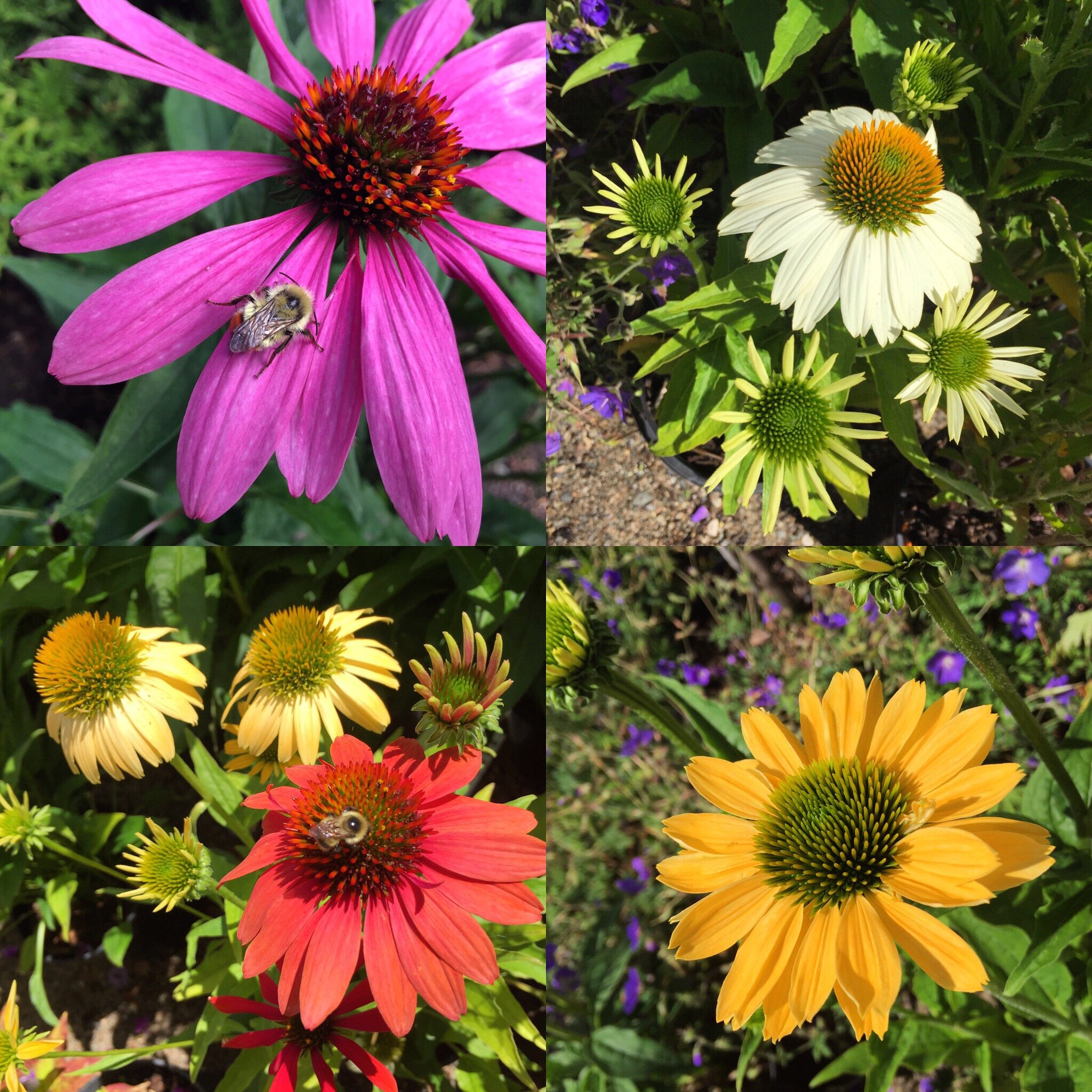 Plant a Drought Tolerant Garden
Plant a Drought Tolerant Garden
Here at Dogwood Nursery, it’s been a banner year for plant sales with a bumper crop of new gardeners visiting our acres. A recent article published by the CBC refers to the current panic buying of plants and seeds at retail nurseries as a “ pandemic gardening explosion”.* It seems that with all the extra time people have on their hands, gardening is the new pandemic activity kin to baking sourdough bread and DIY. If a positive outcome could result from the Covid crisis, gardening certainly ticks all the boxes. Fresh air, exercise, home grown veggies, and a reconnection with nature. Not to mention a valuable home-school learning experience for children and youth. In addition to planting vegetables, many are planning colourful new annual beds, planting this year’s trendiest trees and other thirsty perennial favourites. While this spring's weather seems unseasonably cool, an article published by
pandemic gardening explosion”.* It seems that with all the extra time people have on their hands, gardening is the new pandemic activity kin to baking sourdough bread and DIY. If a positive outcome could result from the Covid crisis, gardening certainly ticks all the boxes. Fresh air, exercise, home grown veggies, and a reconnection with nature. Not to mention a valuable home-school learning experience for children and youth. In addition to planting vegetables, many are planning colourful new annual beds, planting this year’s trendiest trees and other thirsty perennial favourites. While this spring's weather seems unseasonably cool, an article published by  Accuweather on May 20, 2020 warns us that this summer’s forecast calls for hotter and drier conditions in B.C. and the Prairies than the seasonal norm. This means we are not only bracing for the predicted second pandemic wave, but also for potential drought conditions.
Accuweather on May 20, 2020 warns us that this summer’s forecast calls for hotter and drier conditions in B.C. and the Prairies than the seasonal norm. This means we are not only bracing for the predicted second pandemic wave, but also for potential drought conditions.
 Okanagan Waterwise, an outreach initiative of the
Okanagan Waterwise, an outreach initiative of the  Okanagan Basin Water Board reports that in the Okanagan 24% of our water usage is outdoor residential and that Okanaganites use twice as much water as the average Canadian. So, how do we as citizens address potential drought conditions and our excessive water consumption? The Okanagan Basin Water Board and Okanagan Waterwise are working together with communities to address that question. The Make Water Work initiative offers tips on how to reduce water usage by pledging to take various actions including a dawn to dusk watering practice and xeriscaping.
Okanagan Basin Water Board reports that in the Okanagan 24% of our water usage is outdoor residential and that Okanaganites use twice as much water as the average Canadian. So, how do we as citizens address potential drought conditions and our excessive water consumption? The Okanagan Basin Water Board and Okanagan Waterwise are working together with communities to address that question. The Make Water Work initiative offers tips on how to reduce water usage by pledging to take various actions including a dawn to dusk watering practice and xeriscaping.
According to the  Okanagan Xeriscape Association (OXA) , xeriscaping is defined as "gardening with the natural environmental conditions you live in rather than fighting against them." When planning your garden scape this year, why not consider using drought tolerant plants that require minimal irrigation? OXA, a non-profit organization dedicated to providing xeriscaping information for Okanagan residents offers a comprehensive plant database and other resources for the conscientious gardener. To access their plant database visit
Okanagan Xeriscape Association (OXA) , xeriscaping is defined as "gardening with the natural environmental conditions you live in rather than fighting against them." When planning your garden scape this year, why not consider using drought tolerant plants that require minimal irrigation? OXA, a non-profit organization dedicated to providing xeriscaping information for Okanagan residents offers a comprehensive plant database and other resources for the conscientious gardener. To access their plant database visit  http://okanaganxeriscape.org/plant-database
http://okanaganxeriscape.org/plant-database
Next time you visit Dogwood Nursery, be sure to visit the retail area featuring water wise and native plants. Stay safe.
| |
 Plant a Culinary Herb Garden
Plant a Culinary Herb Garden
“Are you going to Scarborough Fair? Parsley, sage, rosemary and thyme.”
Who remembers the English ballad by Simon and Garfunkle from the 1960’s? The lyrical Scarborough Fair evokes a sense of carefreeness and nostalgia, and so it’s interesting to note that the olfactory or “fifth sense” is more closely connected with memory than any of our other senses. Amazing to think how certain aromas can transport us to the past. Who hasn’t smelled the mouth-watering aroma of a traditional homemade dish and experienced the nostalgia of past family gatherings or gained a sense of “home”?
As part of the process of preparing a home cooked meal, there’s something so satisfying about wandering to the garden plot or container garden and plucking your own culinary herbs, not to mention the cost saving aspect of it. Herbs add a delicate beauty and substance to any veggie plot or decorative container. They release delicious aromas when brushed against or moved by a summer breeze, with the added benefit of repelling certain pests. As well, an abundance of herbs can be dried and stored for flavour and aroma lasting well into winter.
Whether you enjoy cooking traditional, ethnic fare, preparing marinade for a summer barbeque or a hearty winter stew; fresh or dried herbs are an invaluable resource to have on hand.
Looking to plant your own culinary herb garden this summer? Here is a guide to the most common herbs to plant depending on your preferred fare.
French: Bay, chervil, chives, tarragon, and fennel; or to make the classic Herbs de Provence blend combine thyme, savory, oregano, rosemary, marjoram, parsley and lavender.
Mediterranean: Basil, mint, rosemary, parsley, thyme, oregano, and sage.
Russian/ Eastern European: Dill, parsley, chervil, and sorrel.
Mexican: Cilantro, mint, parsley, oregano, marjoram and thyme.
While many Eastern fares rely on spices originating from the Indian subcontinent such as peppercorns, nutmeg, cumin, cinnamon etc……, food from those regions can also be supplemented by herbs grown easily in our climate.
Indian: Cilantro (coriander), bay and mint.
Lebanese: Parsley, mint, oregano, and rosemary.
Thai: Cilantro, sweet basil, dill, lemongrass, and mint
| |
Grow Your Own Food
 Victory Gardens" inspired by a similar movement in the U.S. "A Vegetable Garden for Every Home" became a popular mantra in urban centres where backyards were transformed for the purpose of food production. This gardening movement not only served to boost morale during uneasy times, it placed an ease on transport systems needed to ship the food staples.
Victory Gardens" inspired by a similar movement in the U.S. "A Vegetable Garden for Every Home" became a popular mantra in urban centres where backyards were transformed for the purpose of food production. This gardening movement not only served to boost morale during uneasy times, it placed an ease on transport systems needed to ship the food staples.
Amid the Covid-19 crisis and in a state of global lock down, how does one pass the time, keep positively engaged, reduce your family's carbon footprint and increase food security? Plant a garden!
Whether you've got ample space to plan out a substantial veggie plot, a few square feet for raised planters, or a patio for some basic container gardening, anyone can grow a bit of veg to supplement their food bill. With a bit of research and careful planning, the rewards of full hearts and bellies can be yours.
Here are some things you will need to consider:
Space for a plot
- a well-drained site that receives at least 6-8 hours of sunlight per day
- planter boxes
- containers
Growing medium, compost and mulch
- seed starter mix and seedling trays
- well drained garden soil with compost
- mulch to inhibit weeds and retain moisture
Starter plants or seeds
- select healthy starter plants appropriate for your climate
- buy seeds from local plant nursery; heirloom or non-GMO if you wish to save your seeds for next year.
- join a seed-exchange
- save heirloom seeds from previous year
Tools
- shovel or spade
- hoe or weeder for weed control
- protective gloves
- hand tools for container gardening
Irrigation
- watering can for hand watering small planter boxes or containers
- drip irrigation for larger plots. Talk to our irrigation specialist for more detail.
Sunshine
- this renewable resource rises in the east daily
- track sun and shade areas of your plot and record how many hours a day the plot receives
- if you're growing plants indoor or starting seeds early, select indoor growing lights from a local supplier. I found an easy to use
 lighting system at Lee Valley Tools.
lighting system at Lee Valley Tools.
Fencing and supports
- bamboo stakes or supports for tomatoes, beans, peas etc….
- inexpensive netting or fencing materials to keep deer and other grazers out
Naturally space is a consideration and those living in various strata may not have a plot with which to plant. Luckily most population centers have community gardens where individuals can plant their own plot. The  Central Okanagan Community Gardens (COCG) has several dedicated plots throughout the Okanagan.
Central Okanagan Community Gardens (COCG) has several dedicated plots throughout the Okanagan.
There are also not-for-profit organizations dedicated to food security by organizing volunteer gleans and reducing food waste. A successful example is the  Okanagan Fruit Tree Project. In exchange for a few hours of volunteer labour, individuals can take home fresh fruit and vegetables, while the rest is donated to food banks, schools or vulnerable populations.
Okanagan Fruit Tree Project. In exchange for a few hours of volunteer labour, individuals can take home fresh fruit and vegetables, while the rest is donated to food banks, schools or vulnerable populations.
If you're new to gardening or your space is limited, check out the concept of square foot gardening. This straightforward approach to gardening maximizes space for optimal production. I have found several helpful YouTube tutorials about square foot gardening. Check out this link to learn more:  https://www.youtube.com/watch?v=jL5FtbS4Jeo For more comprehensive gardening information, refer to this useful resource by British Columbia's own Brian Minter.
https://www.youtube.com/watch?v=jL5FtbS4Jeo For more comprehensive gardening information, refer to this useful resource by British Columbia's own Brian Minter.  https://mintergardening.com/resources/guides/
https://mintergardening.com/resources/guides/
 essential services to include establishments that support food production including plant nurseries and
essential services to include establishments that support food production including plant nurseries and  community gardens. This move on part of the government not only provides clarity around the definition of essential service, it gives plant nurseries a deeper sense of purpose and puts power into the hands of citizens eager to grow their own food.
community gardens. This move on part of the government not only provides clarity around the definition of essential service, it gives plant nurseries a deeper sense of purpose and puts power into the hands of citizens eager to grow their own food.
| |
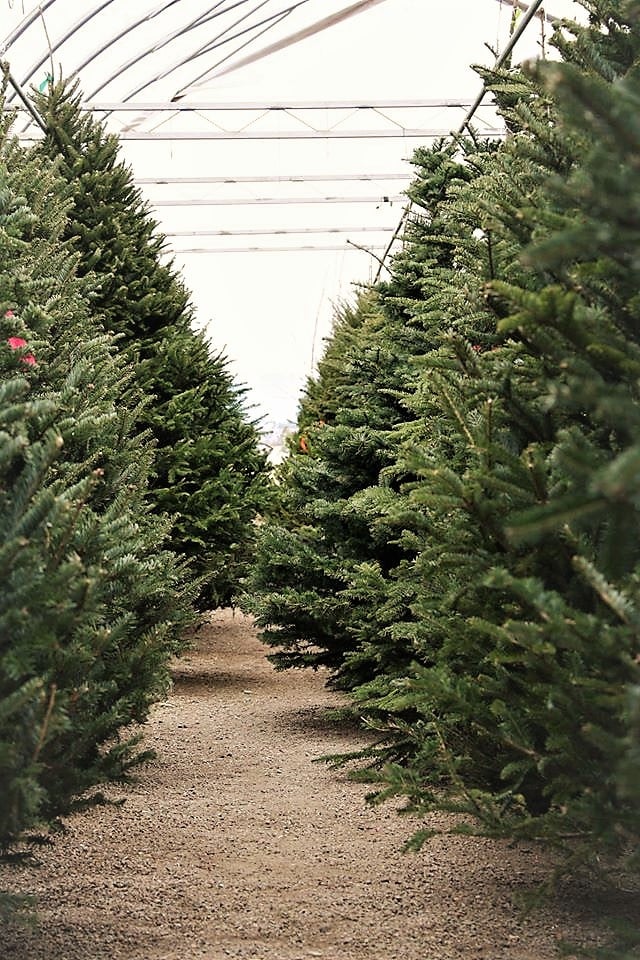
Natural vs Artificial Trees
Article courtesy of Rena WarrenWhen getting into the spirit of Christmas, one of my single-most enjoyable holiday traditions is the procurement, setting up and decorating of the Christmas Tree, followed by the satisfaction of sitting back to enjoy my efforts with a cup of warm libation. Behold the tree decked with twinkly lights and decorations handmade or handed down. And the heavenly coniferous smell of pine, spruce and fir which completes the picture.
However, in an age of climate change and environmental concern, the question has been posed about whether it is more ethical to have a natural cut Christmas tree or an artificial one? I've asked myself this same question and thus embarked on a bit of research on the topic. I found countless articles and statistics that address practical, environmental and economic concerns. Below is a list of pros and cons based on the information I have found.
If you're still stumped after considering the positive and negative impacts of either choice, then why not get a live potted tree? Yes, the cost and care is greater, but the satisfaction of planting the tree afterward makes for a worthwhile, long-term investment.
Sources listed below
Natural Cut
Pros
• Traditional choice
• Fresh coniferous scent
• Tests have shown that properly hydrated trees are less of a fire hazard than artificial trees. https://www.texaninsurance.com/blog/christmas-tree-standoff-round-one-artificial-trees/
• Creates carbon dioxide/fresh oxygen exchange in the home
• Purchase sustains local tree farms and plant nurseries. As of 2015 there were nearly 2,400 Christmas Tree farms in Canada which provides jobs and contributes to local economies, an industry valued over $78 million
• Tree farms plant new trees to replace harvested ones each year.
• Tree farms contribute to fresh oxygen production with an acre of trees producing enough oxygen for the daily needs of 18 people. It is estimated that a single farmed tree can absorb more than 1 tonne of CO2 in its lifetime
• Can be recycled, mulched and composted at community Christmas tree drop-offs in an effort called "treecycling". Mulch can be used for hiking trails, playgrounds or for landscaping. The Okanagan Regional District offers a free drop-off at several locations.  https://www.regionaldistrict.com/your-services/waste-reduction-office/programs-and-events/christmas-tree-chipping.aspx
https://www.regionaldistrict.com/your-services/waste-reduction-office/programs-and-events/christmas-tree-chipping.aspx
Cons
• Need to water and feed to maintain
• Sheds needles
• Potential fire hazard if not kept well hydrated
• Need to purchase every year
• Transporting or disposing can be a challenge for those without suitable vehicles.
• Needs to be disposed of afterward.
Artificial
Pros
• Don't drop needles/relatively mess-free
• Saves money after initial purchase
• Can be packed up and stored for years to come
• Good for people allergic or sensitive to smells of conifers
• Are treated with fire retardants*
Cons
• Cannot be recycled
• Artificial trees are made of PVC plastics with some older models containing lead. PVC is a petroleum-based,non-biodegradable plastic which means once it lands in the landfill, it's there forever releasing dioxins into the air and water. Dioxins pose serious health concerns to humans and animals.
• Could break down into micro-plastics that eventually find their way into the water system
• Approximately 85% if artificial trees are manufactured and shipped from China. The transport alone represents a significant carbon footprint.
• Approximately 47 million dollar value of artificial trees were imported to Canada, 46 million from China, with remaining coming from Thailand, the US, Mexico and Vietnam.
• *Are treated with fire retardants which are believe to be toxic.
• Regardless of application of toxic fire retardants, various studies have shown that artificial trees are actually more flammable than natural trees and emit toxic gasses when ignited.
• Storage challenge for those with limited space
Additional Sources:
 https://www.cbc.ca/news/business/7-facts-and-figures-about-christmas-trees-in-canada-1.1192646
https://www.cbc.ca/news/business/7-facts-and-figures-about-christmas-trees-in-canada-1.1192646
 https://en.wikipedia.org/wiki/Christmas_tree_production_in_Canada
https://en.wikipedia.org/wiki/Christmas_tree_production_in_Canada
 https://earth911.com/home-garden/real-vs-artificial-christmas-trees/
https://earth911.com/home-garden/real-vs-artificial-christmas-trees/
 https://www.cbc.ca/news/technology/what-on-earth-newsletter-christmas-trees-sustainable-1.4935098
https://www.cbc.ca/news/technology/what-on-earth-newsletter-christmas-trees-sustainable-1.4935098
| |
Indoor Plants to Purify Your Home
As winter closes in, our love for gardening moves indoors. While our indoor tropical plants may not necessarily produce blooms or food for us, they do provide a valuable service in terms of improving our indoor air quality. When doors and windows close for winter, how can we combat stuffy indoor air?
A study conducted by National Aeronautics and Space Administration (NASA); in association with the Associated Landscape Contractors of America found that many indoor plants are vital in cleaning the air in our homes. The NASA Clean Air Study was conducted in an effort to clean the air in space stations and concluded that not only do plants absorb carbon dioxide and release oxygen, but that selected plants are effective in removing toxic chemicals such as benzene and formaldehyde from our air. These toxins are present in the off gassing of paints and glues in building materials as well as fire retardants in carpets and indoor furnishings.
Some of the most effective air filtering plants include:
• English Ivy
• Spider Plant
• Peace Lily
• Chinese Evergreen
• Bamboo Plant
• Heartleaf Philodendron
• Weeping Fig
• Elephant Ear Philodendron
The study not only itemizes individual plant effectiveness in the removal of toxins, it also indicates which plants are toxic to our pets.
To learn more about the study and view a comprehensive list of air filtering plants visit the following websites:
| |
Planting for Vivid Autumn Colour
Temperatures are dropping and blooms fading, but don't despair. There is much to plant for a striking autumn colour display.
Dogwood Nursery carries perennials, shrubs and trees that boast brilliant yellows such as Prairie Spire Ash, Golden Globe Cedar and Gingko Biloba.
Get your fiery oranges from Pacific Brilliance Pin Oak, Tiger Eye Sumac, a variety of Maples or Chinese lanterns.
Hot reds that can be found in Autumn Blaze Maple, Burning Bush; as well as selected Blueberry and Barberry.
Dogwood also carries plant varieties that have unusual, variegated colour such as Porcelain Vine, Coral Bells, Hydrangeas, Smoke Bush and Staghorn Sumac. These and many, many more seasonal showstoppers are awaiting you at Dogwood Nursery.
“Seed is the source of life and the first link in the food chain. Control of seed means control over our lives, our food and our freedom.” Dr. Vandana Shiva
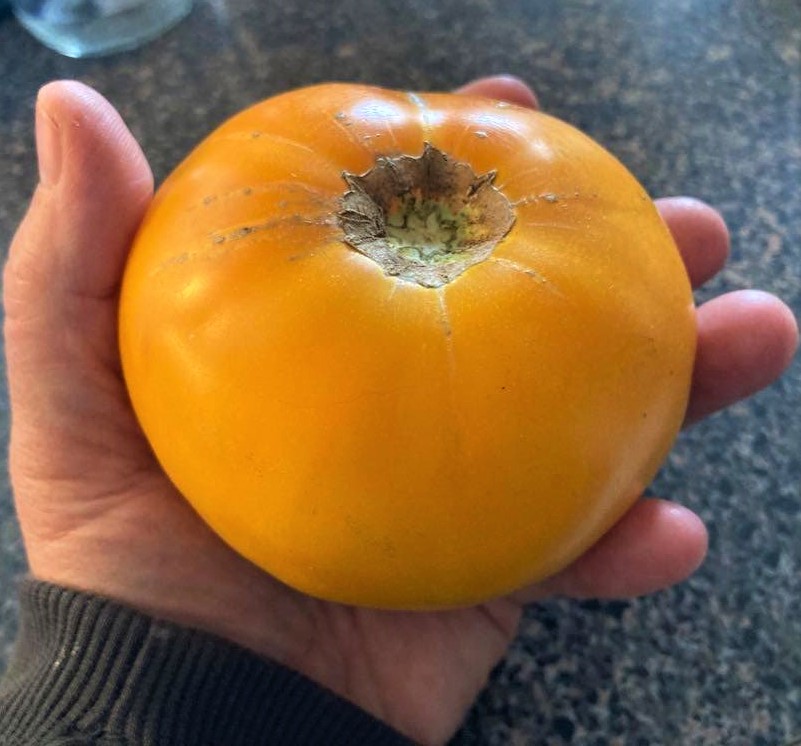
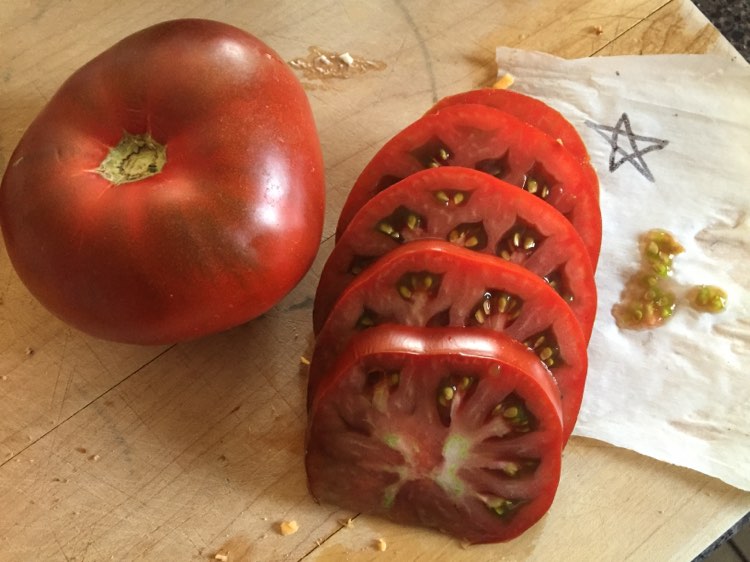
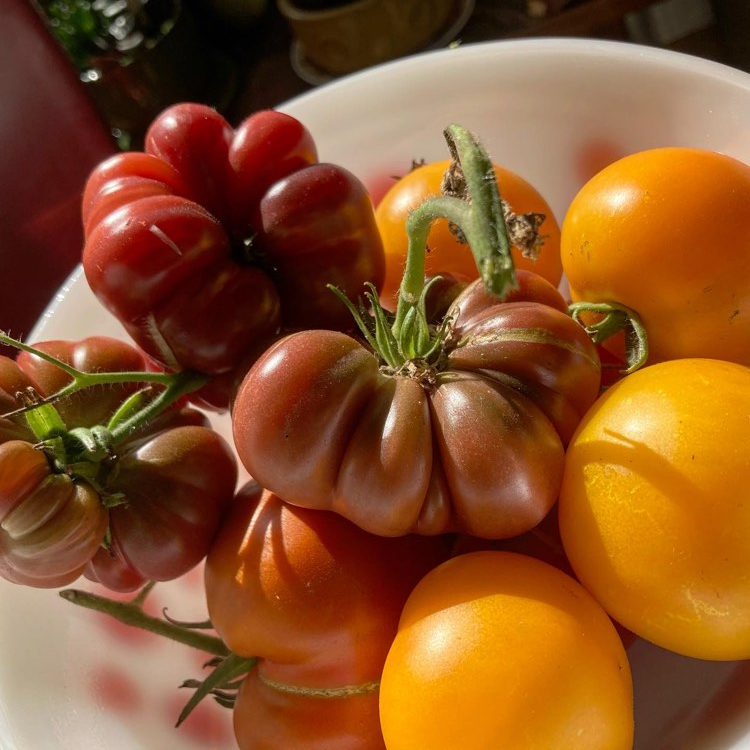
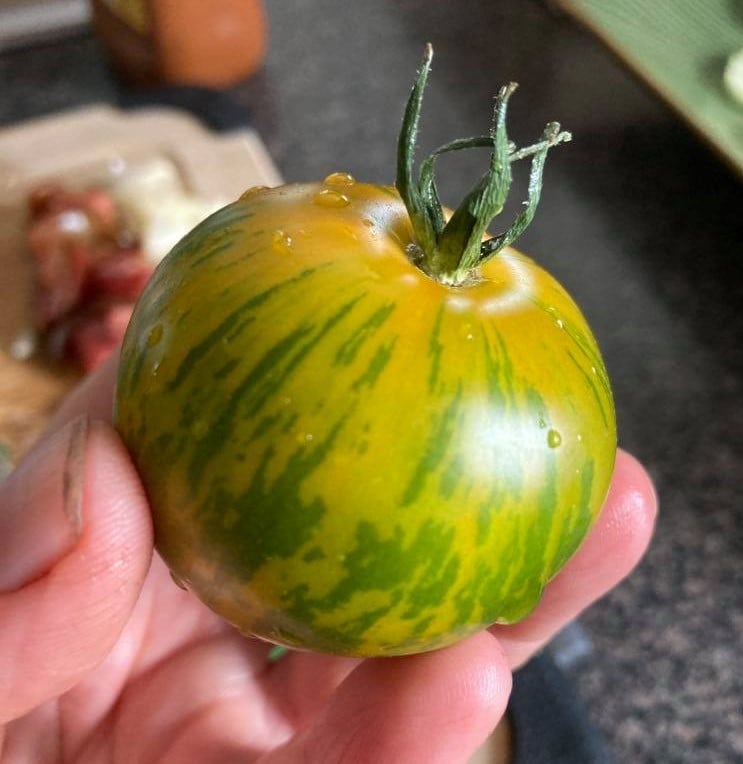
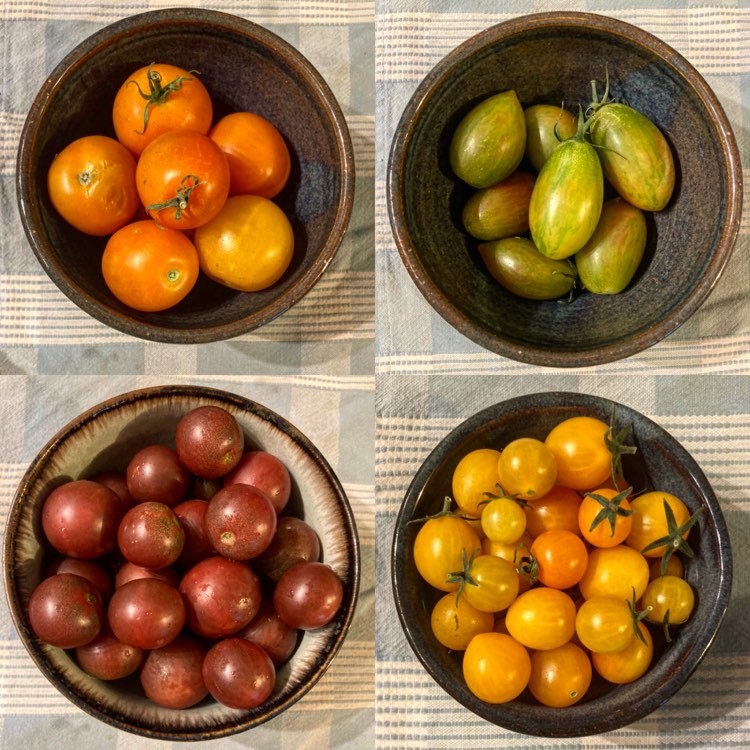
| |
“We can’t drink dust, dirt, oil or rust. But water. Well, that’s a must.” The Dharma Trails
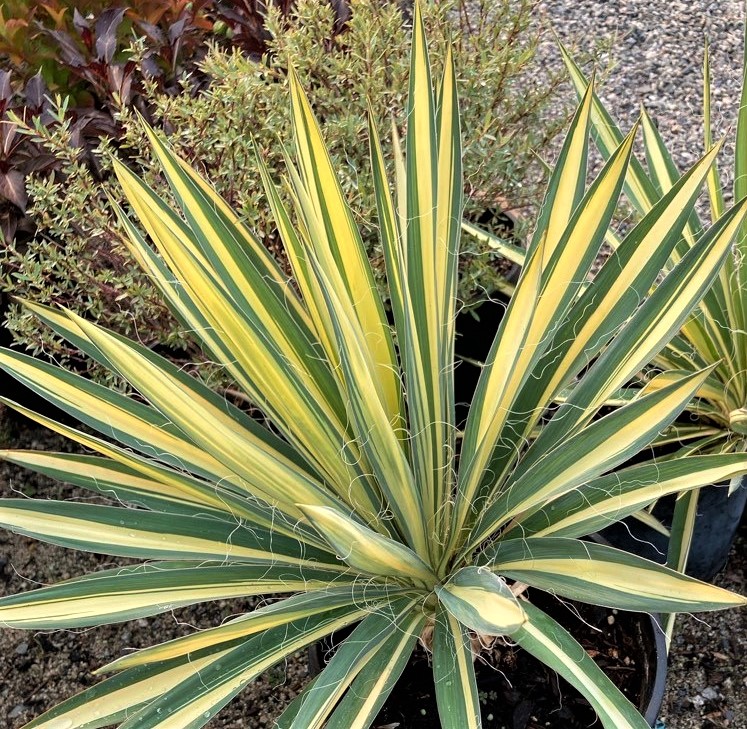
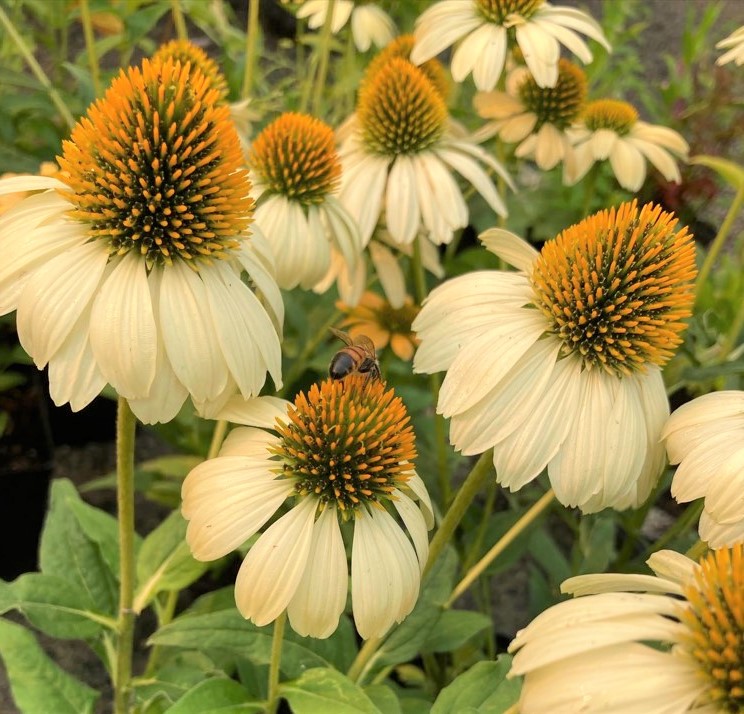
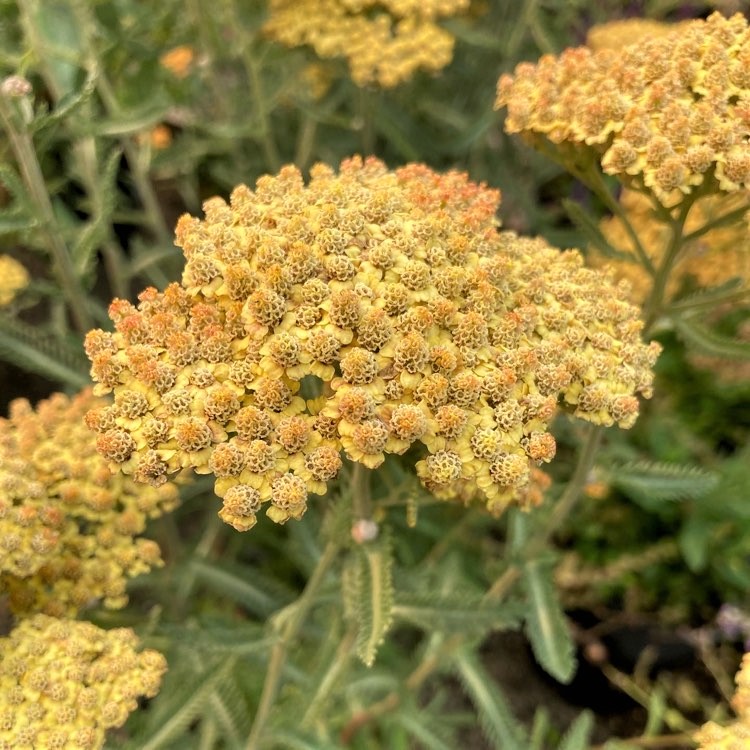
| |
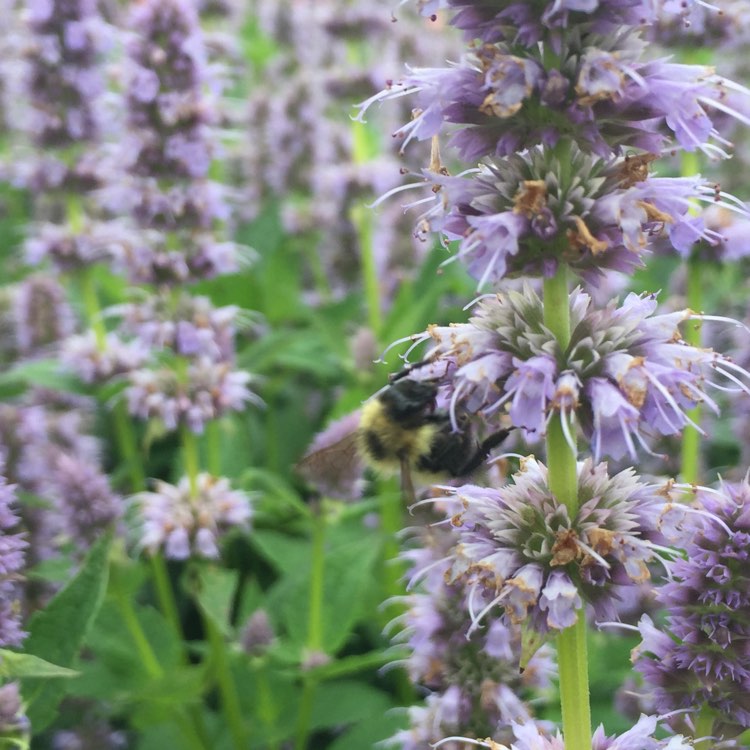
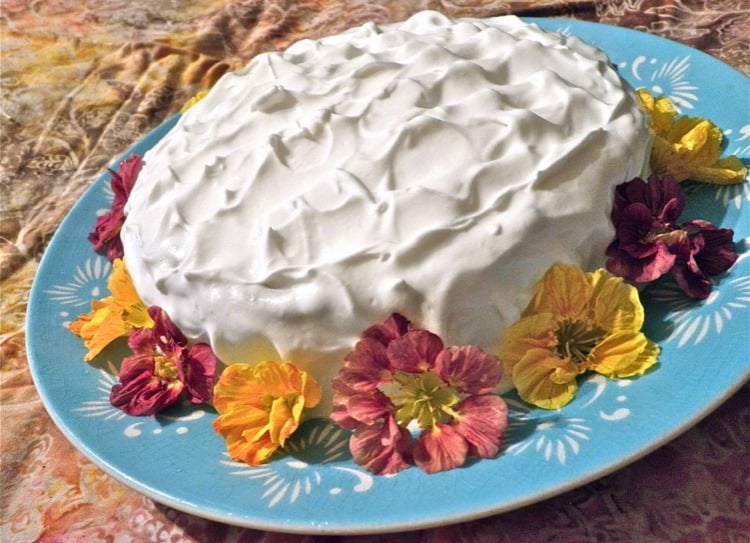
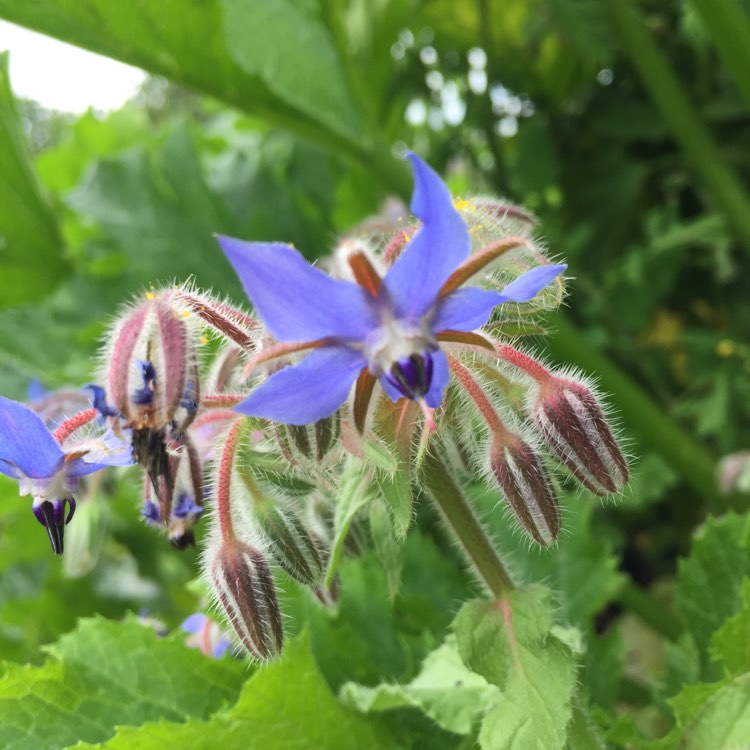
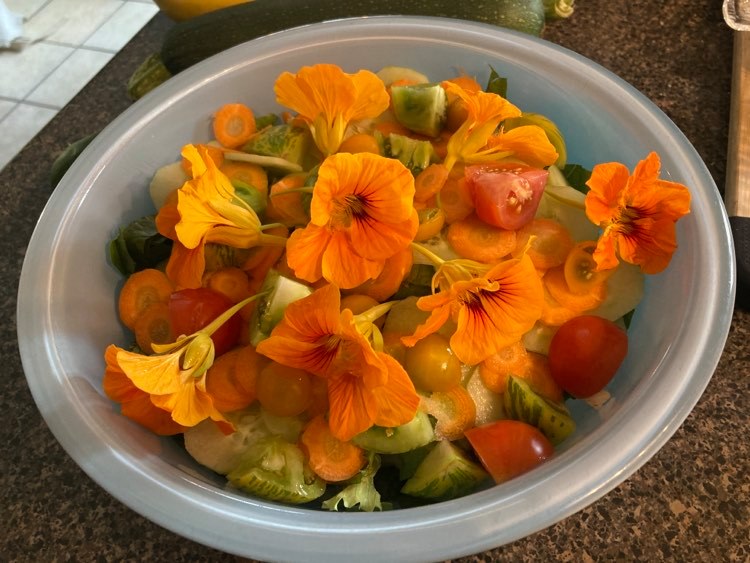

"Since the thing perhaps is to eat flowers and not to be afraid"
E.E. Cummings
| |
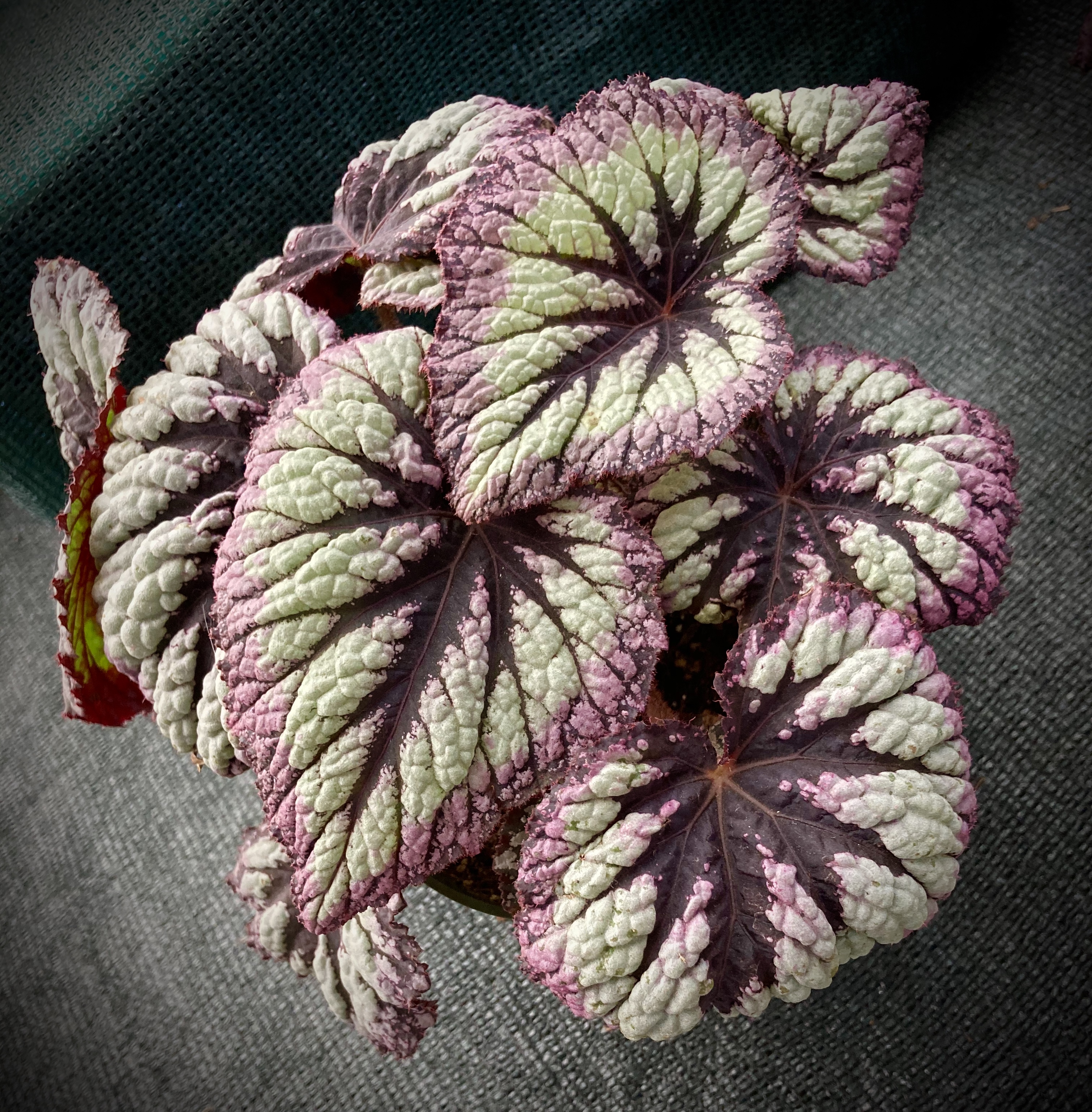
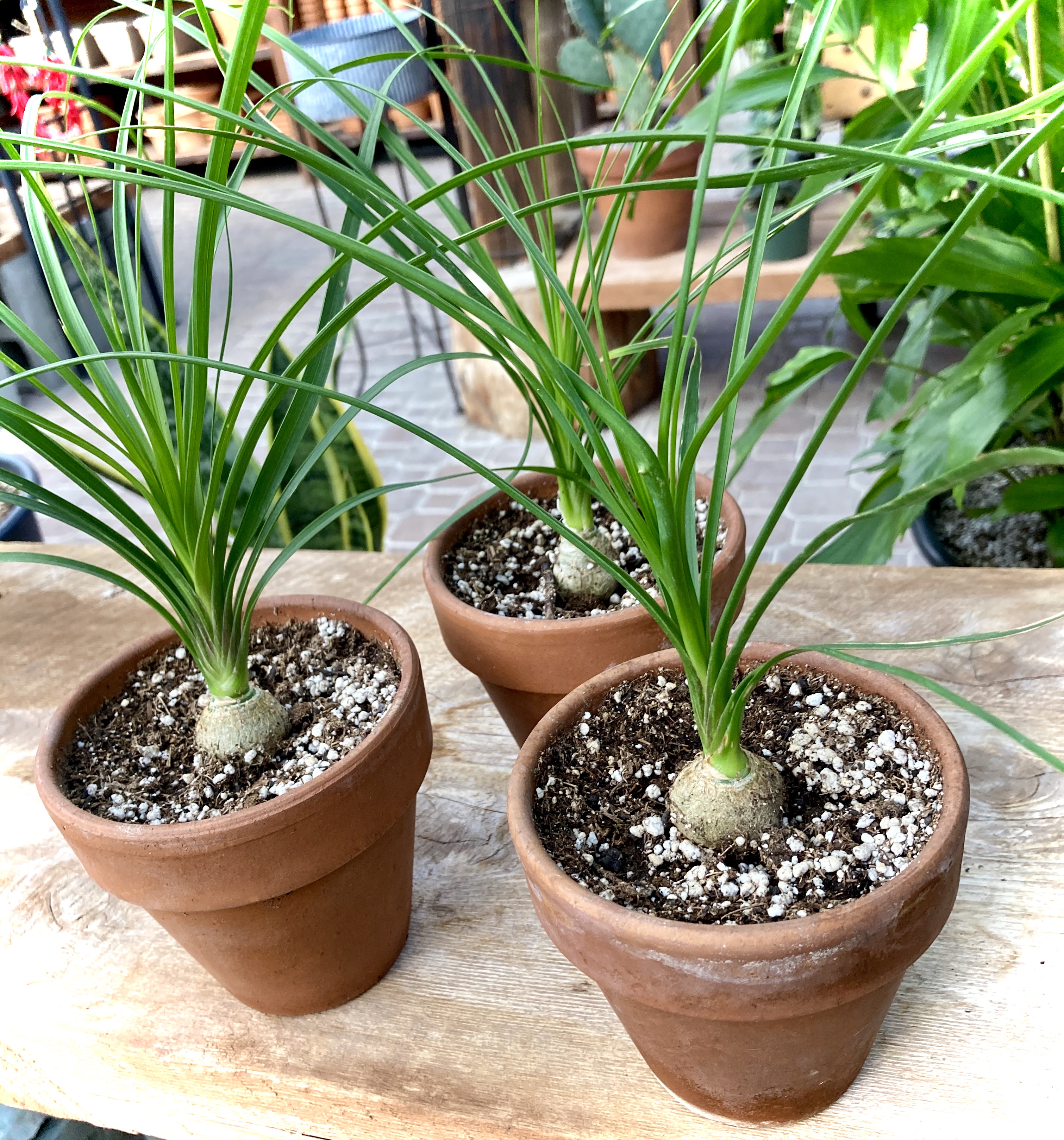
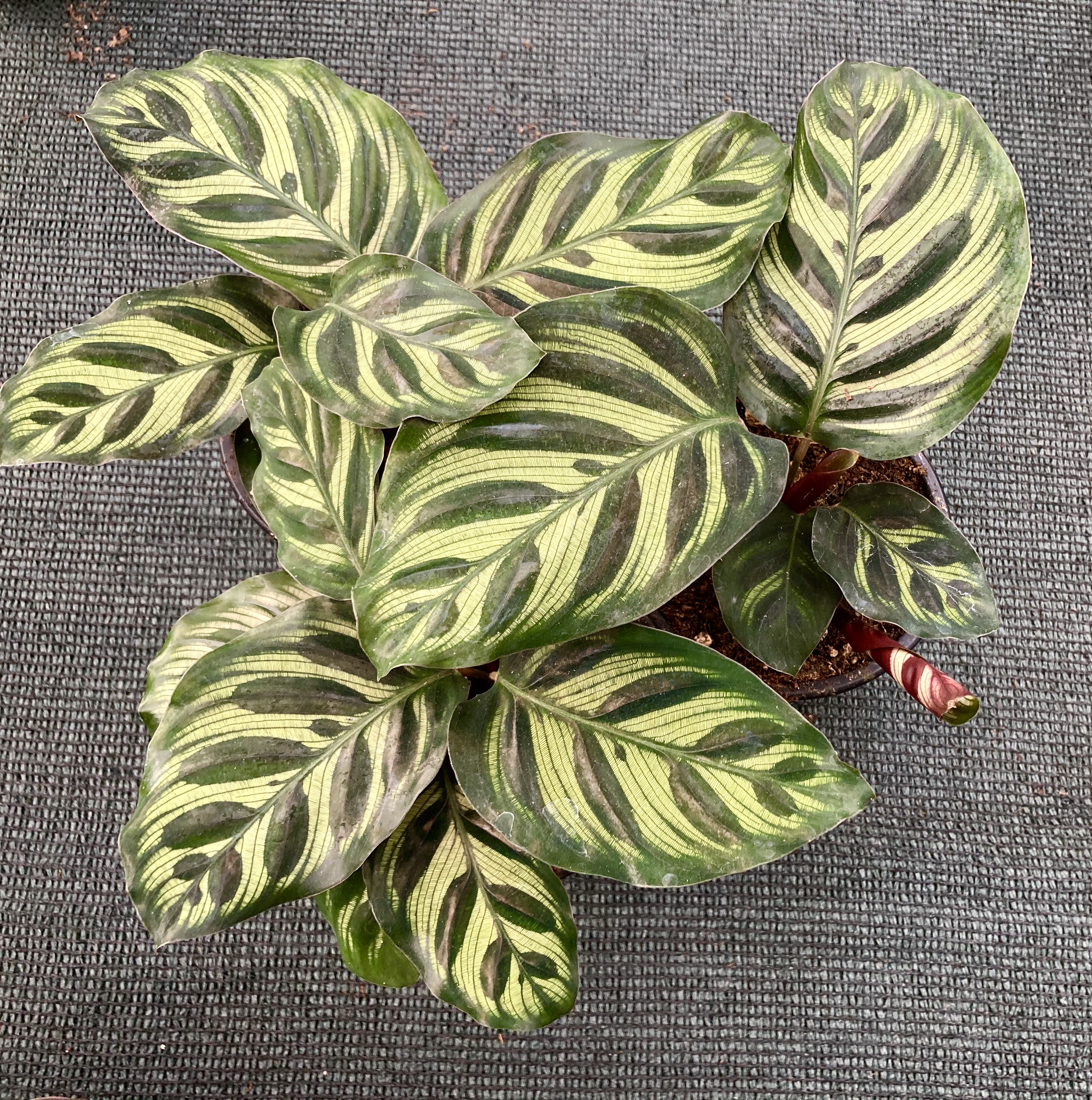
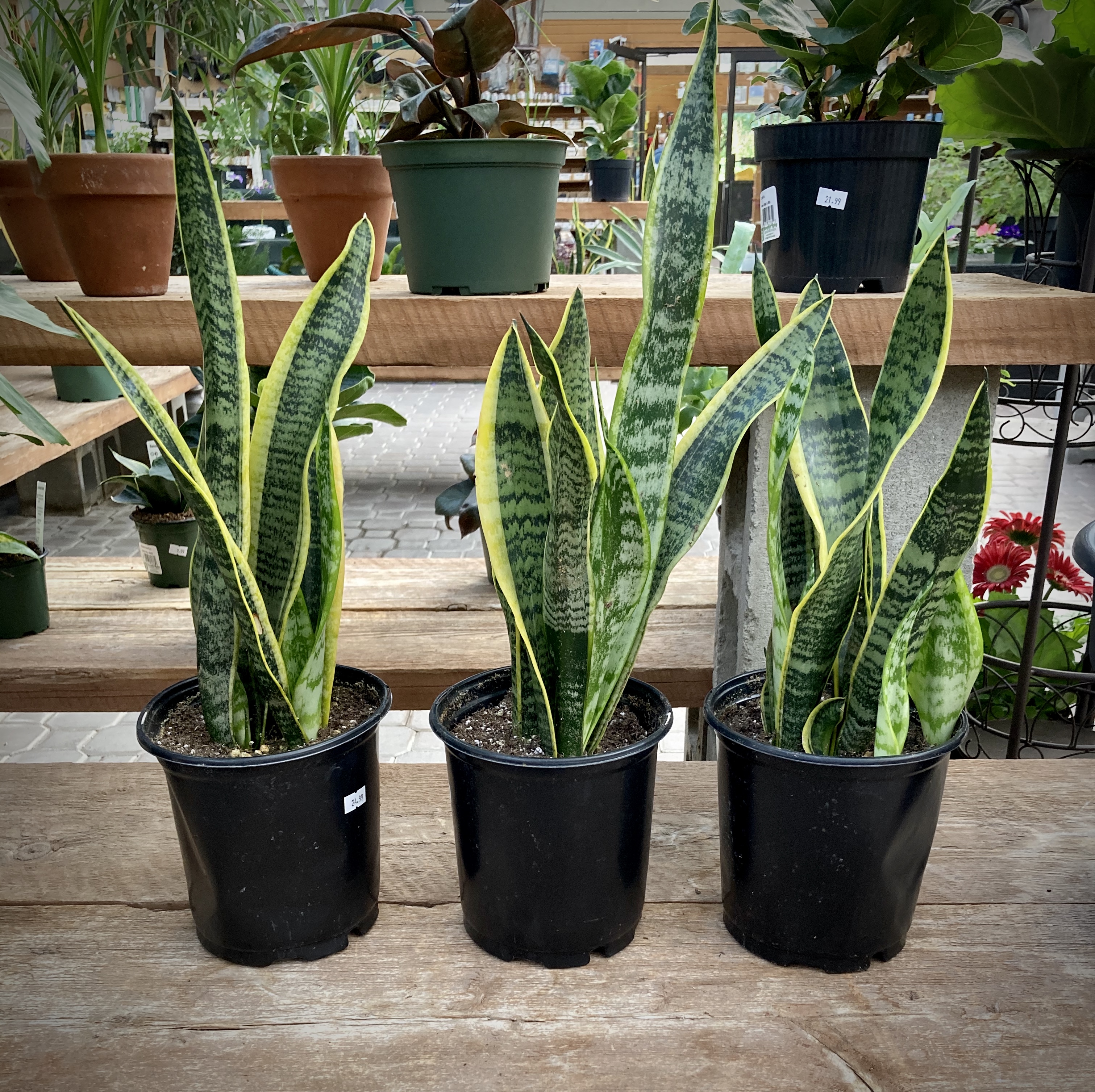
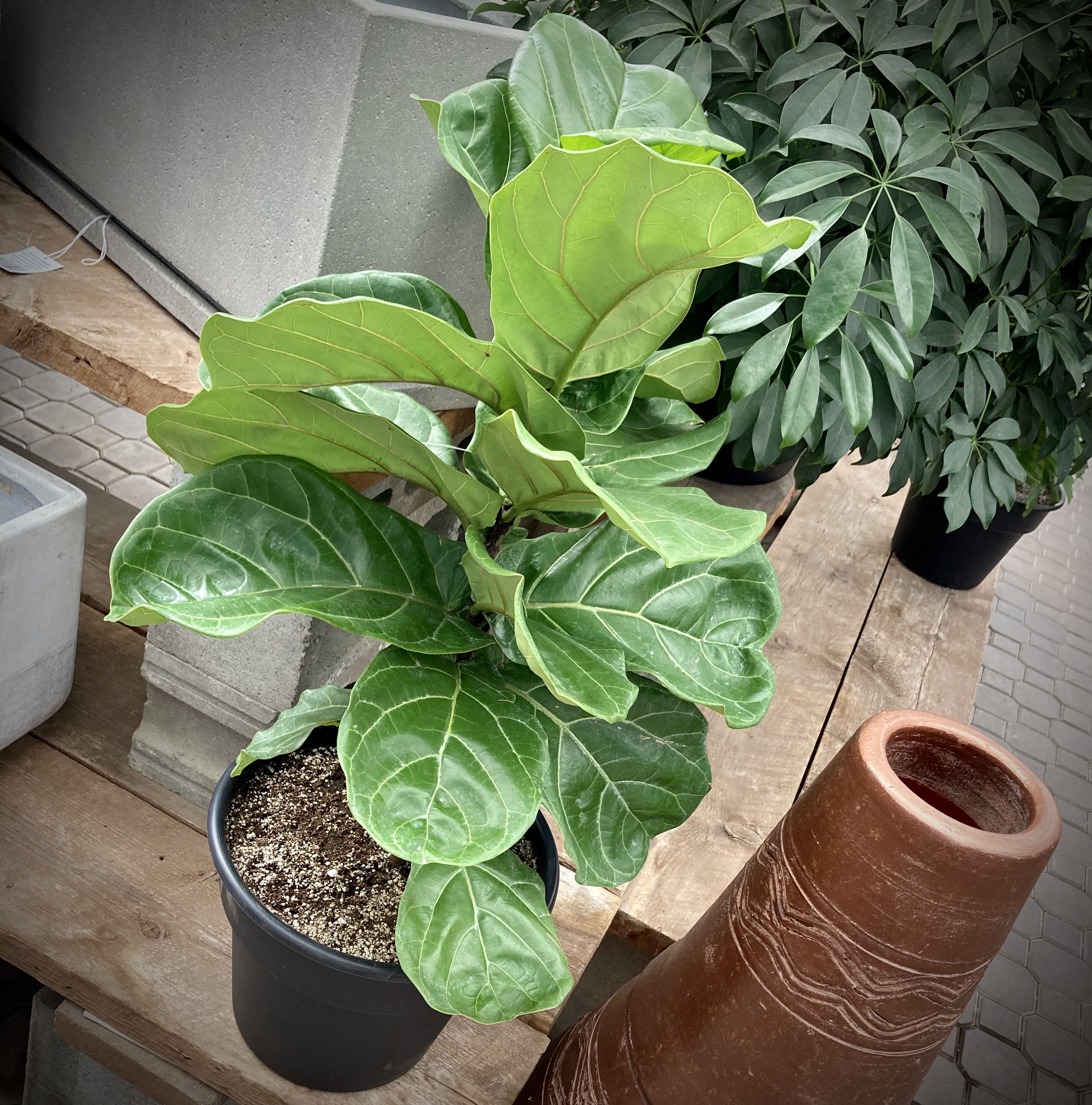
| |
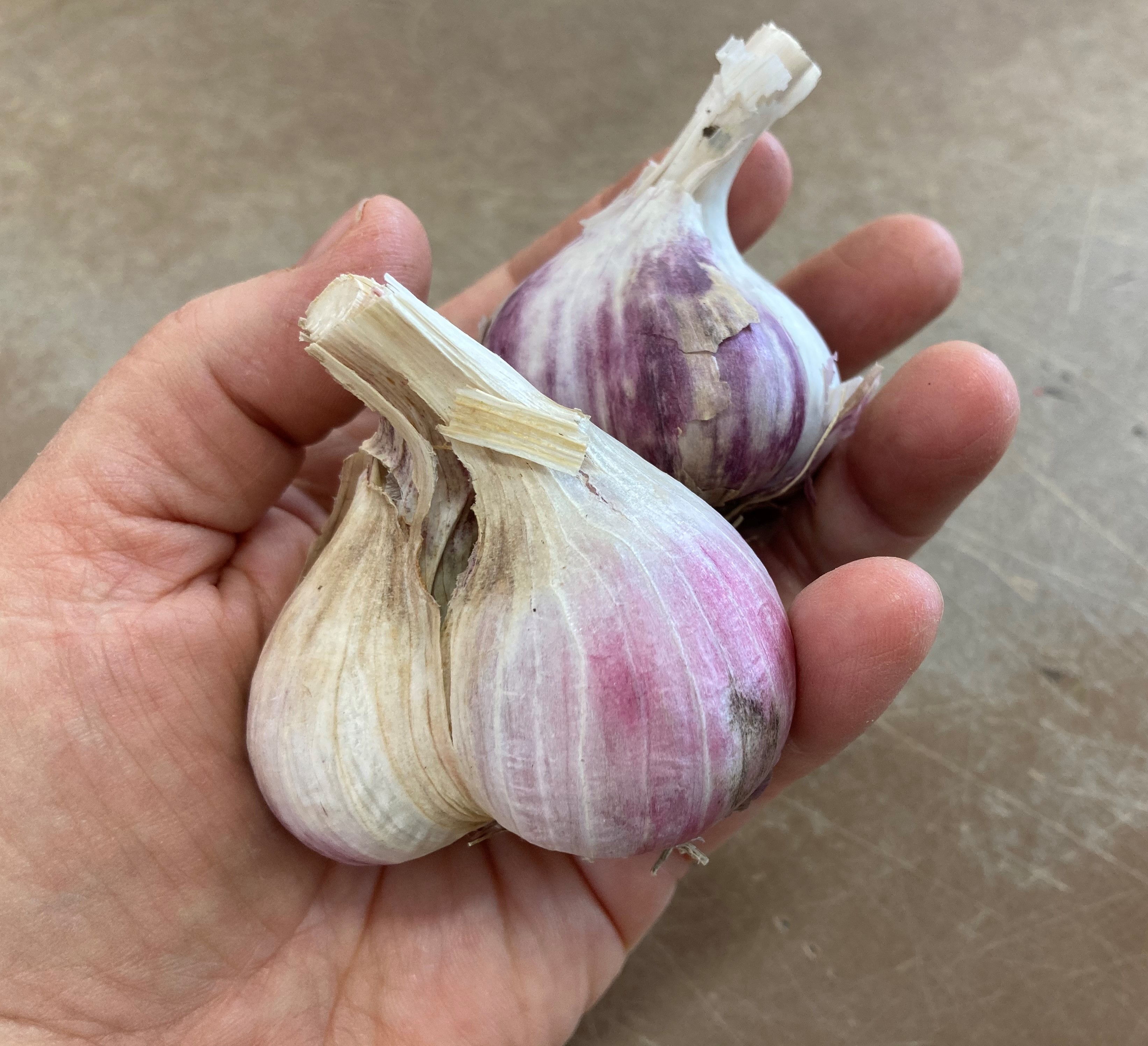
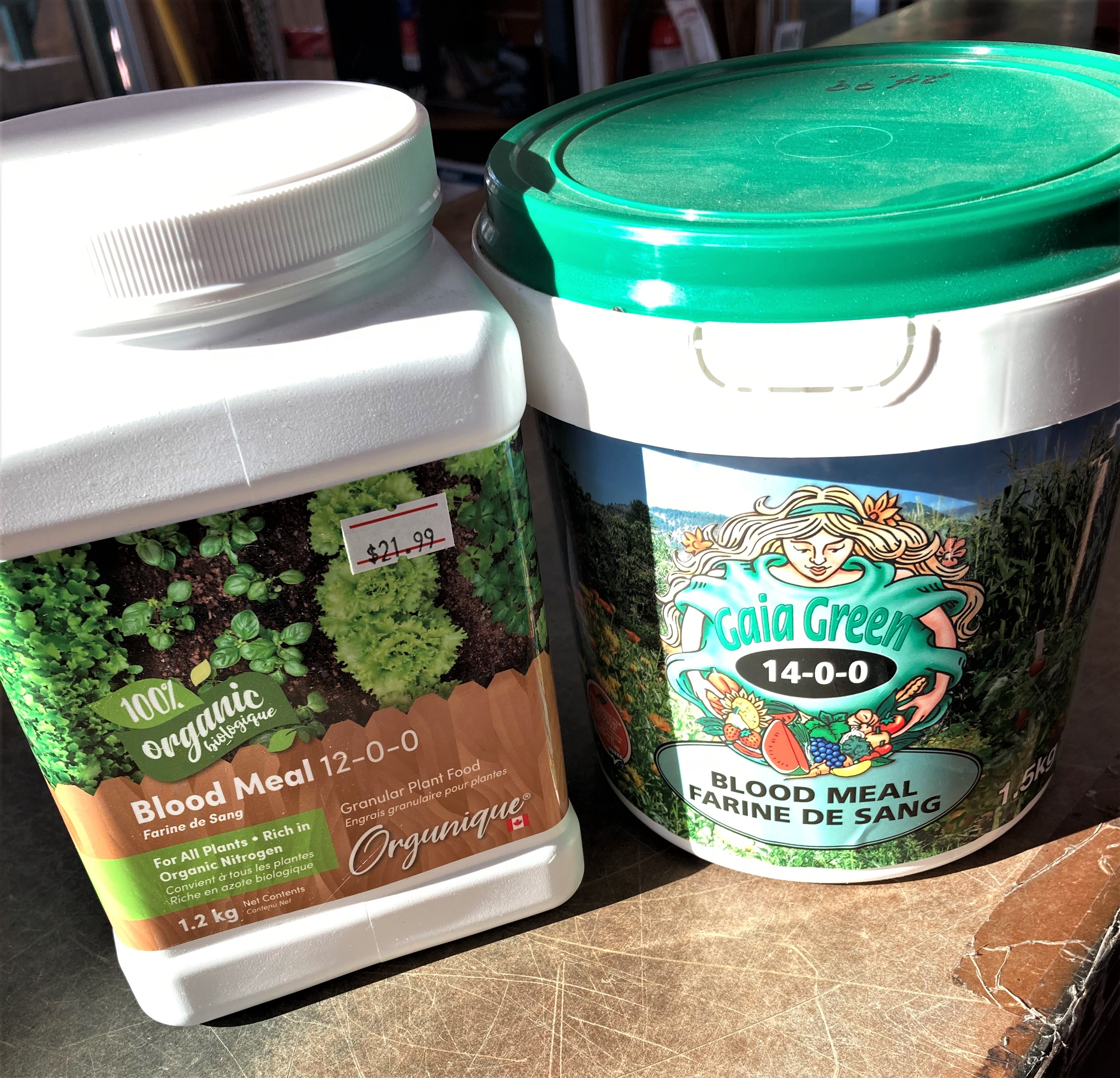
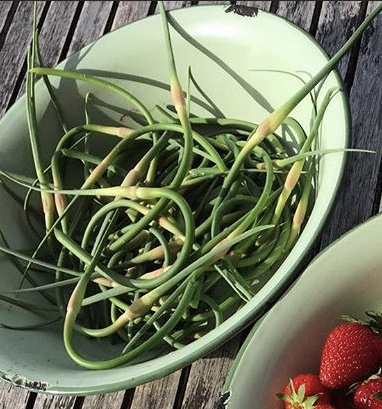
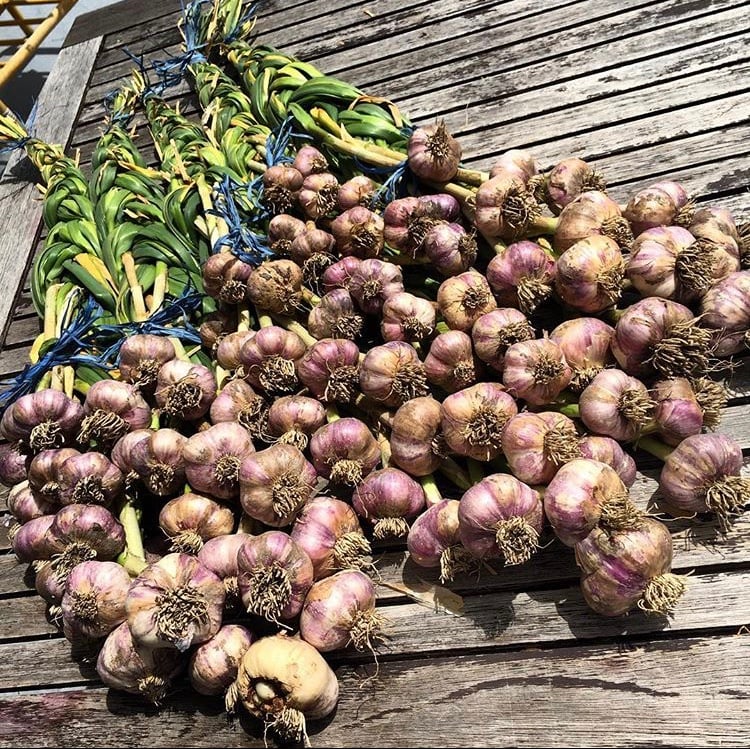
"Absorbing a healthy amount of dirt builds your immune system." Monty Don
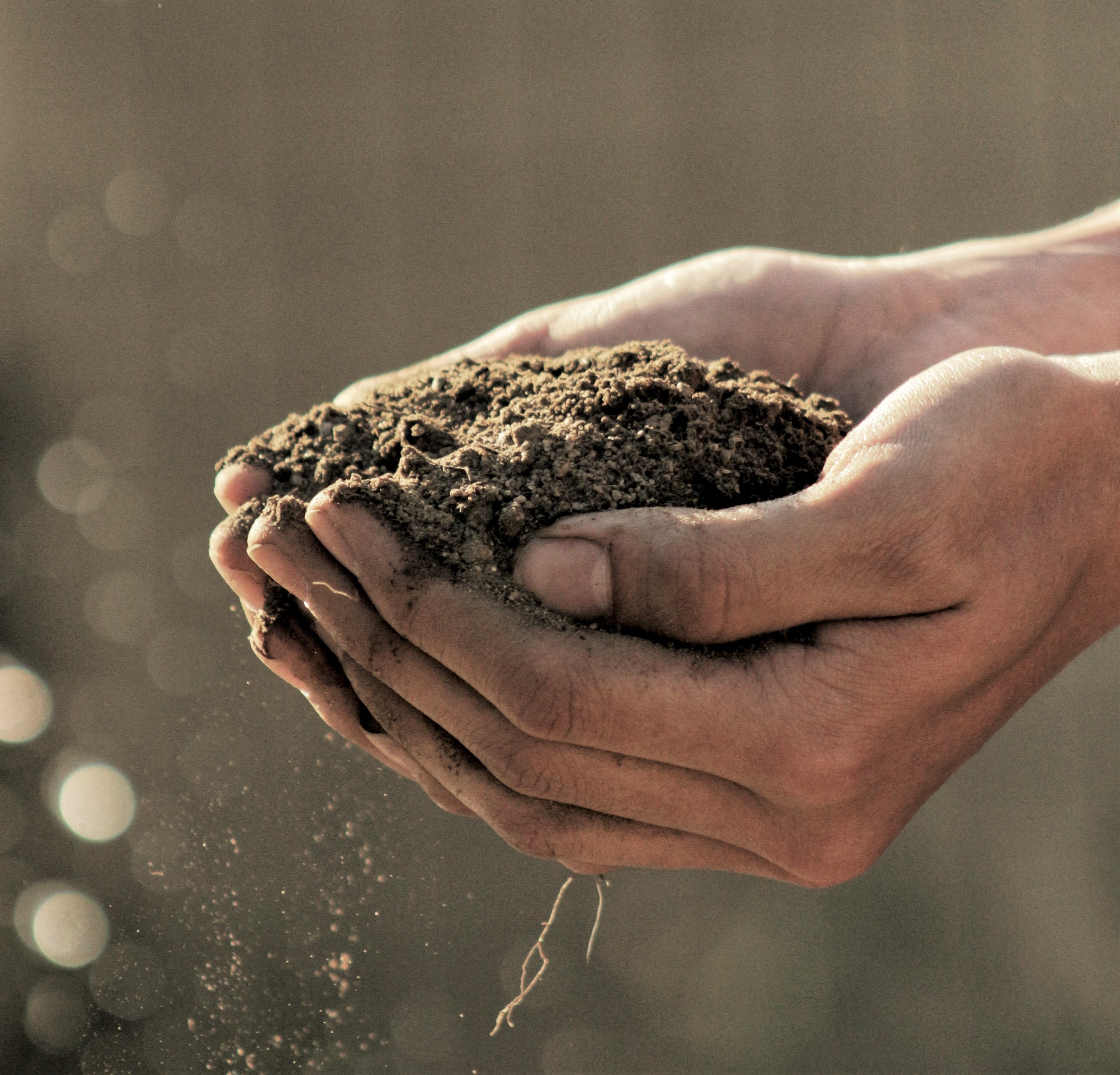
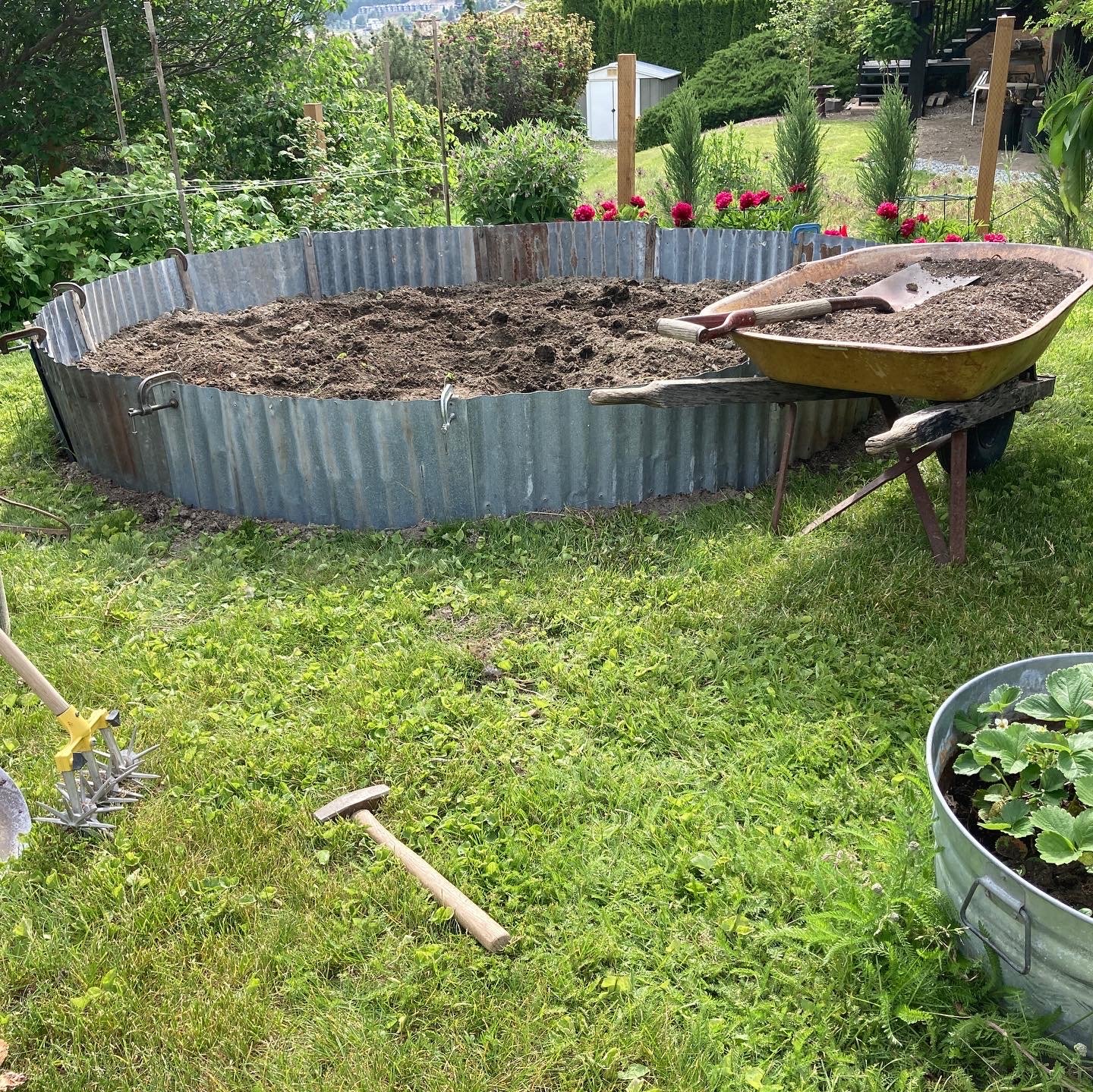
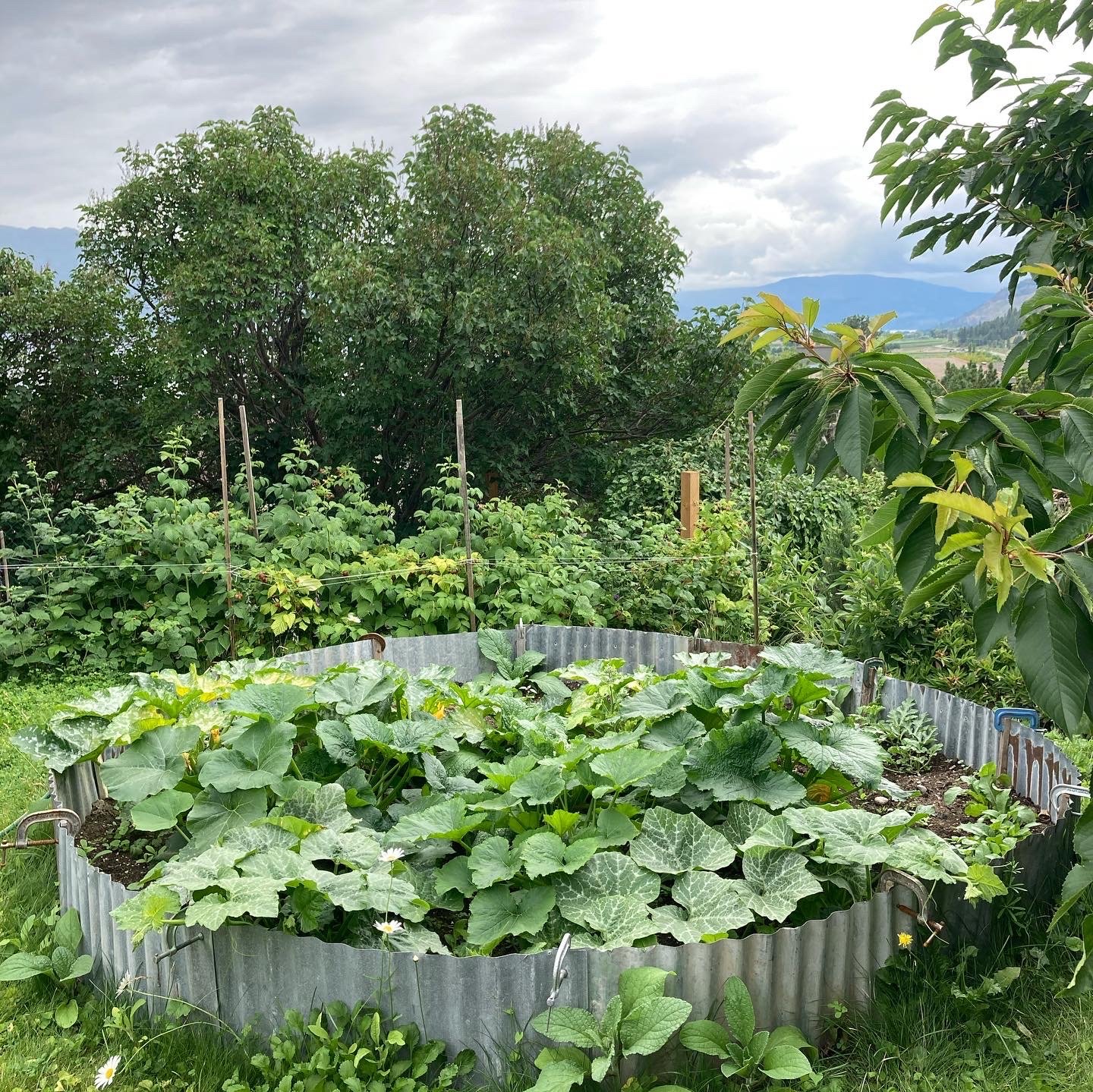
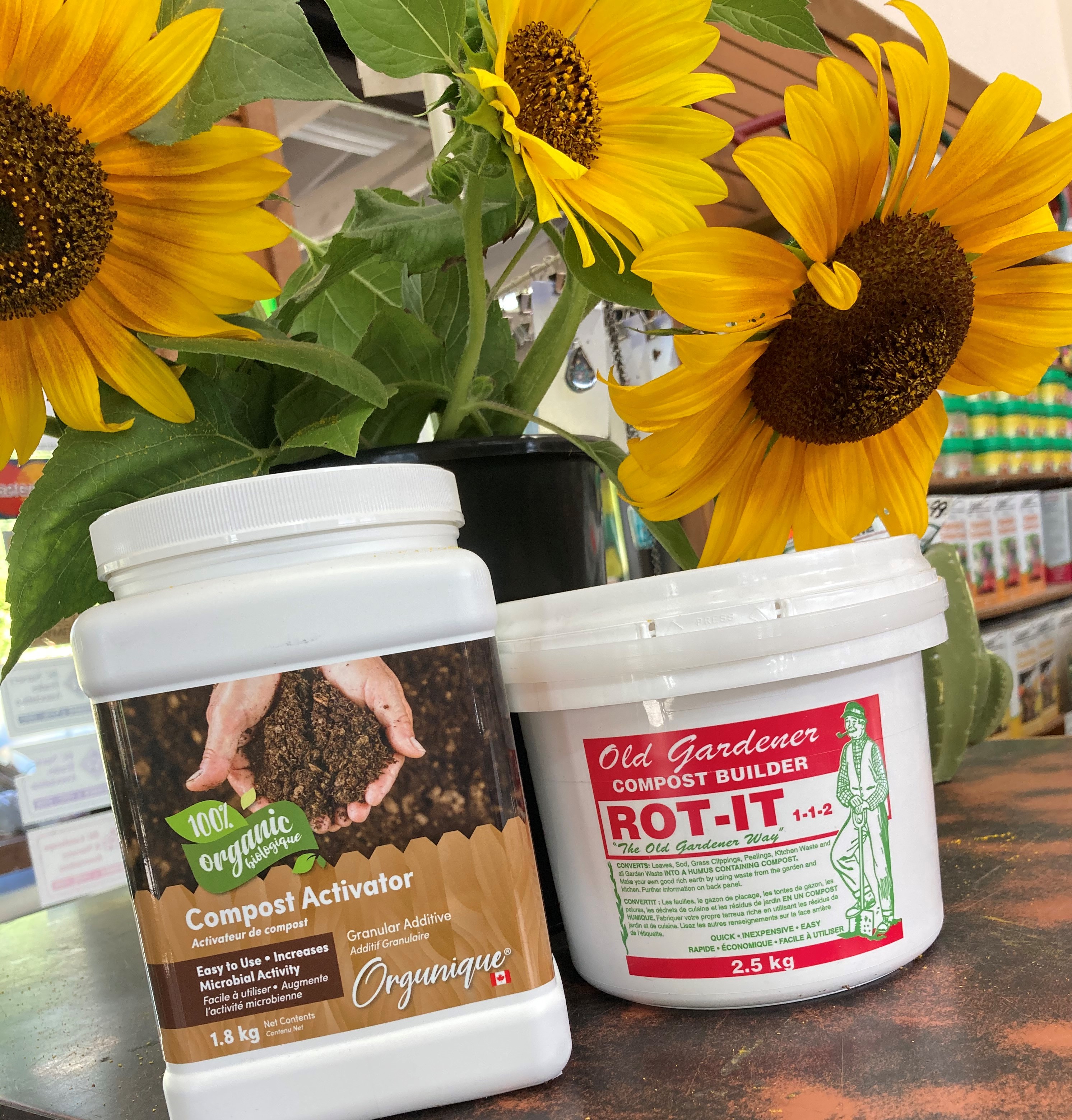
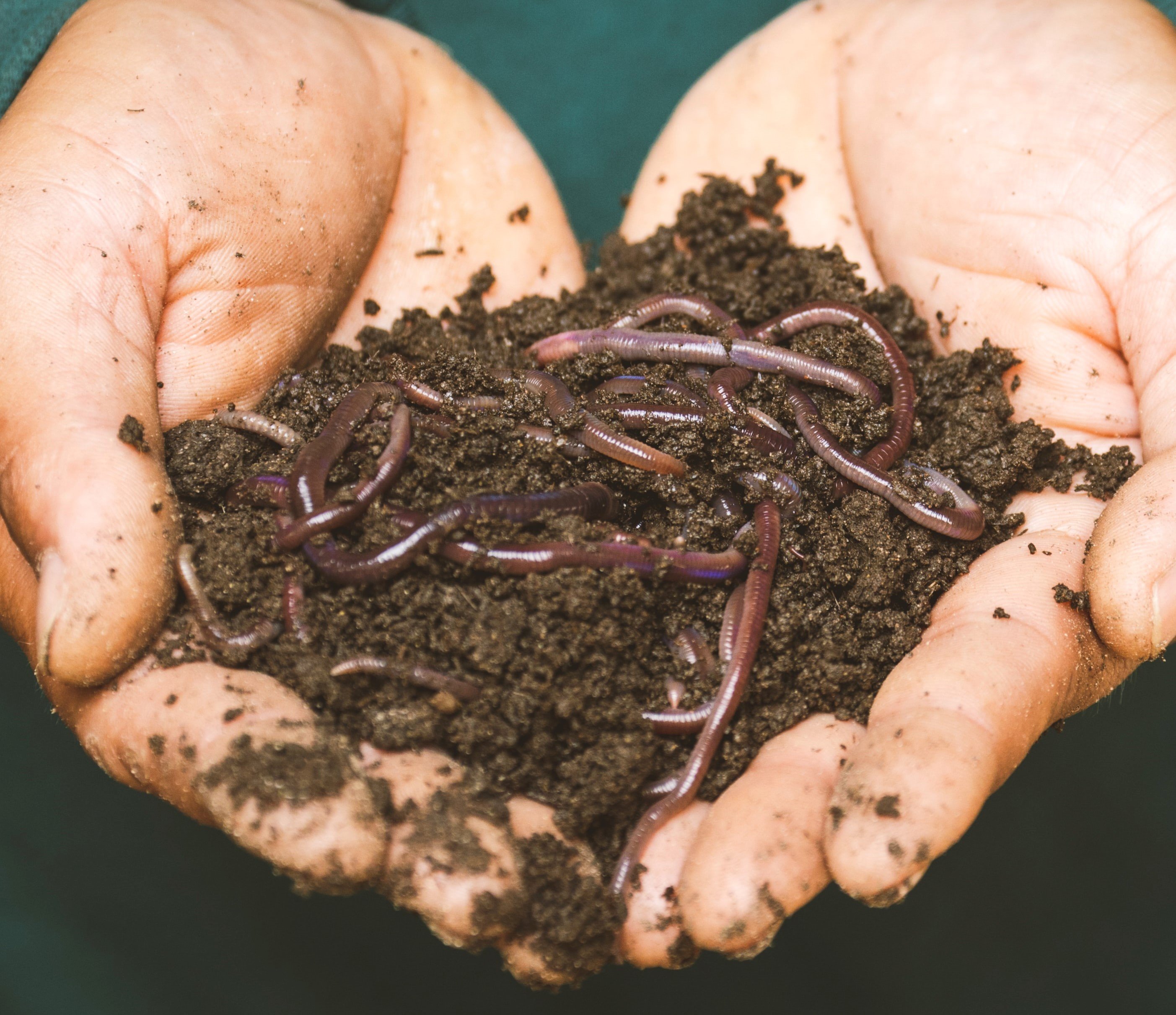
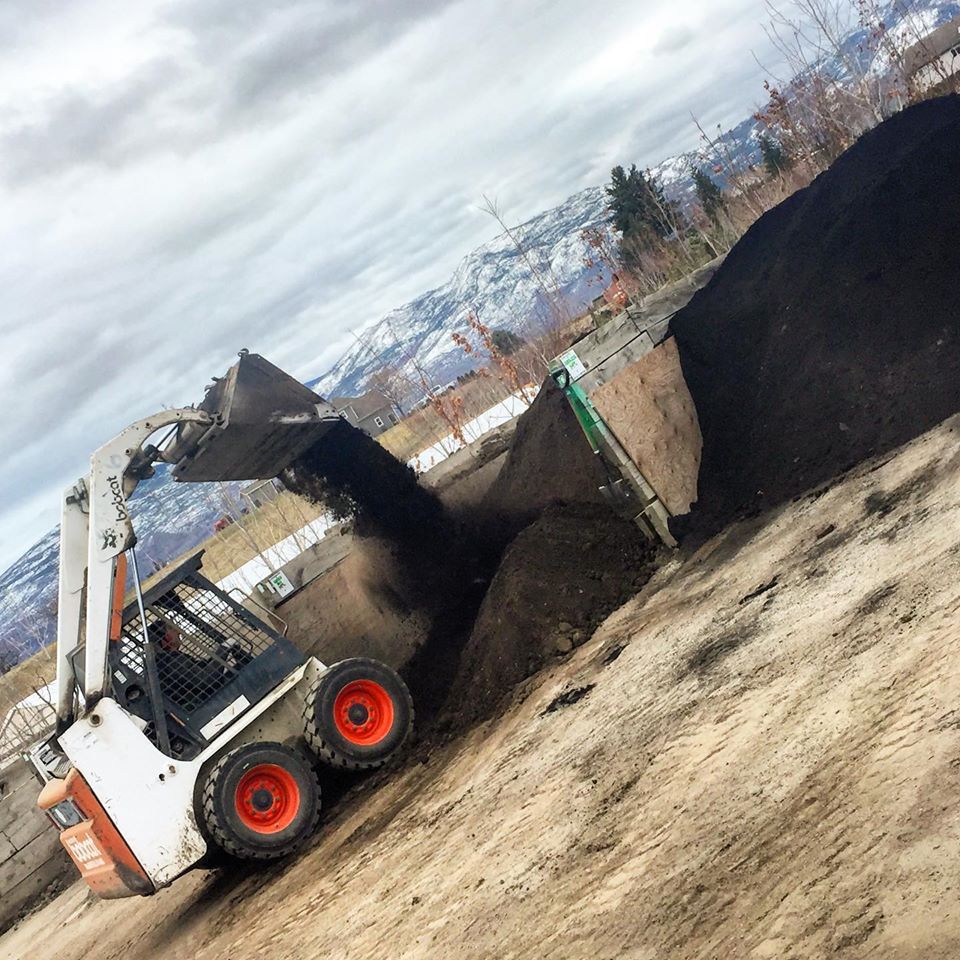
| |
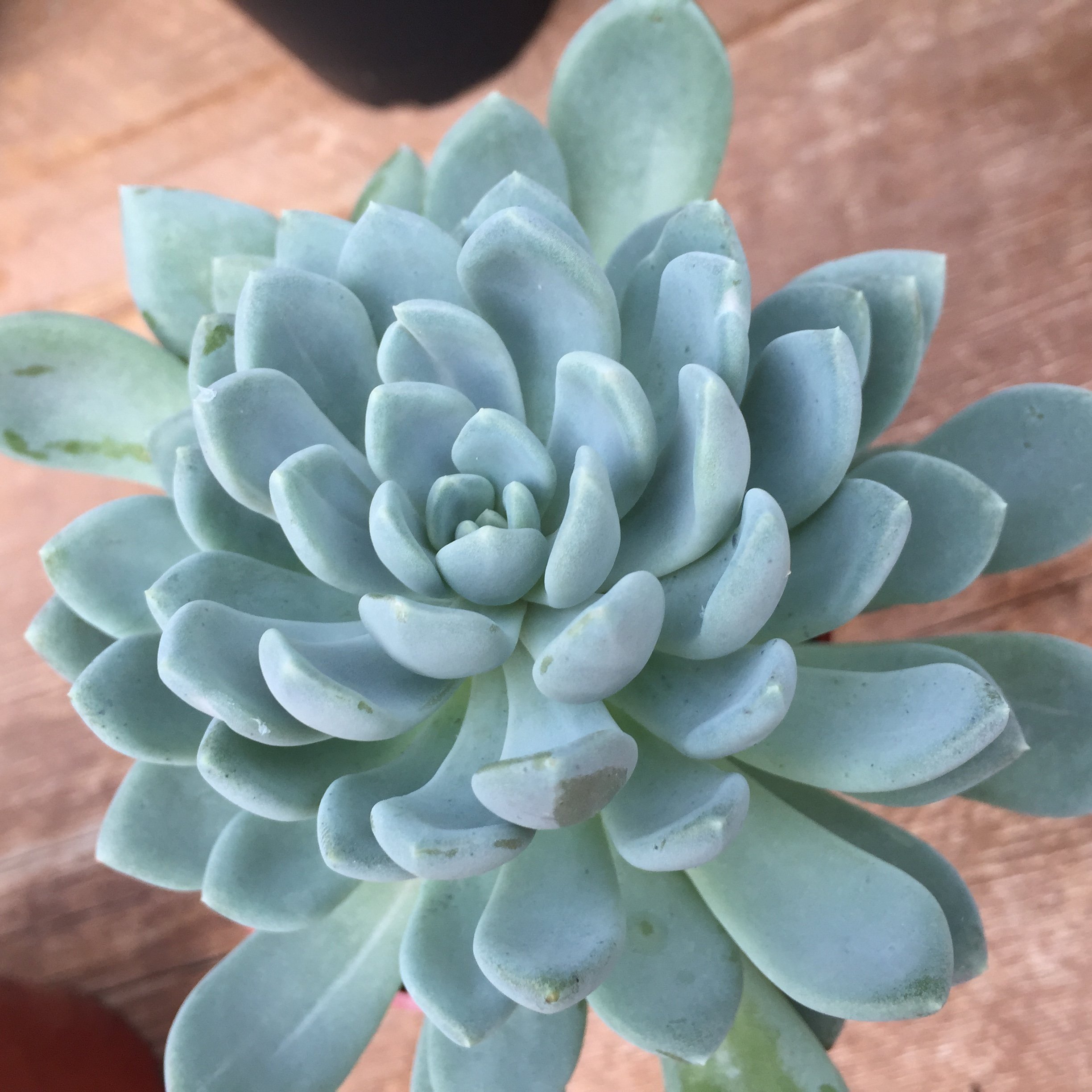
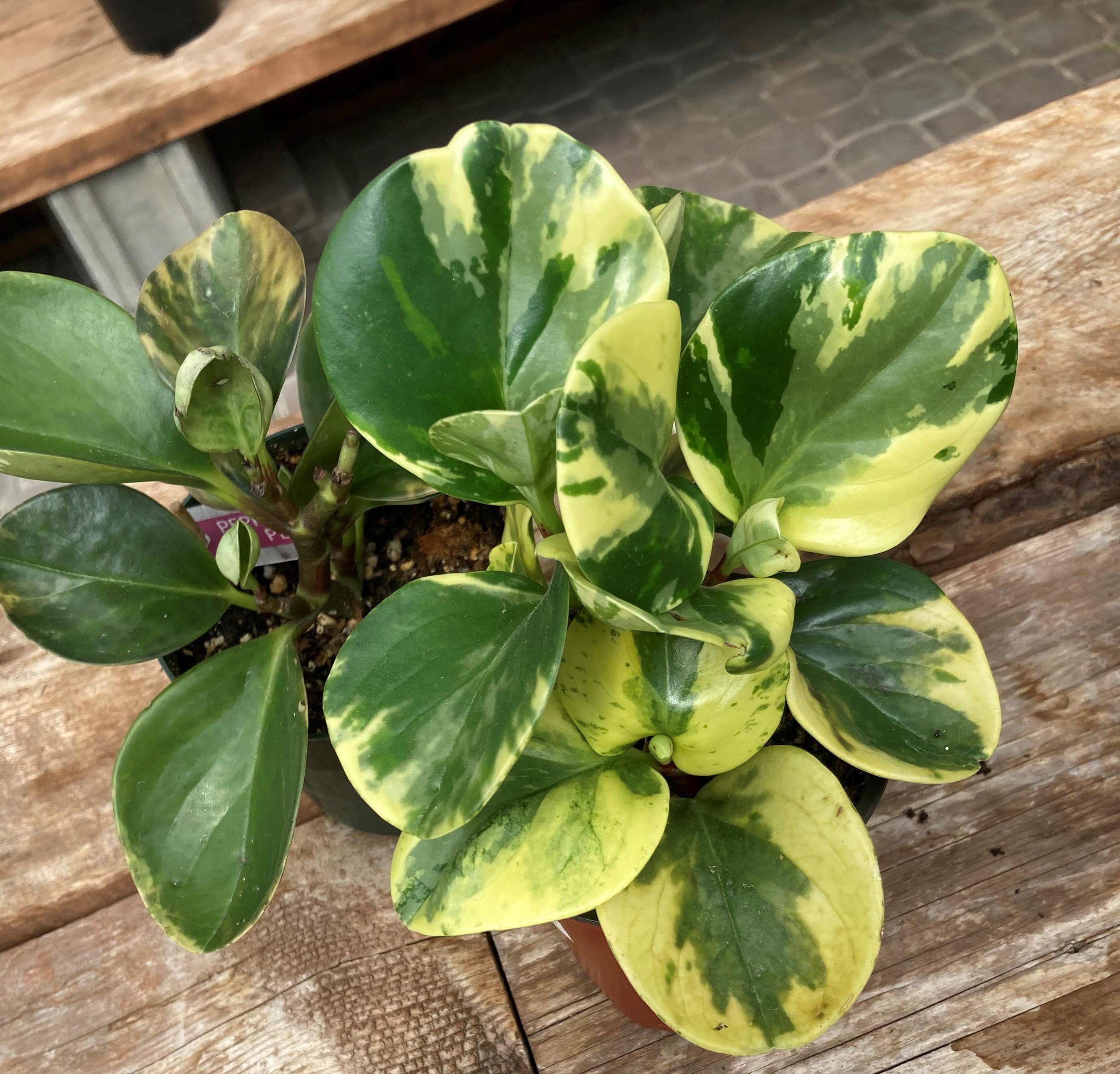
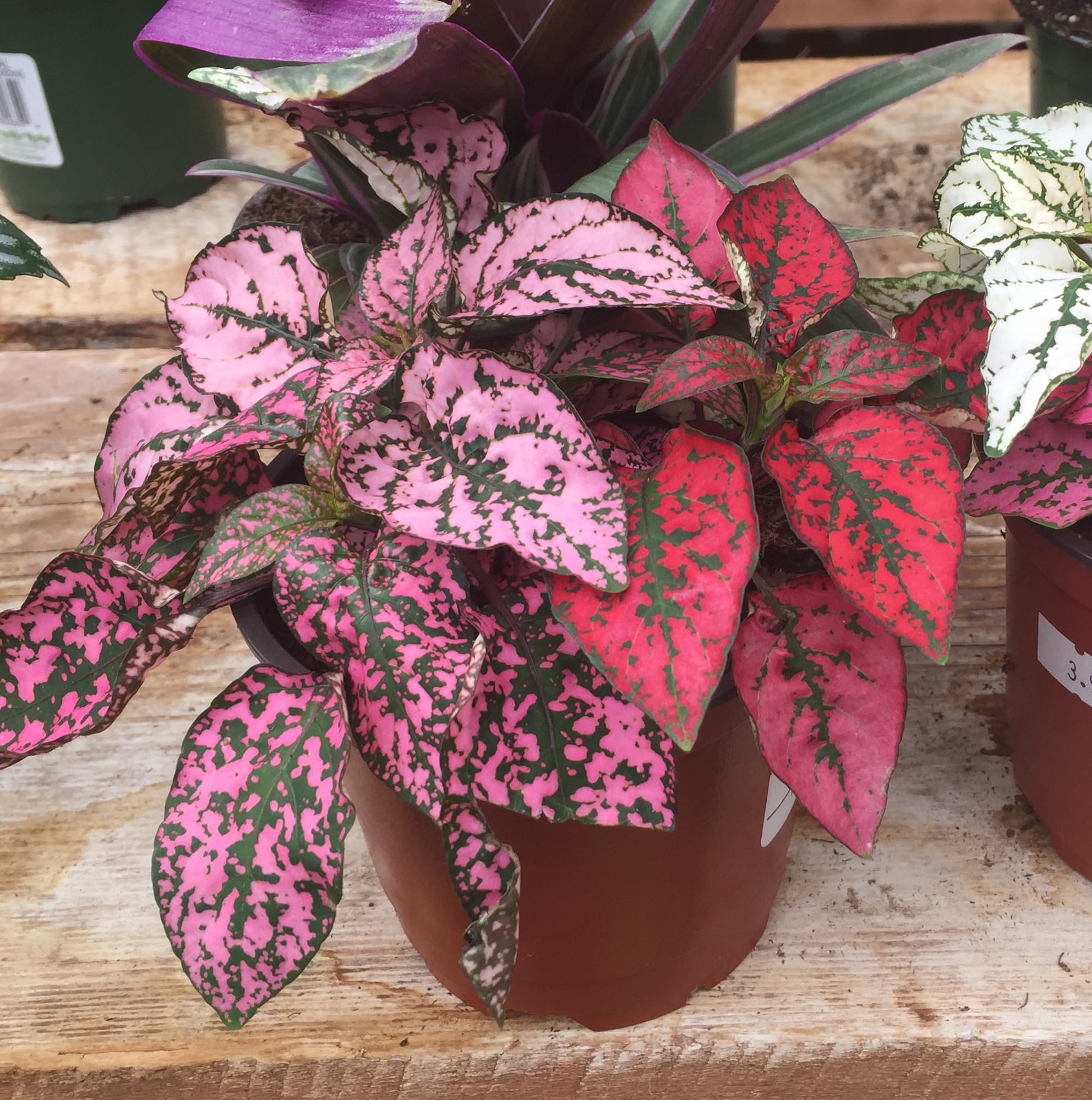
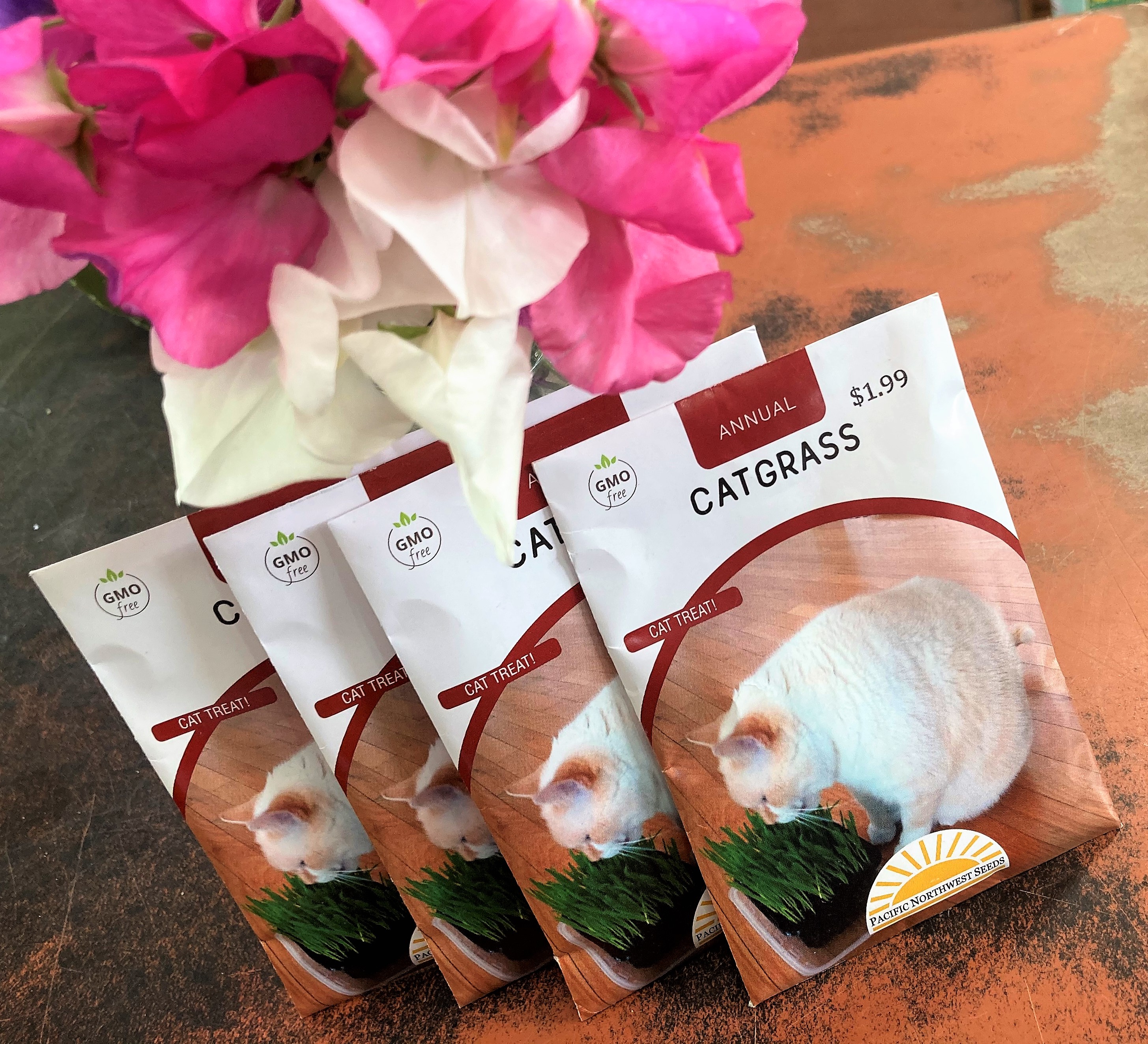
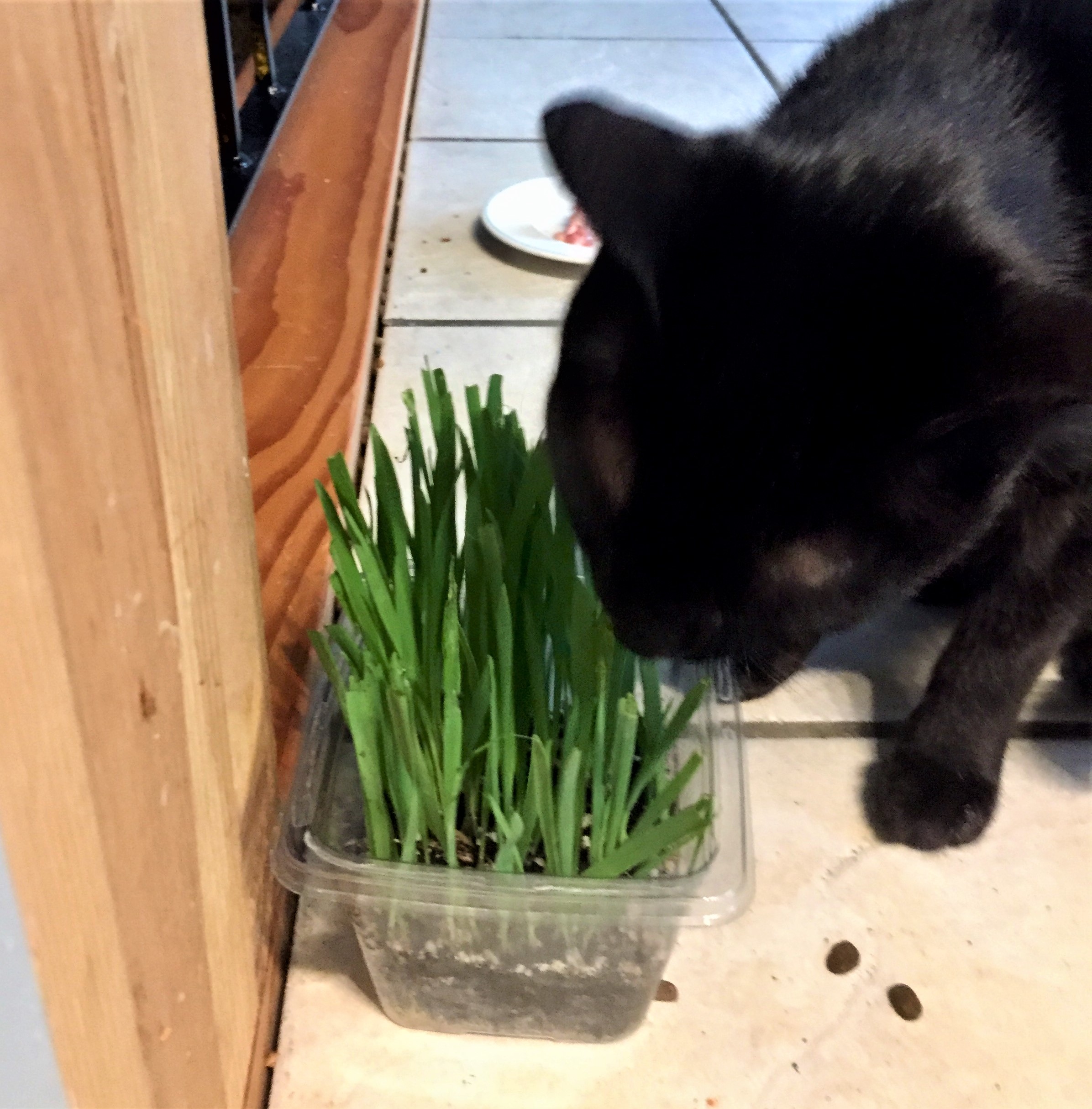
| |
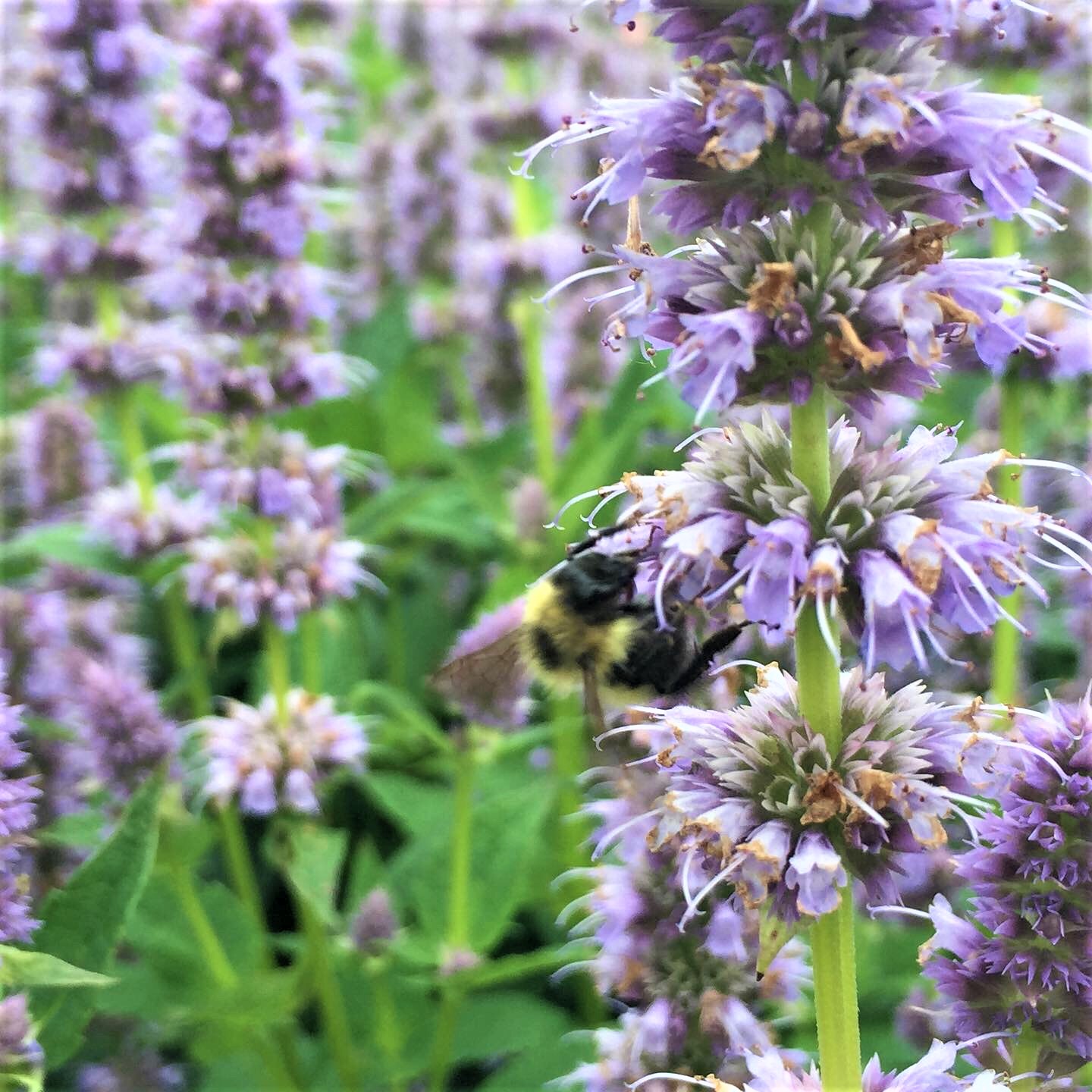
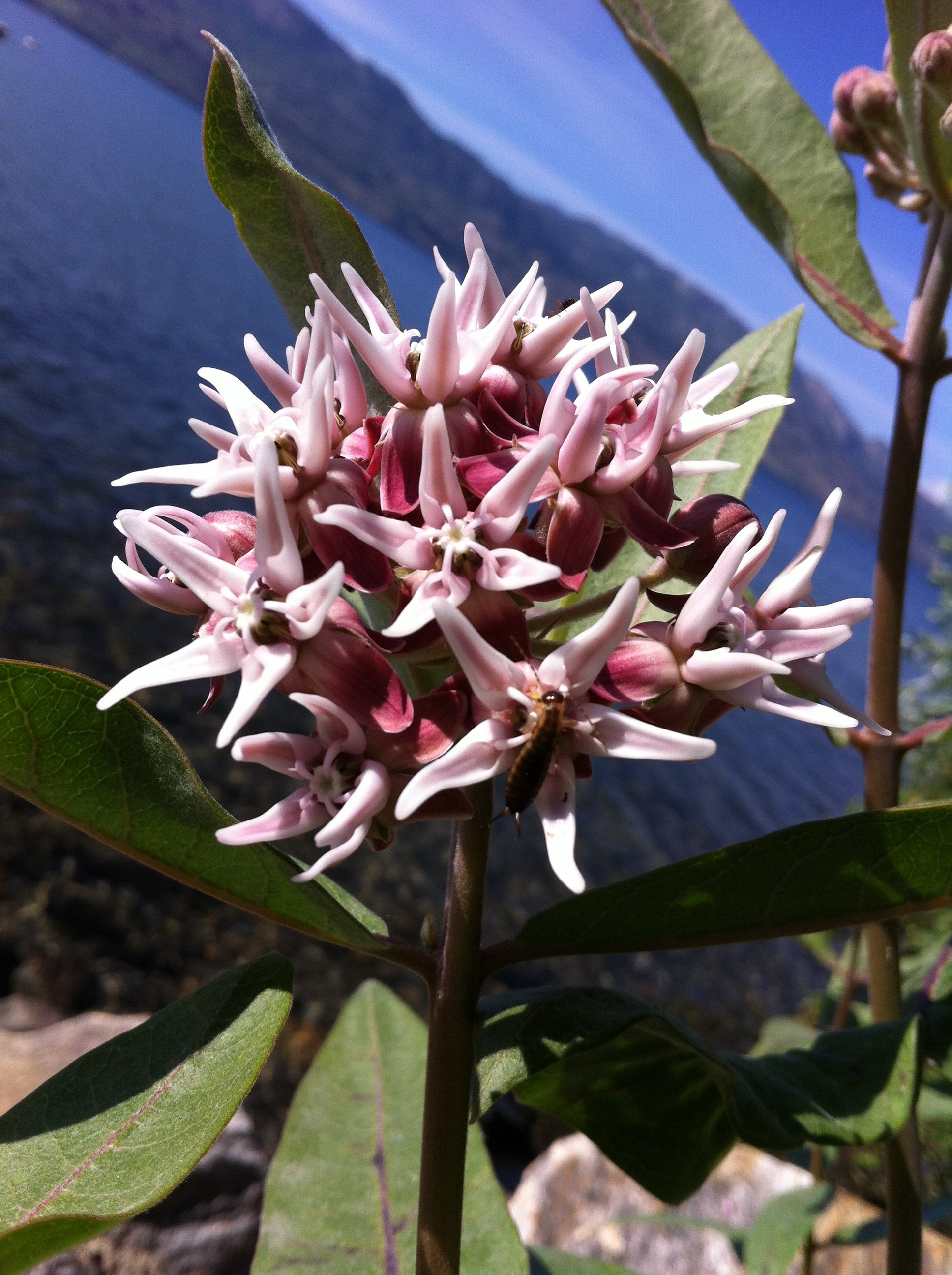
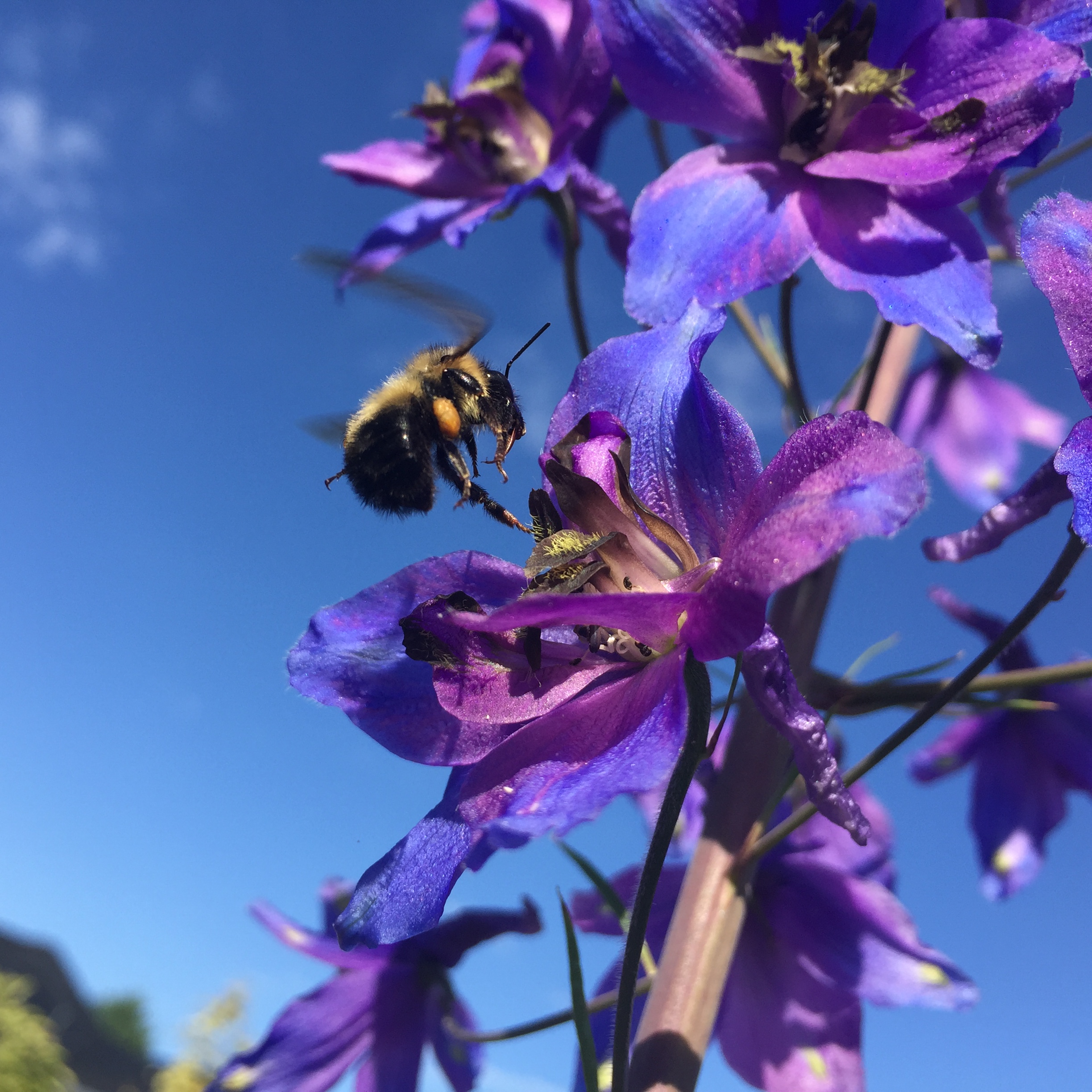
"When the flower blossoms, the bee will come "
Srikumar Rao
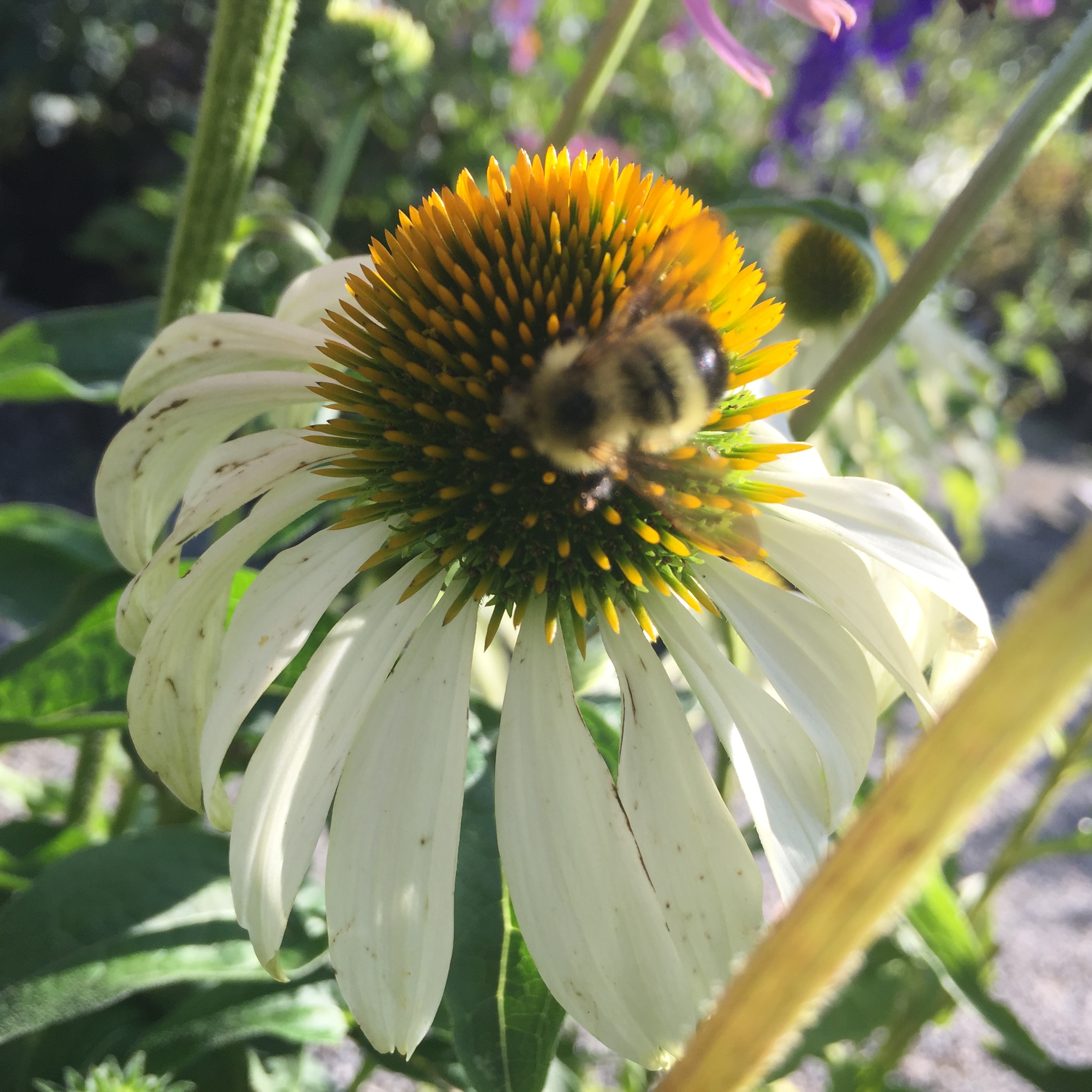
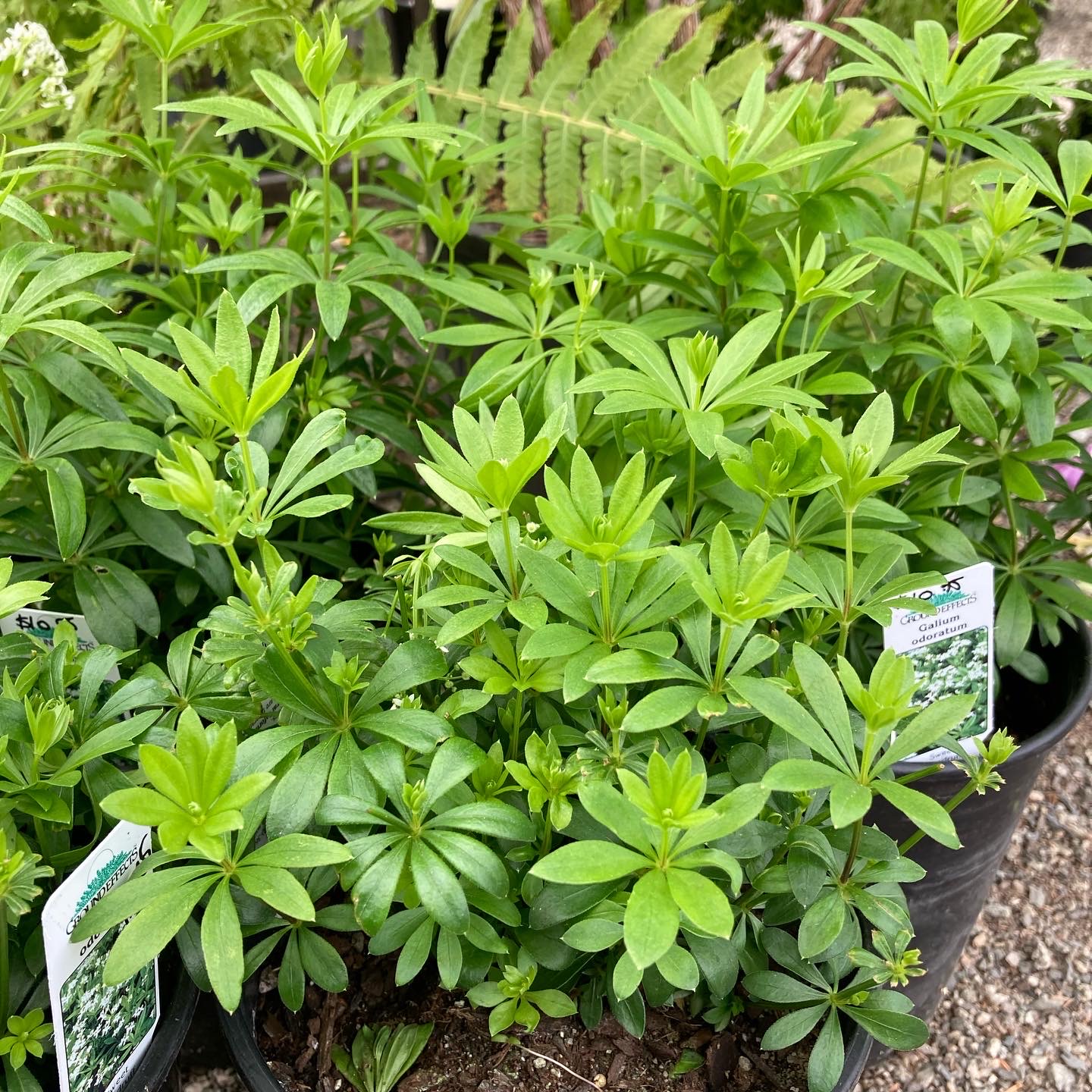
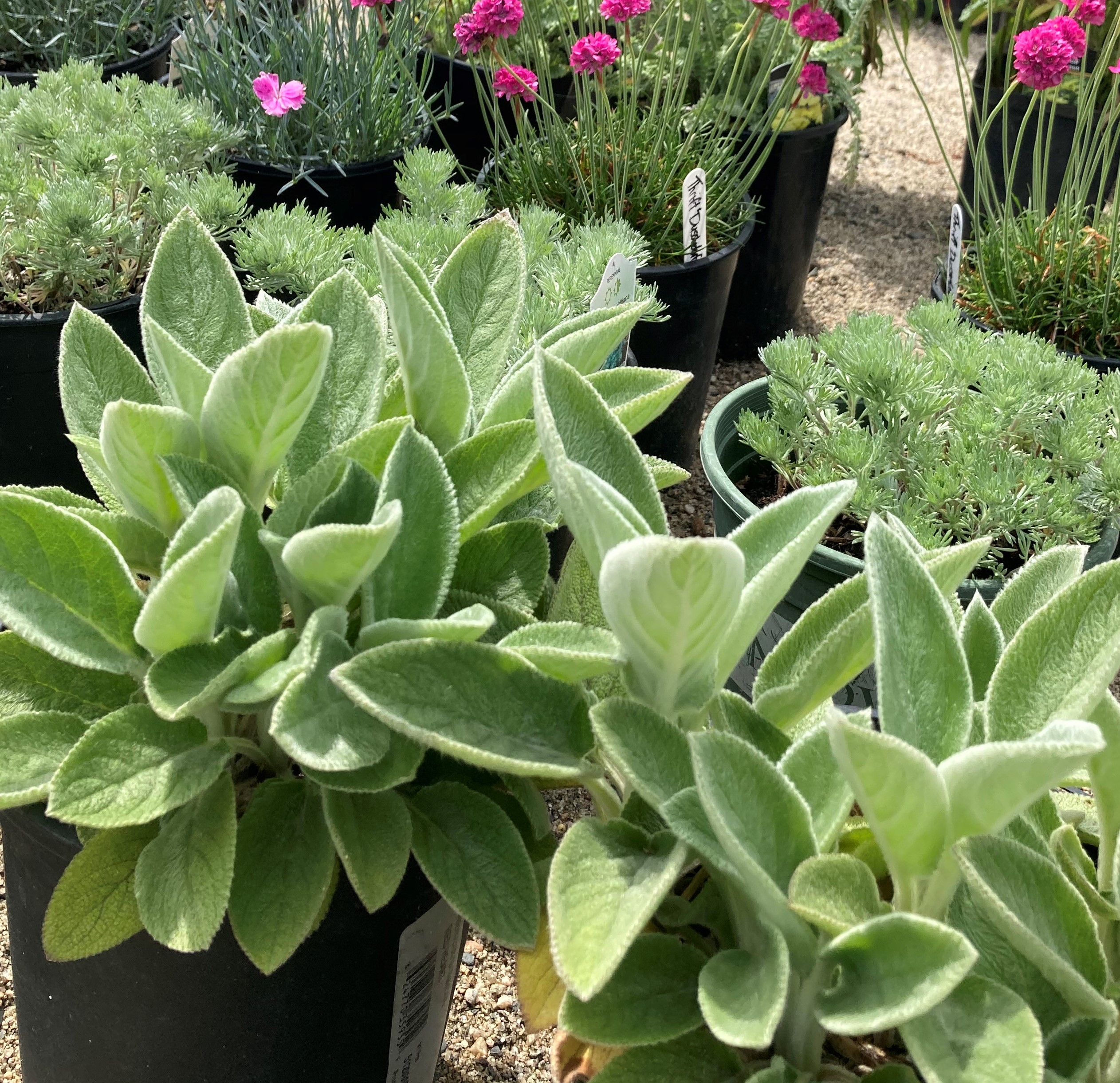
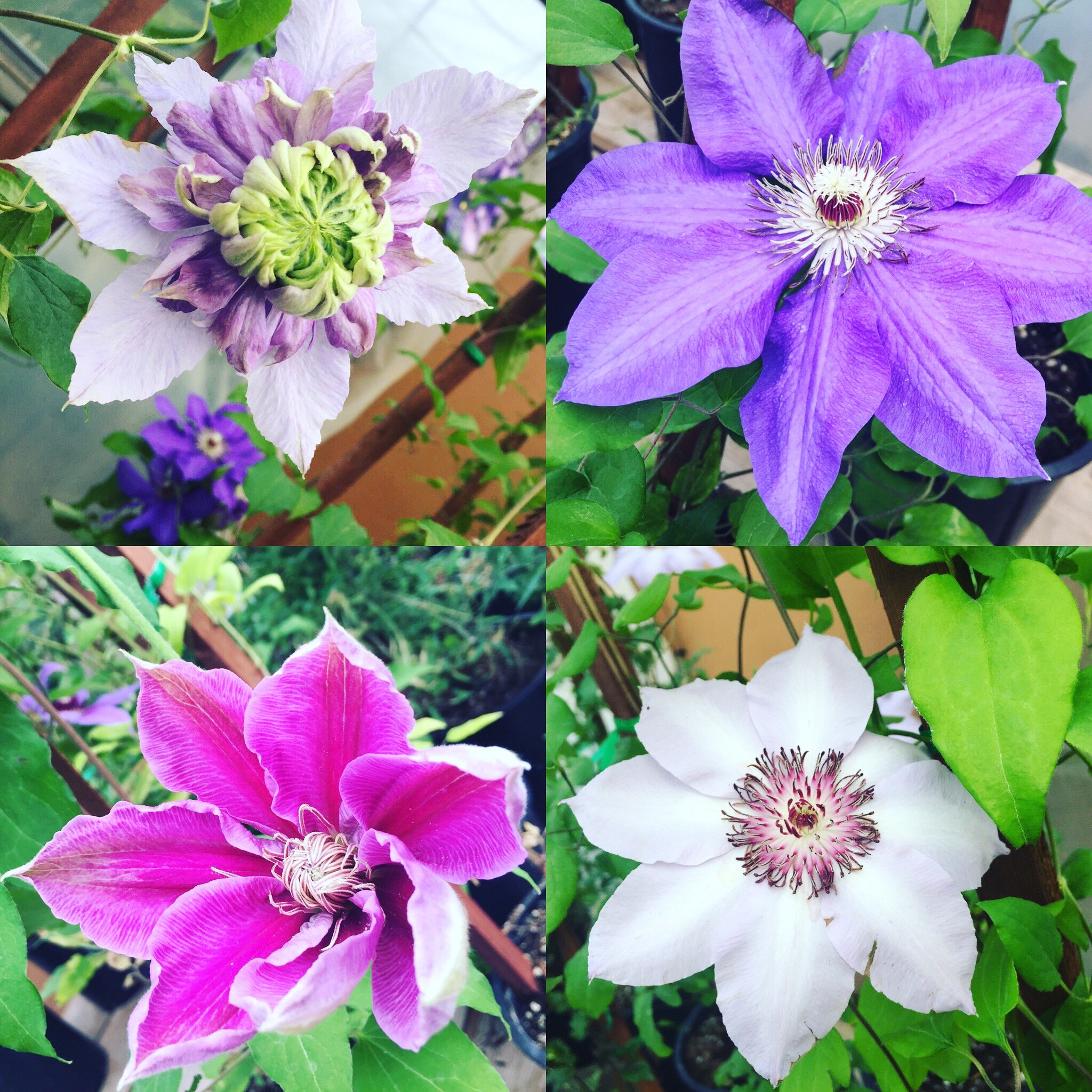
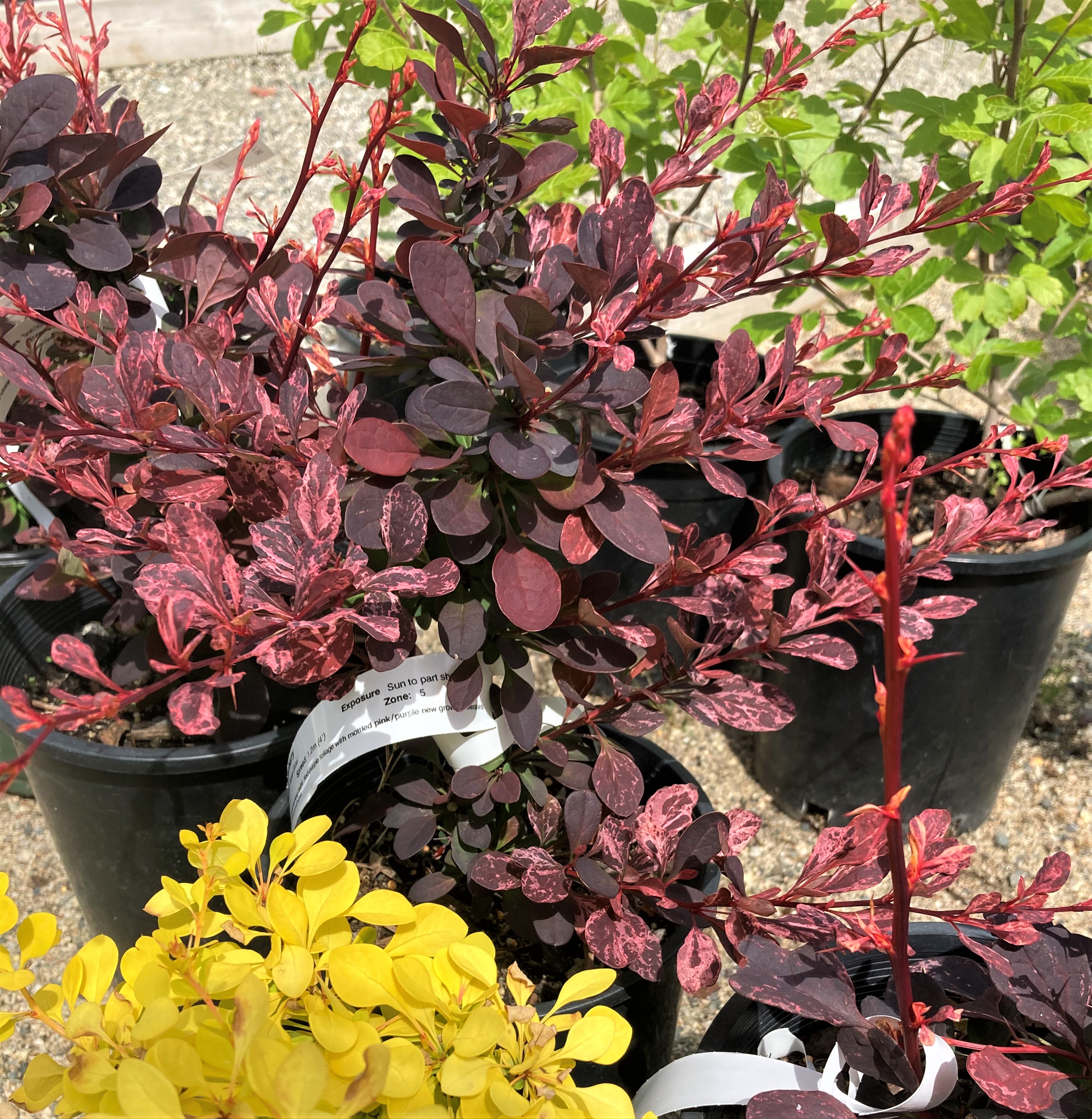
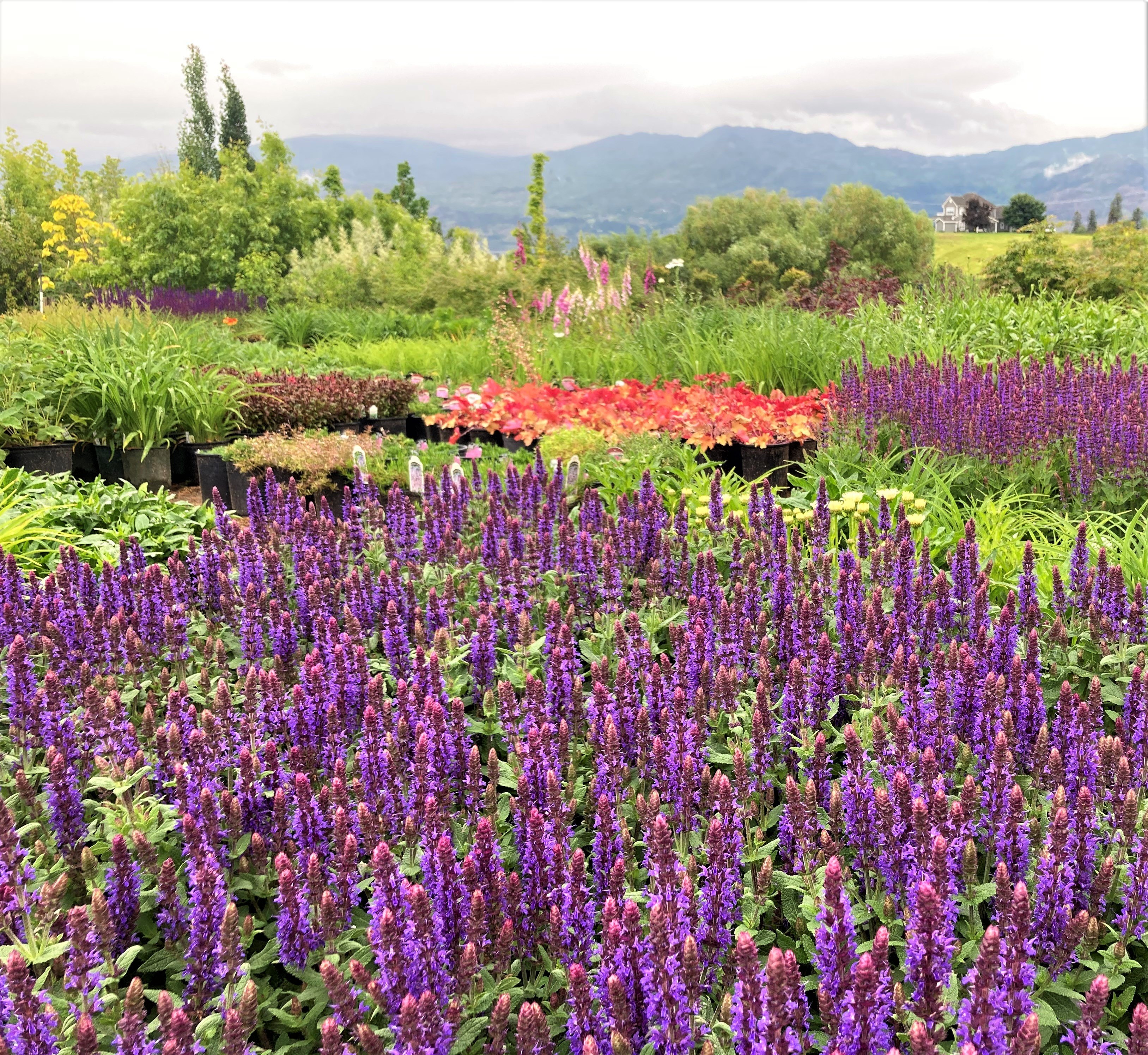
“My life is part humor, part roses, part thorns.”
– Bret Michaels
| |


| |
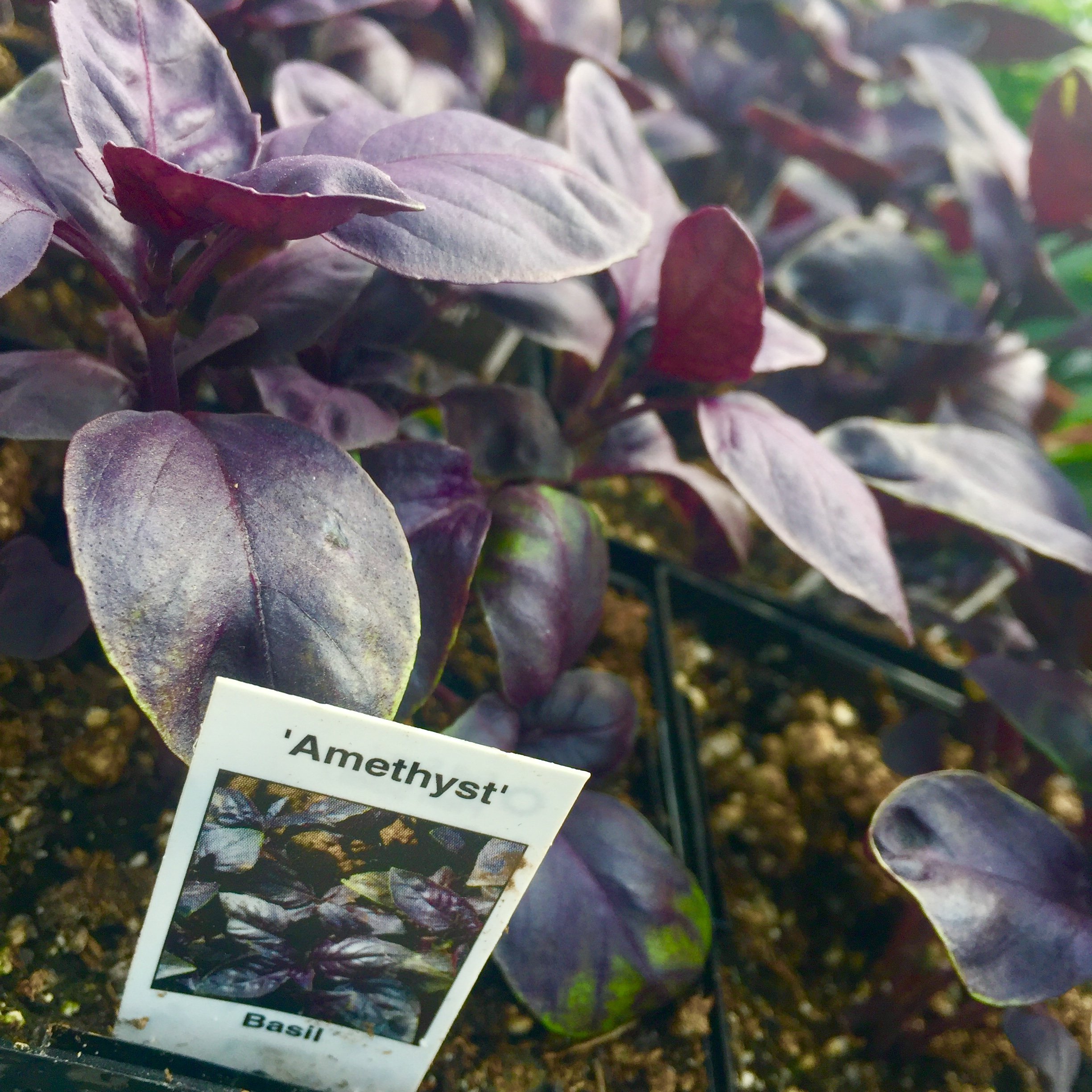
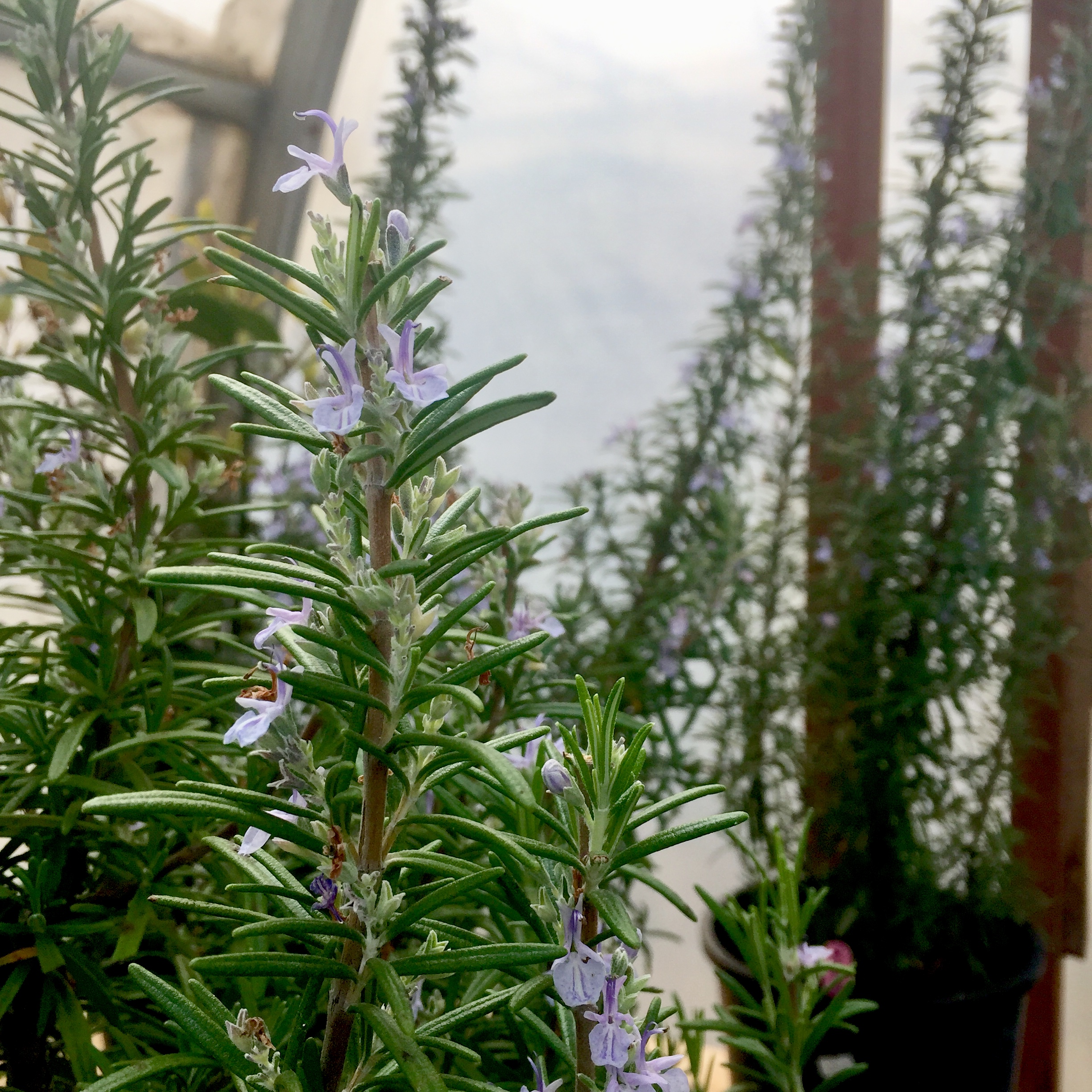
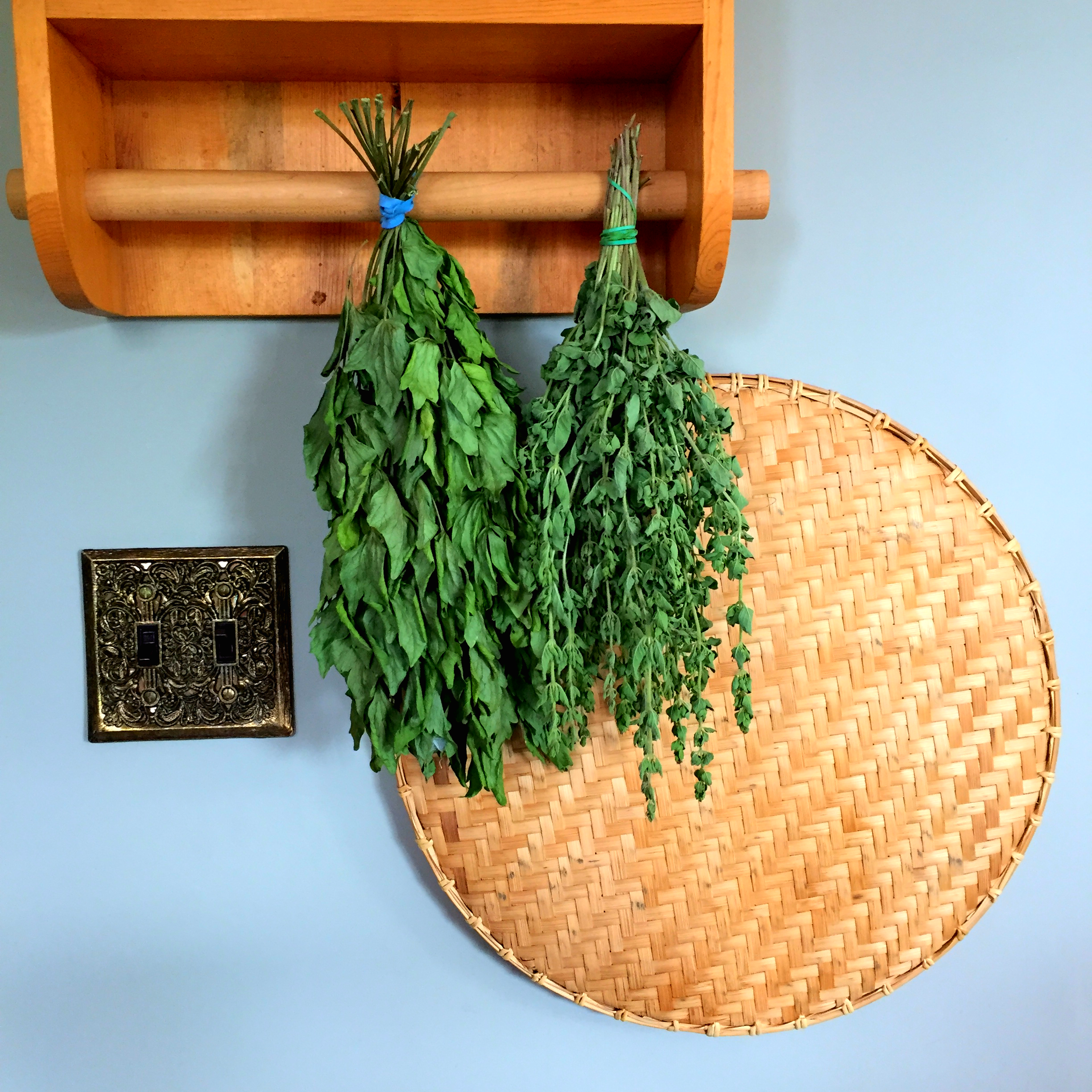
"Herbs are the friend of the physician and the pride of cooks. "
Charlemagne
| |
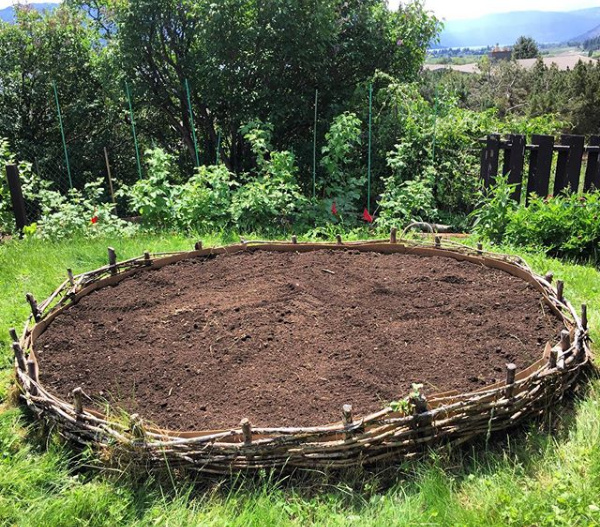
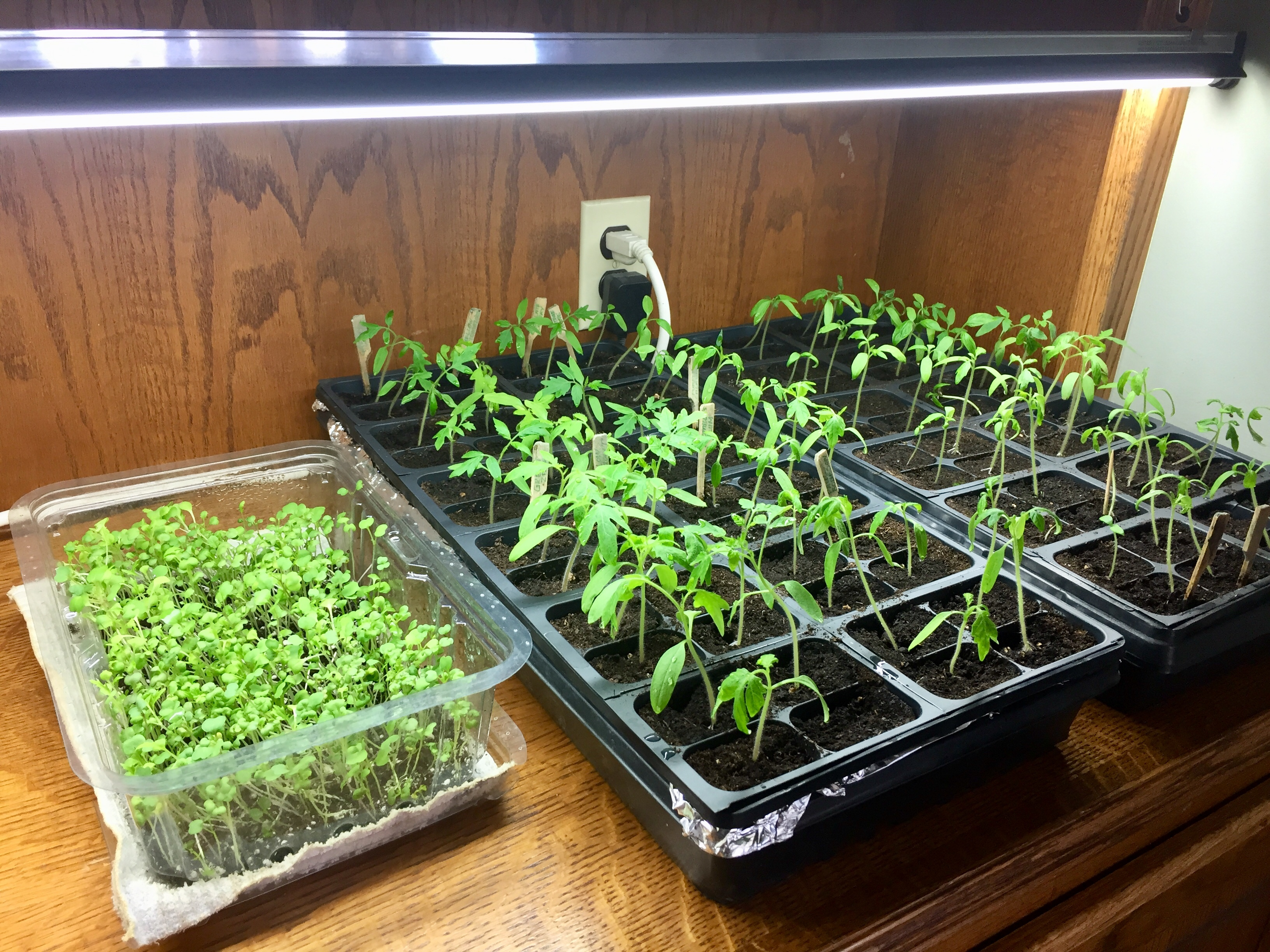
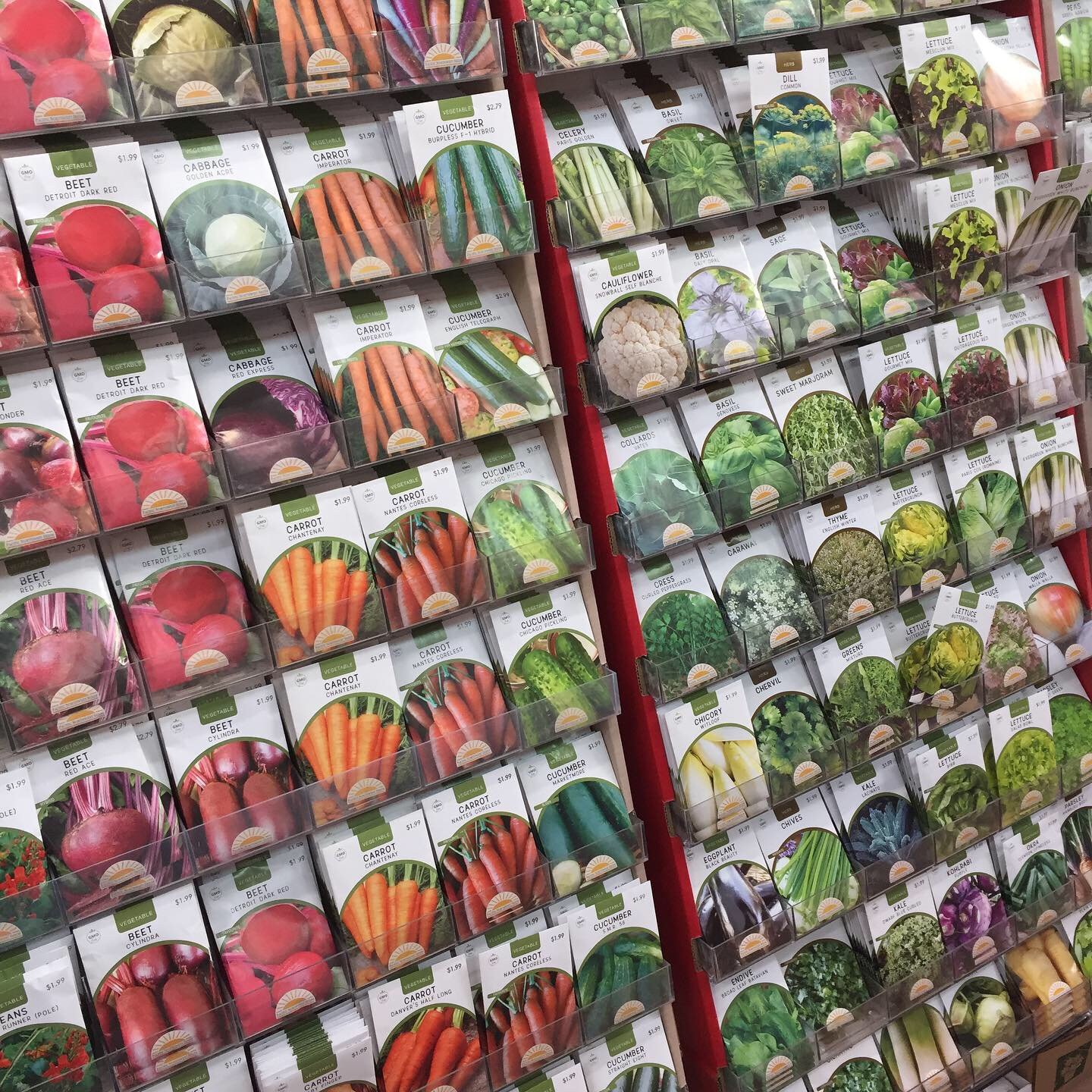

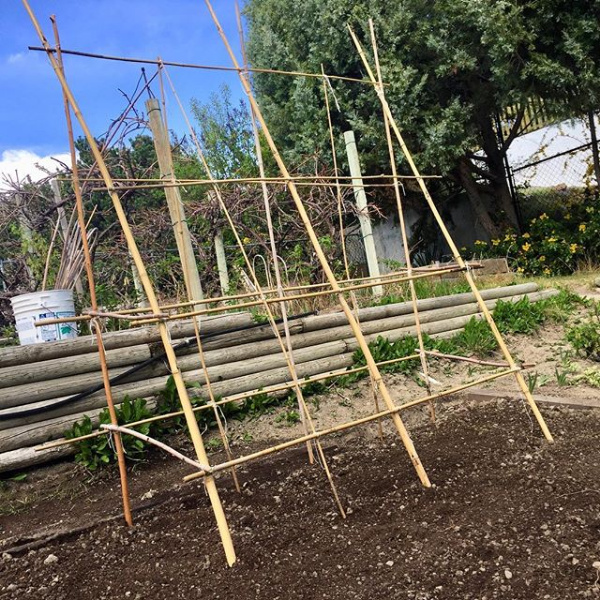
"Why try to explain miracles to your kids when you can just have them plant a garden." Robert Breault
| |
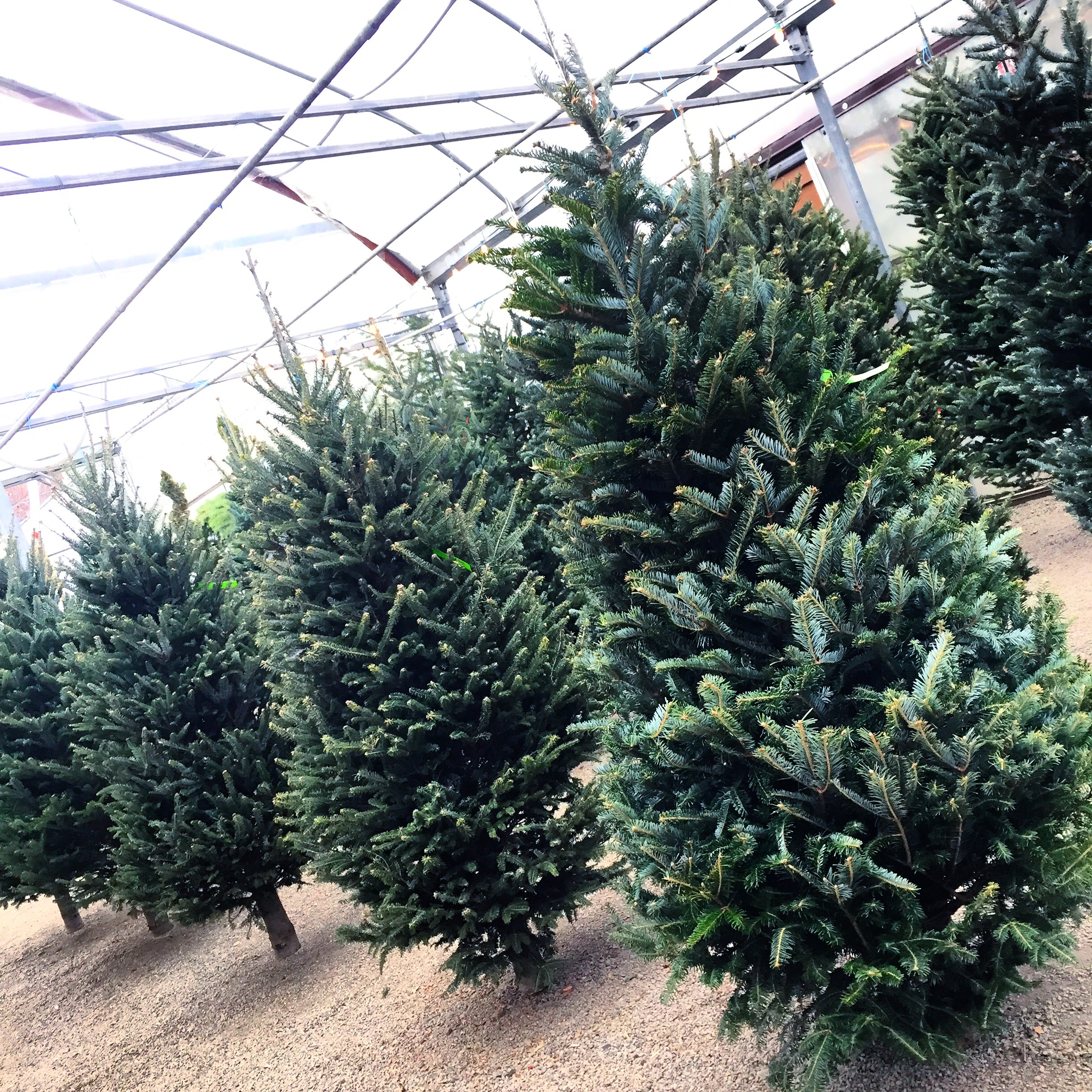

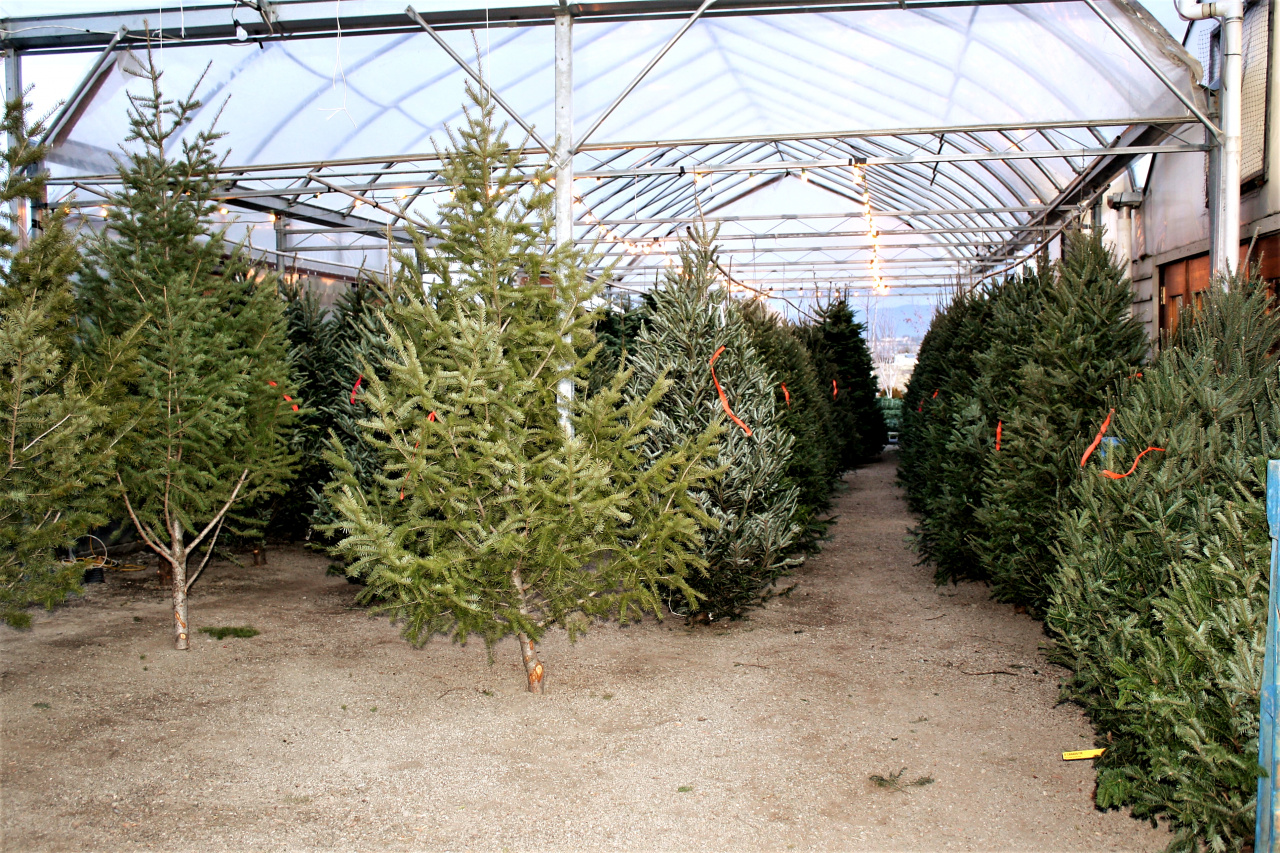
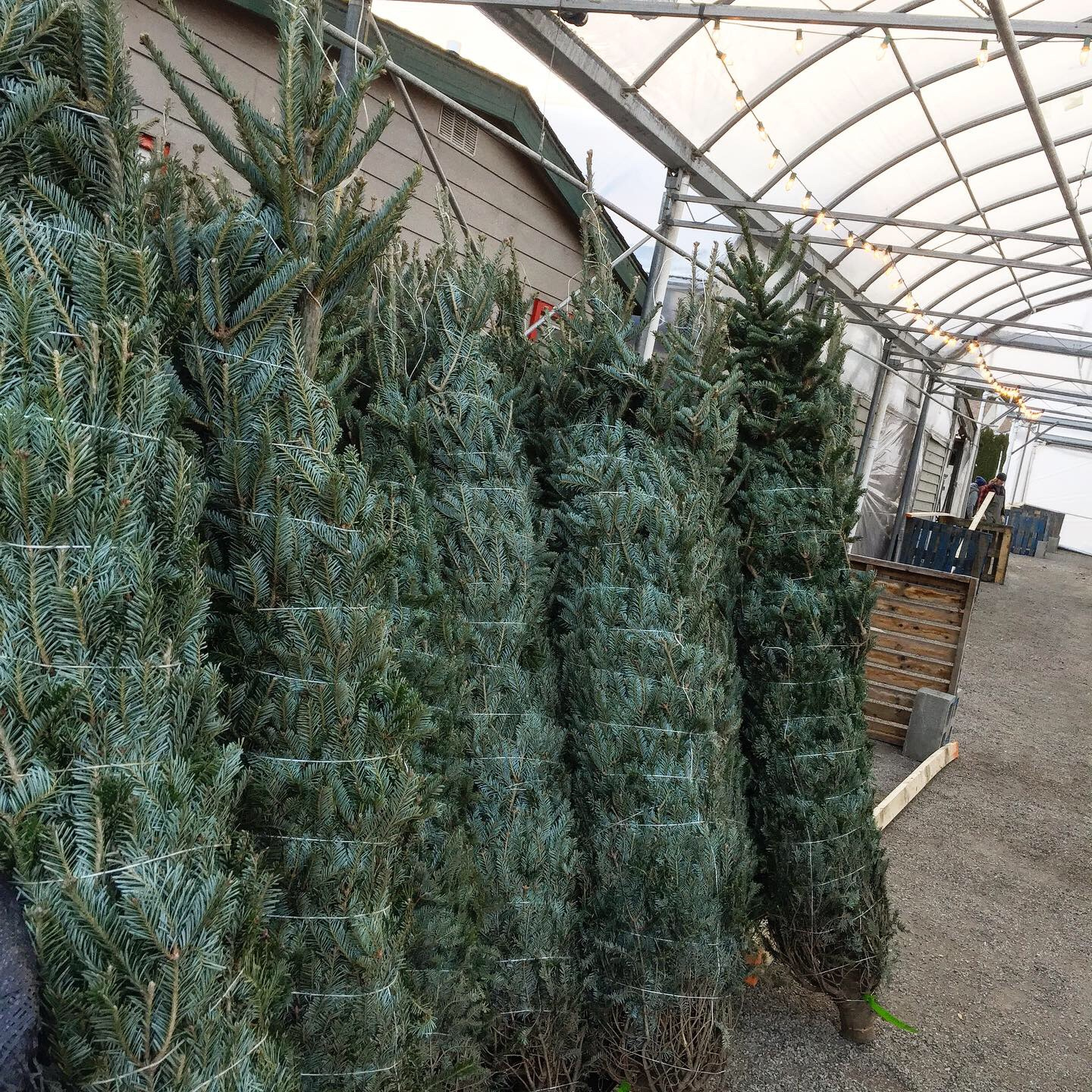
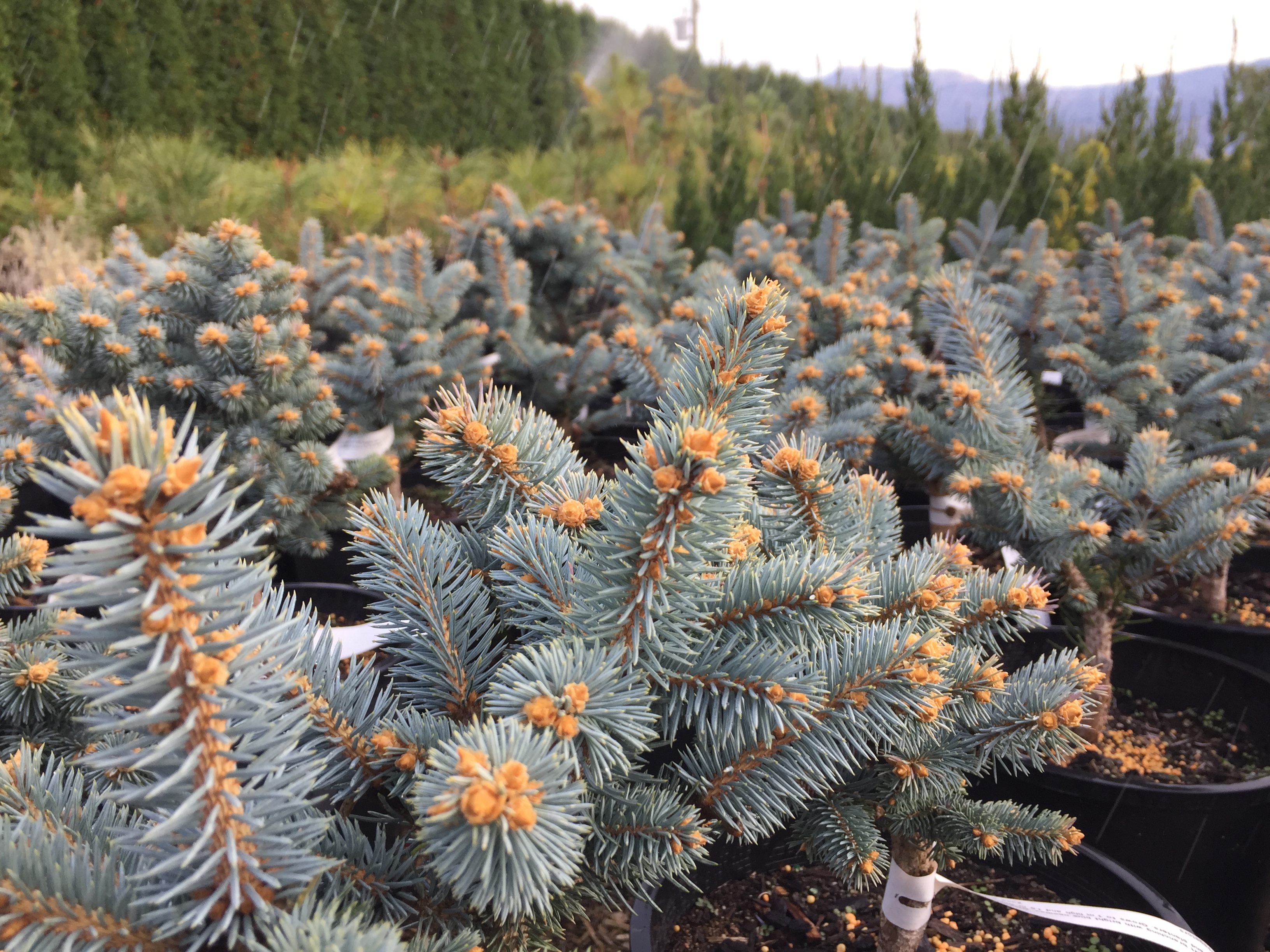
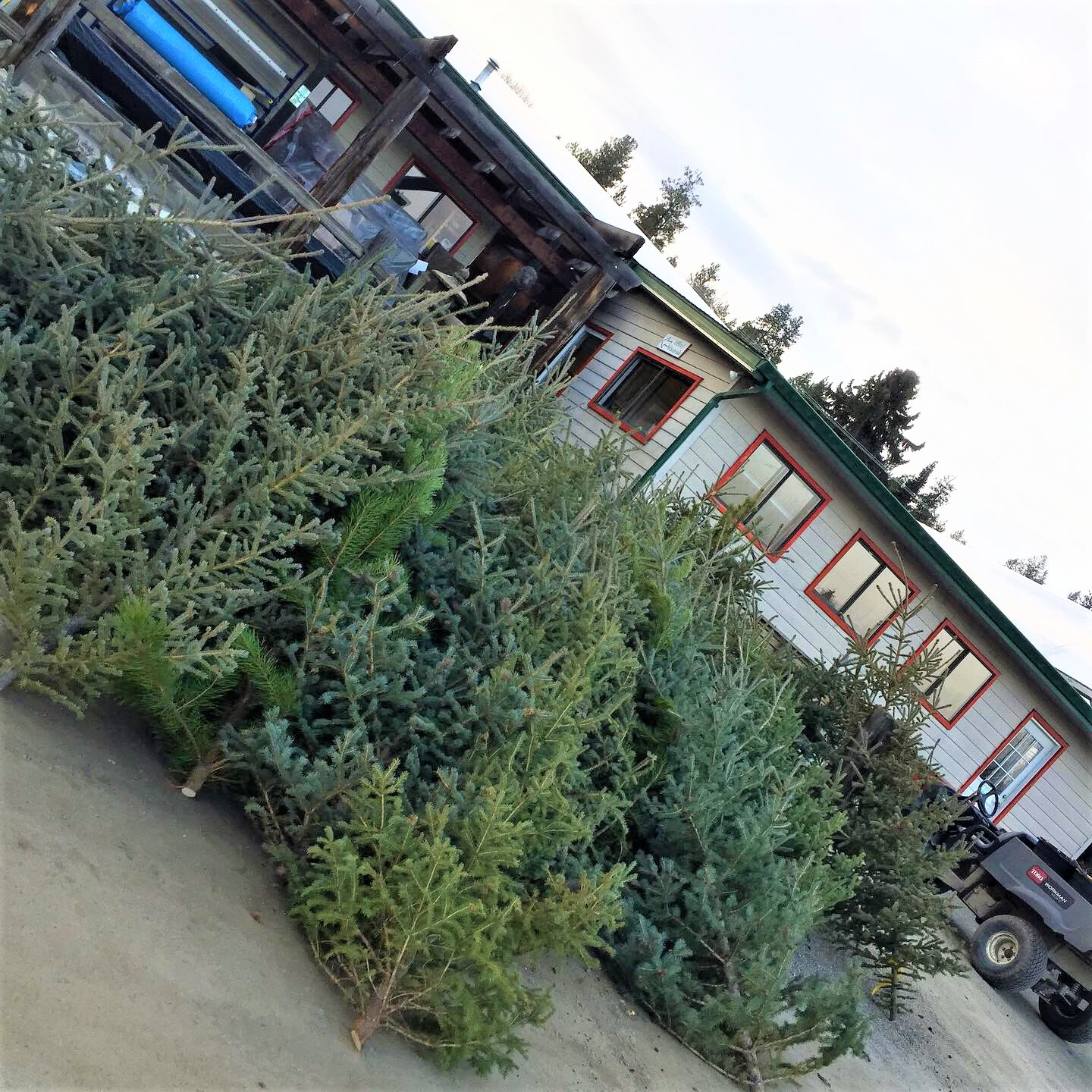

| |
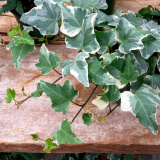
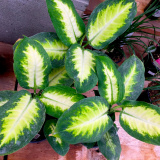
| |
"Gardens are not made by singing ‘Oh, how beautiful,’ and sitting in the shade." –Rudyard Kipling





"All gardening is landscape painting." William Kent
